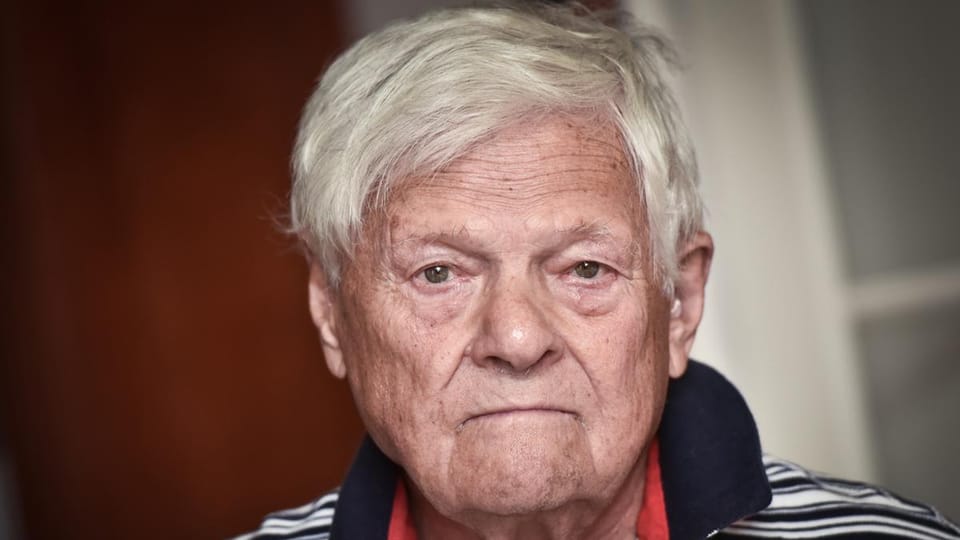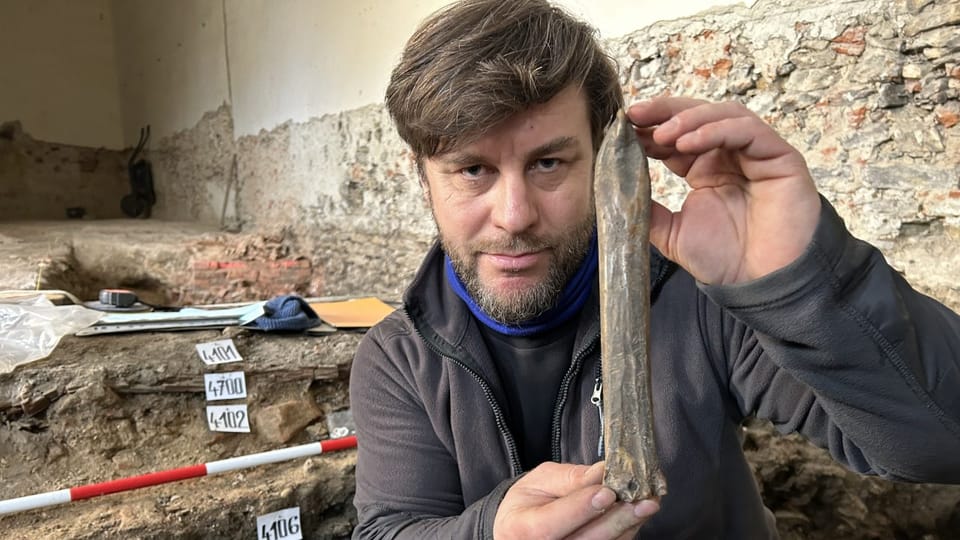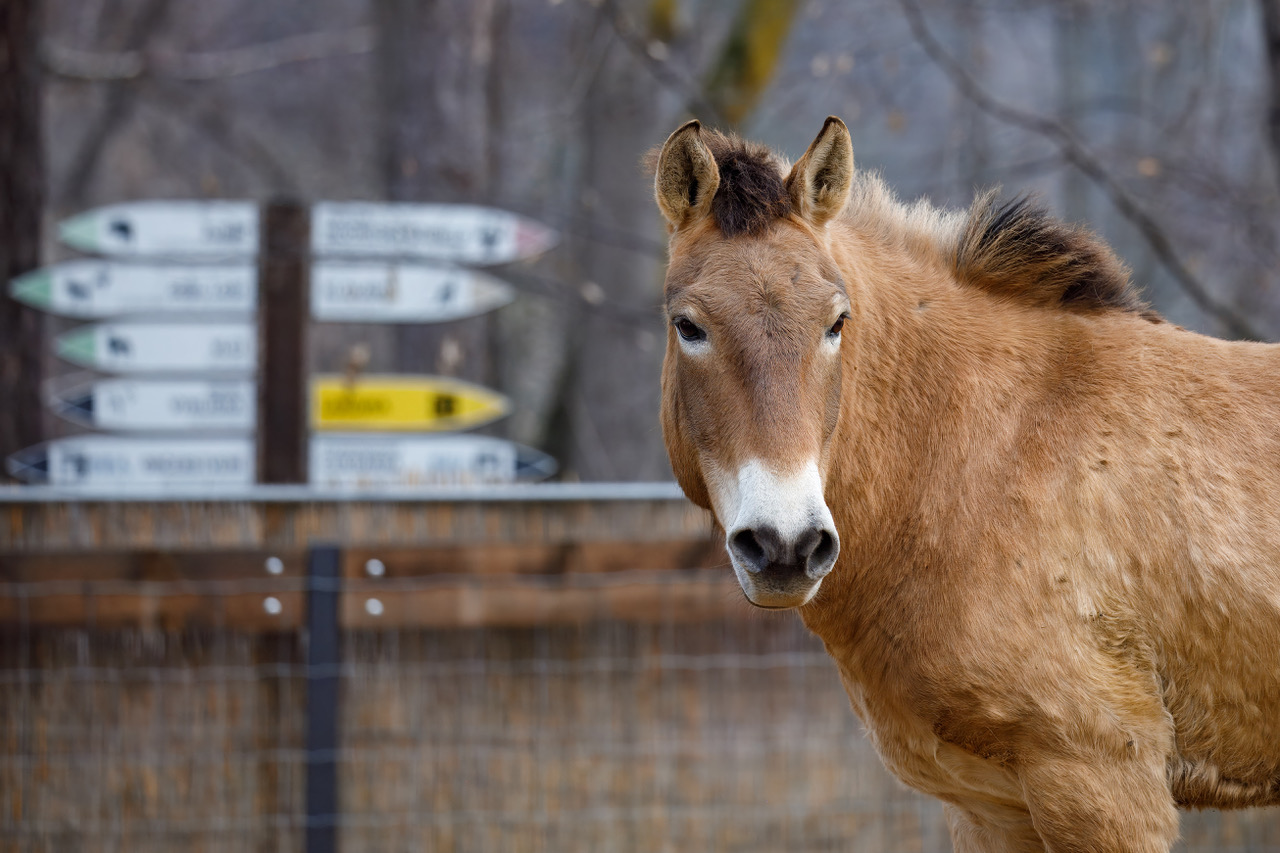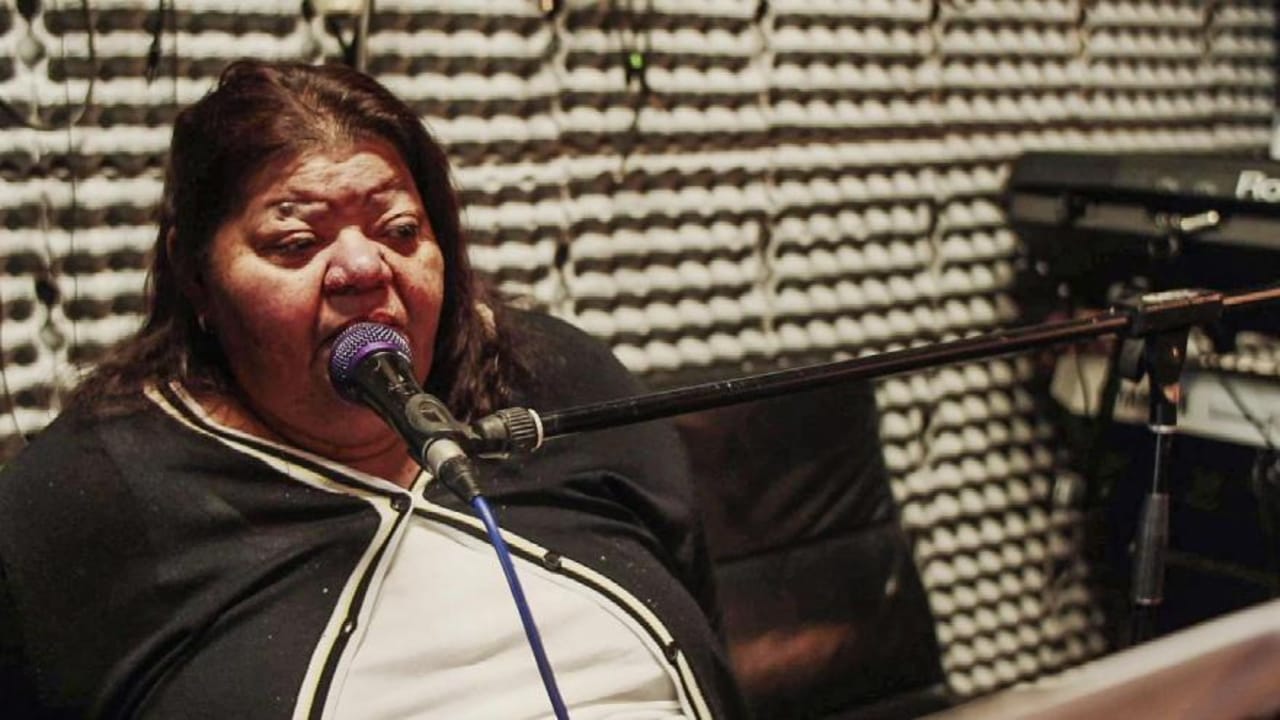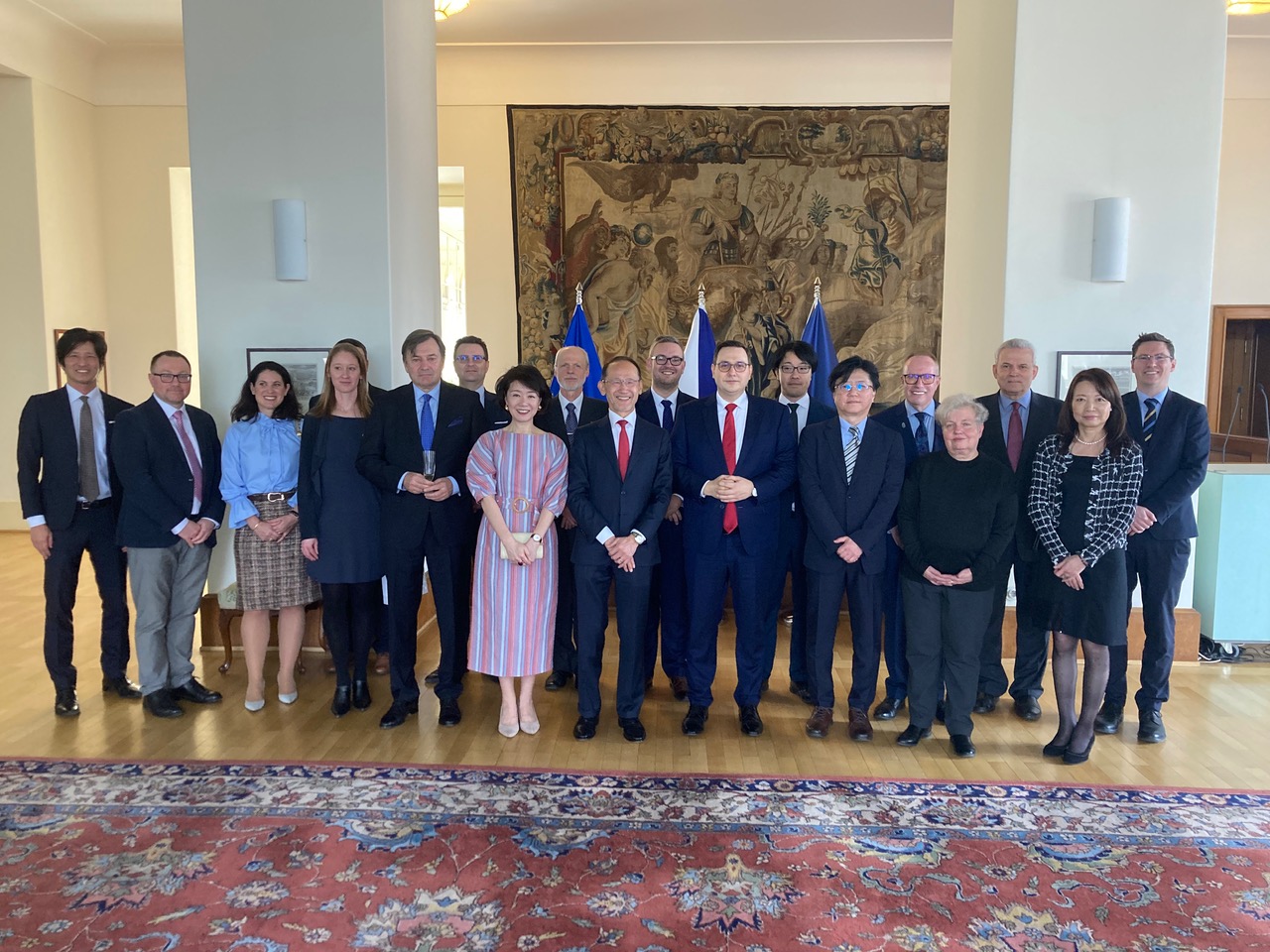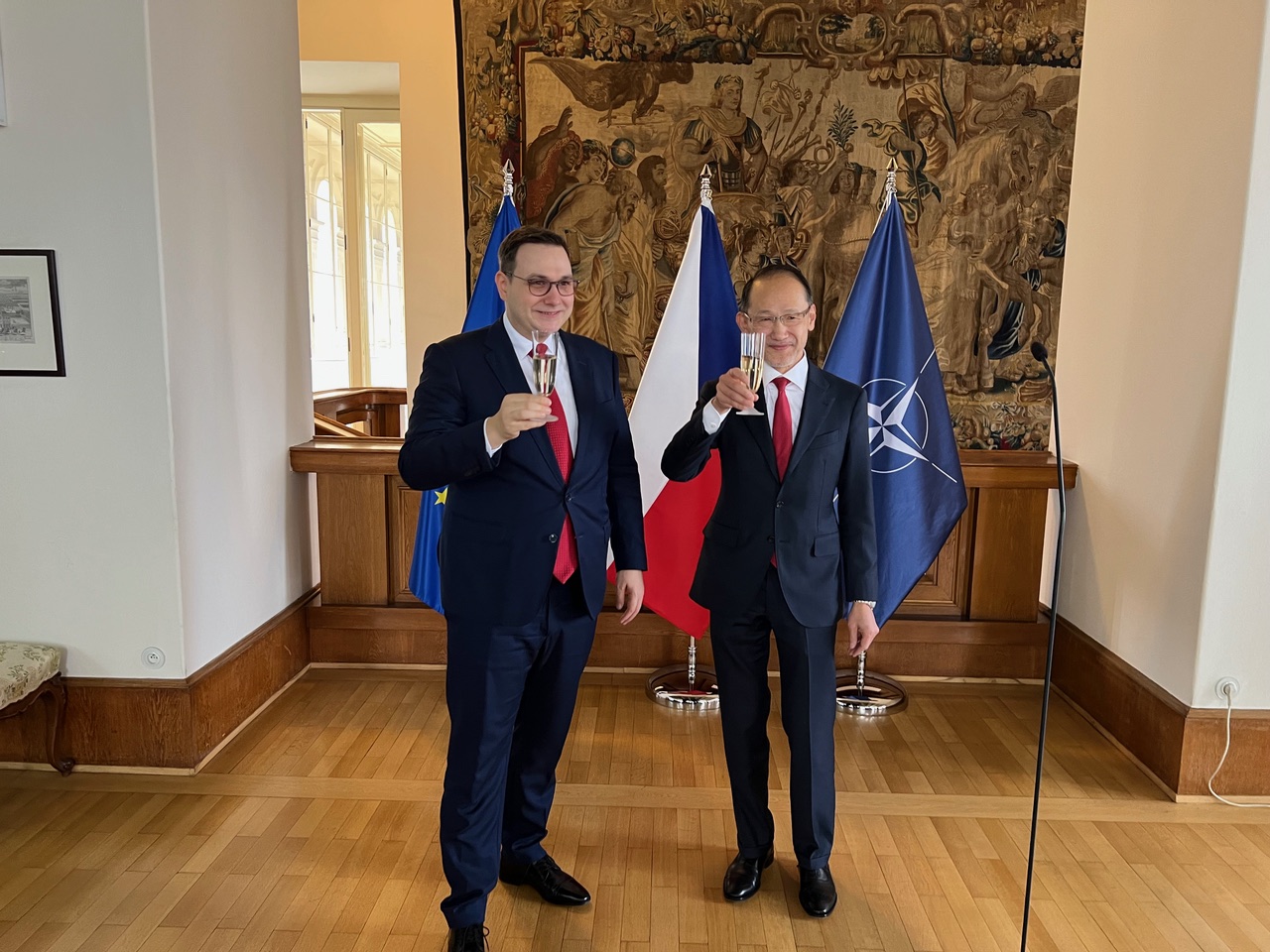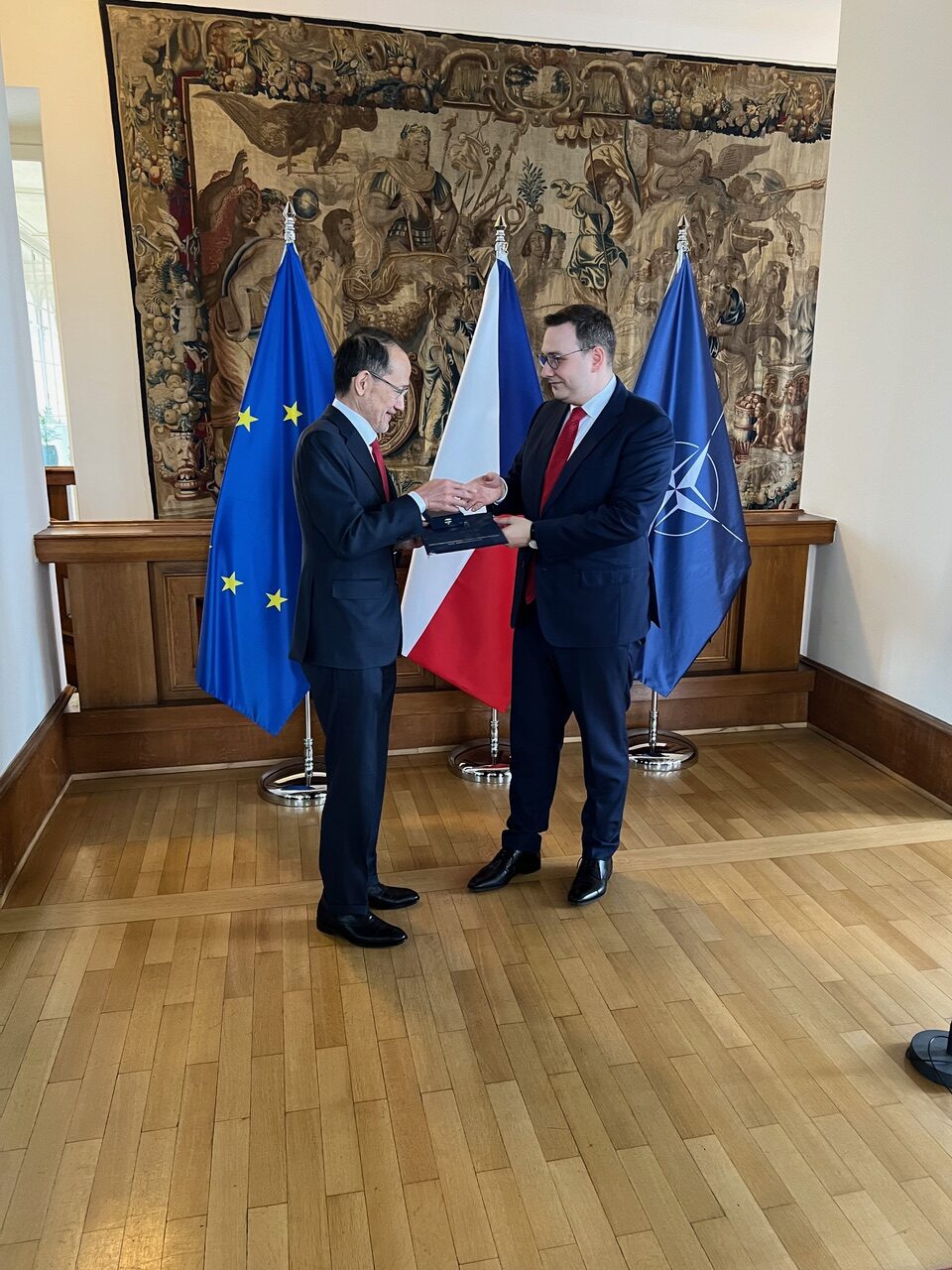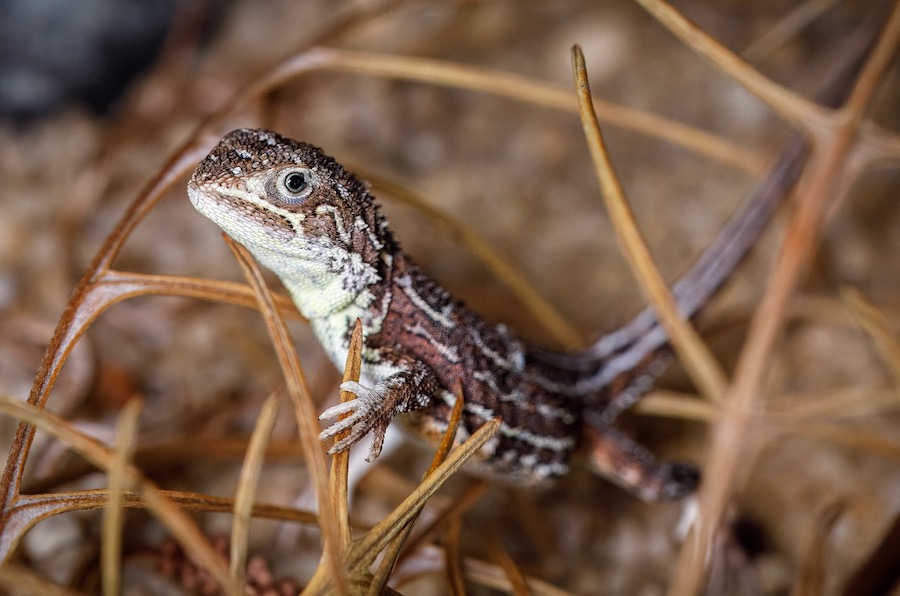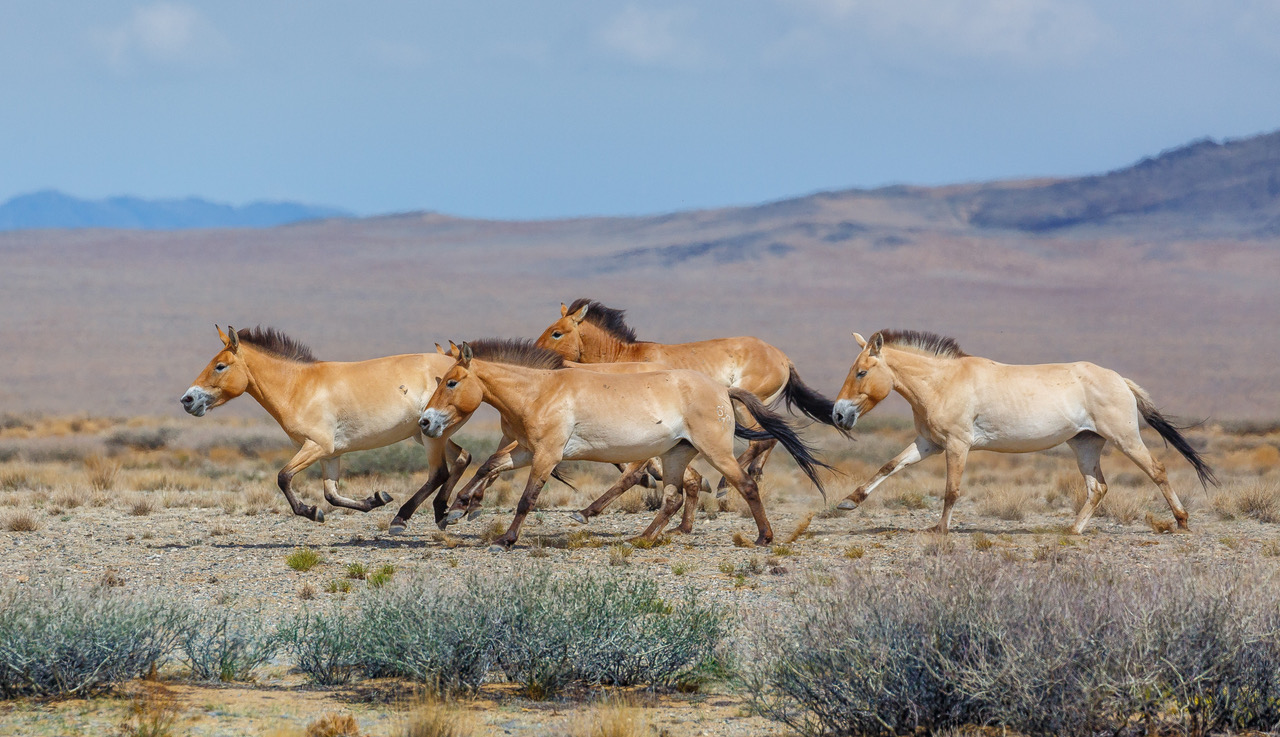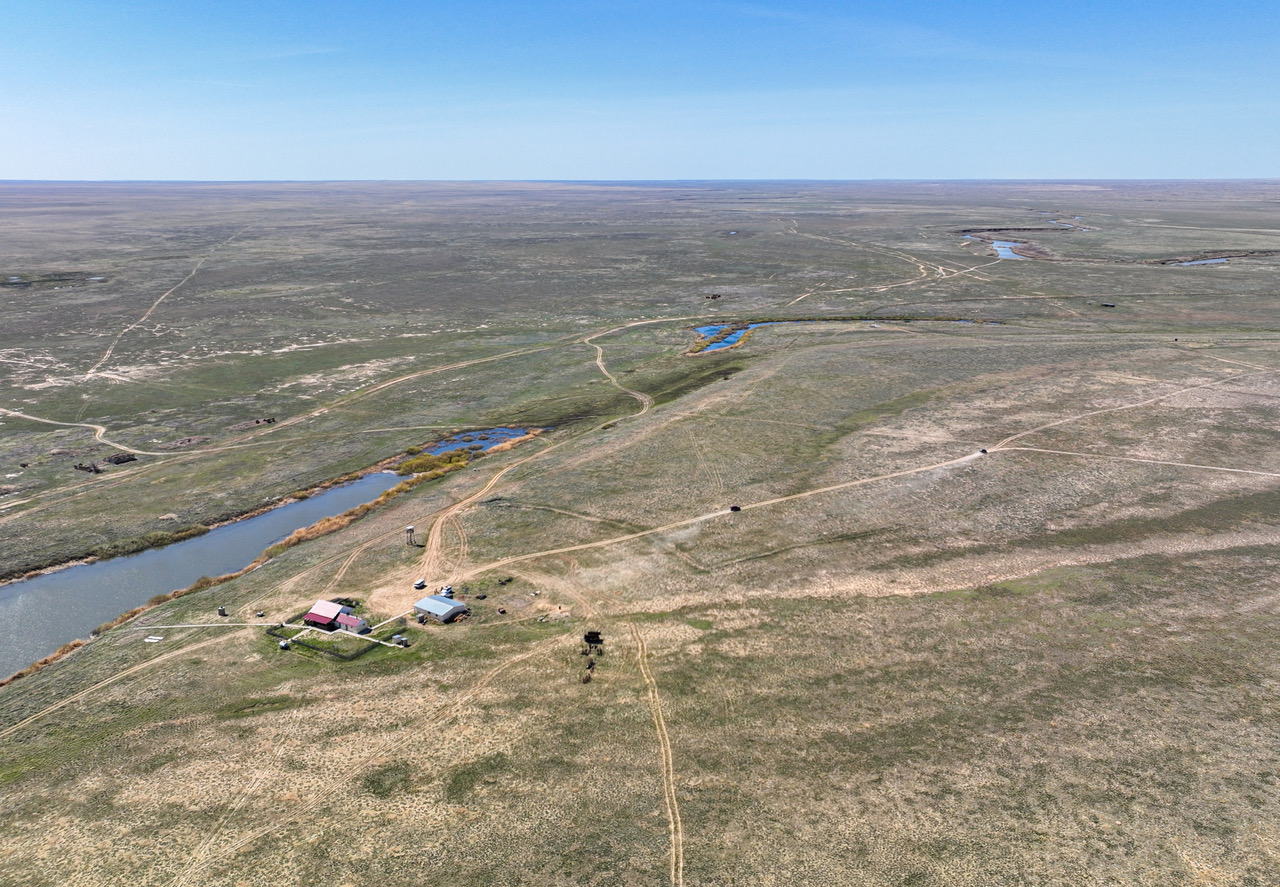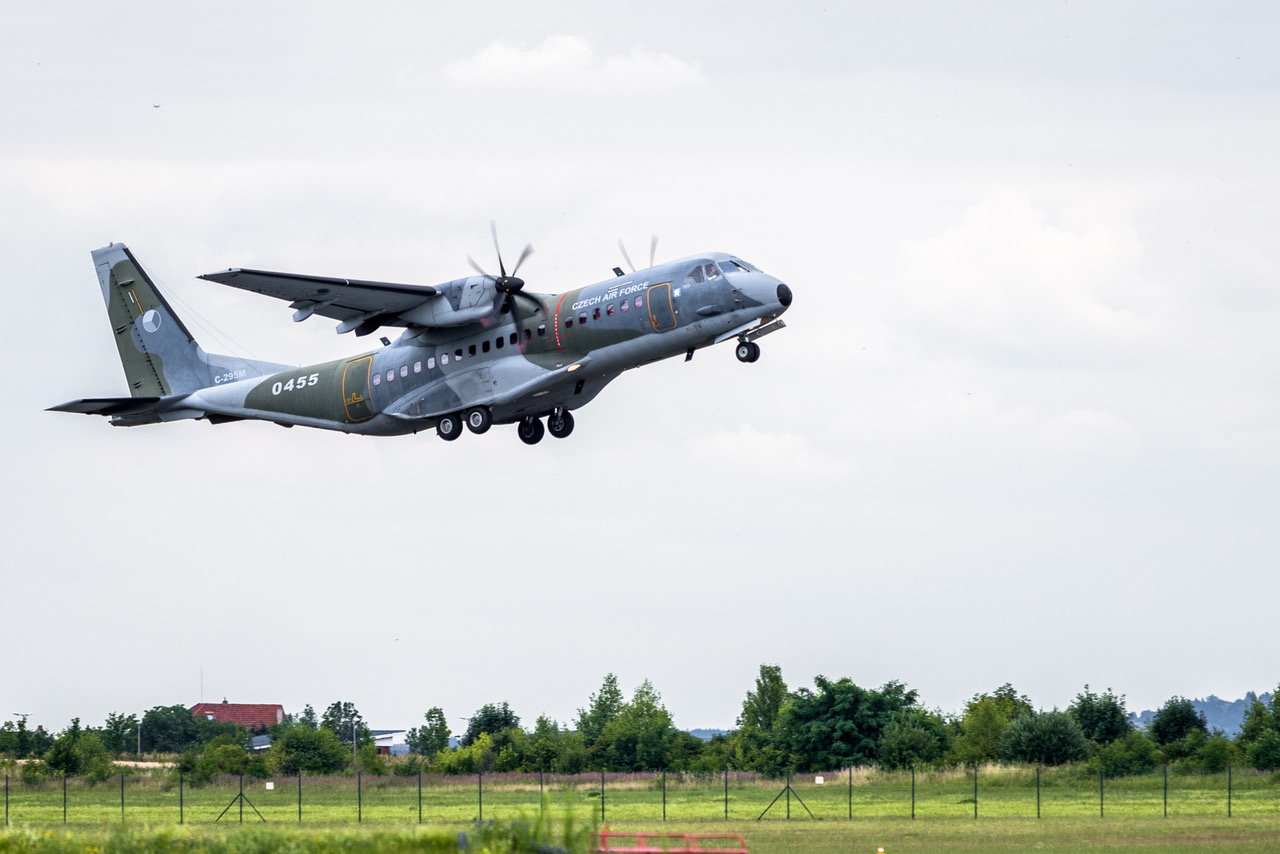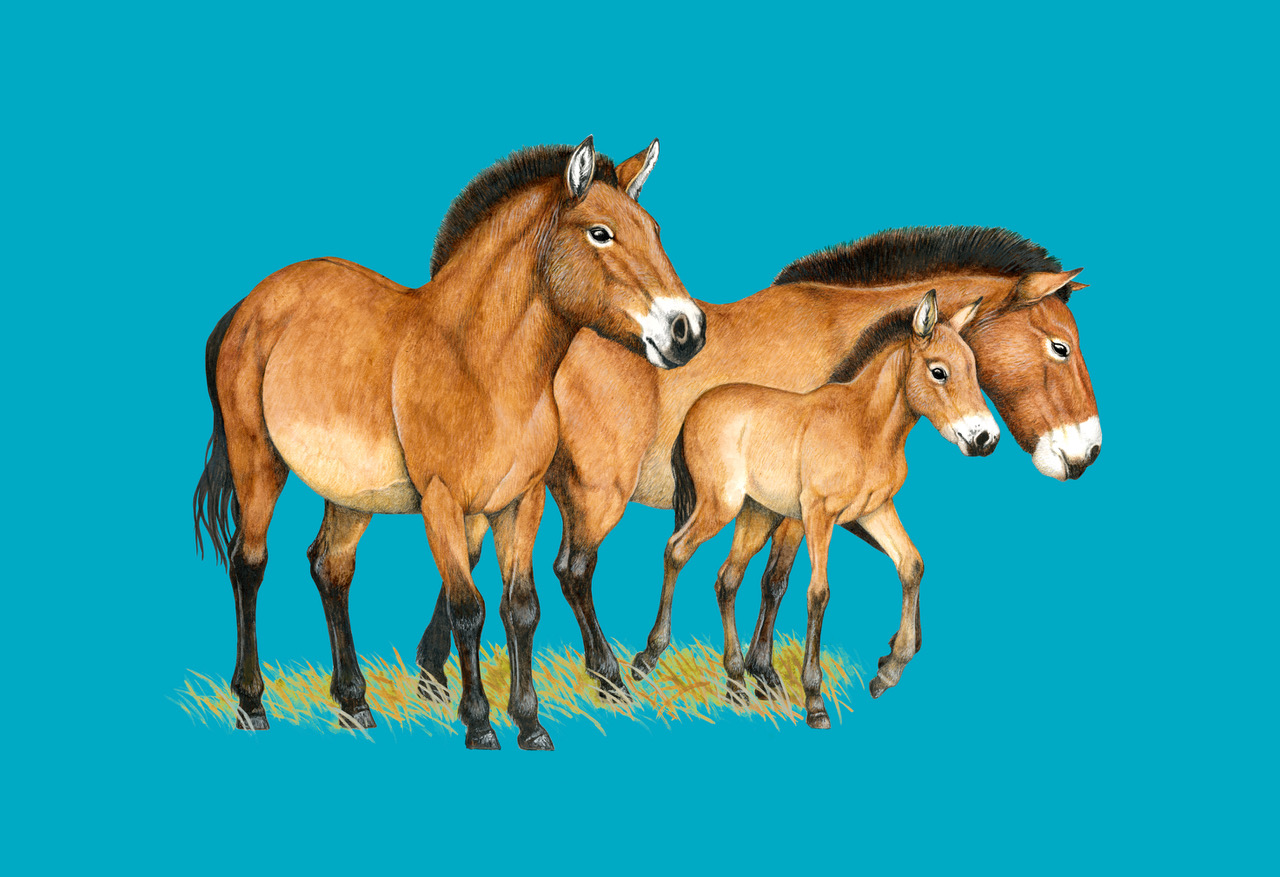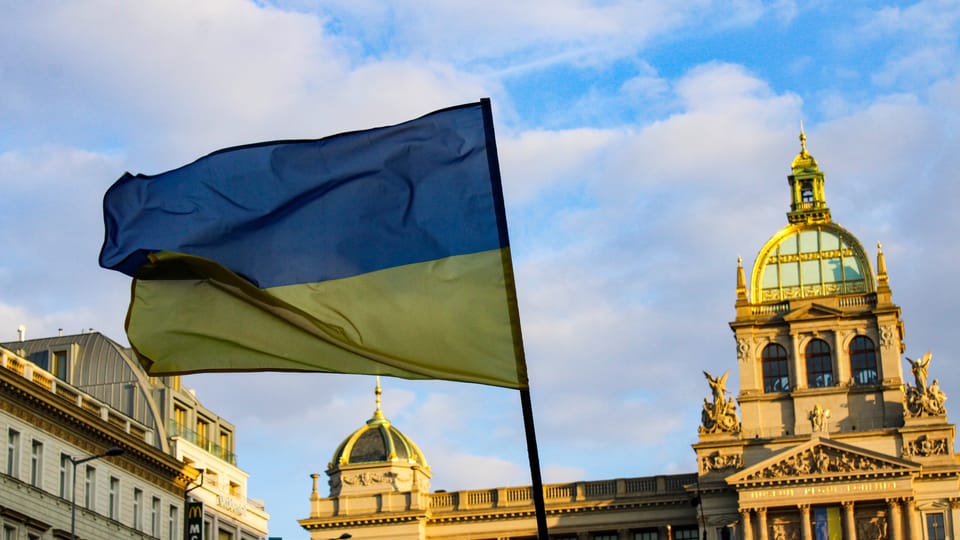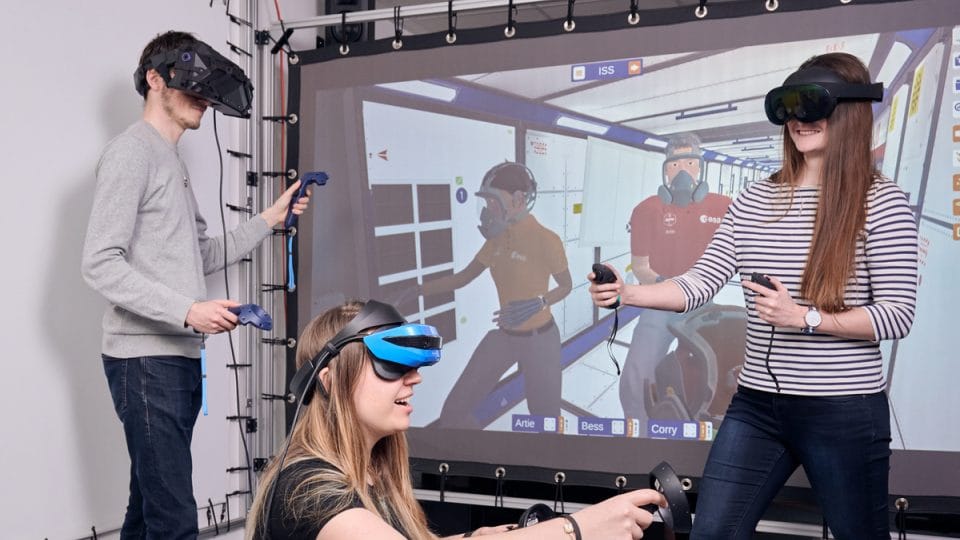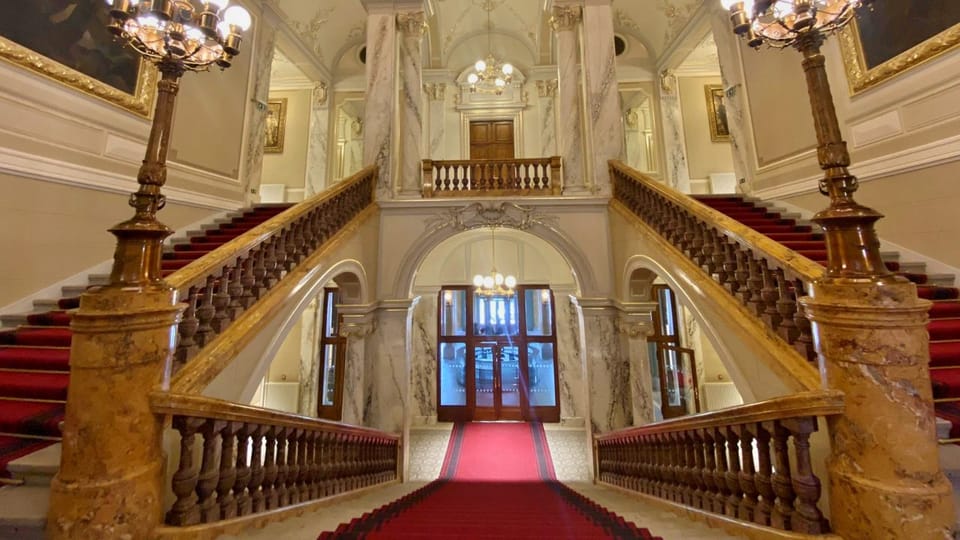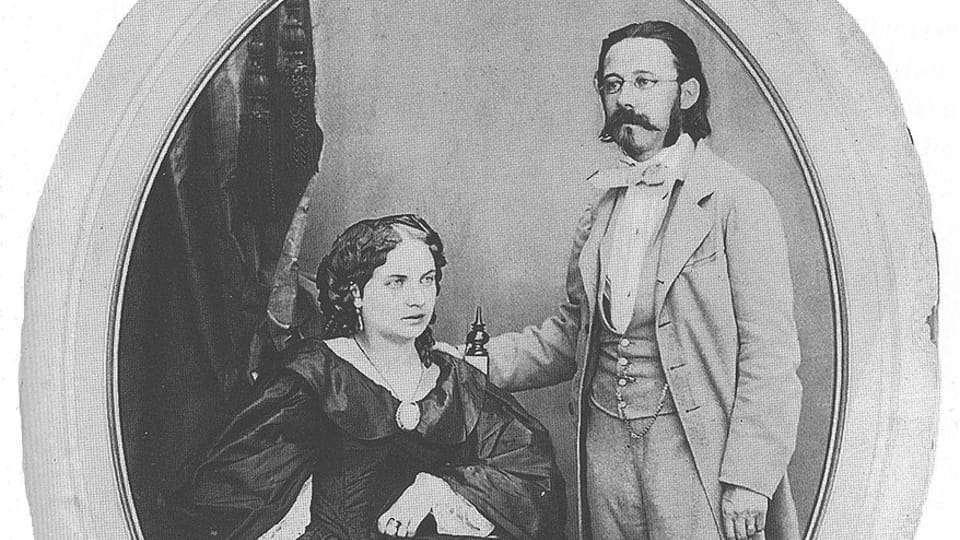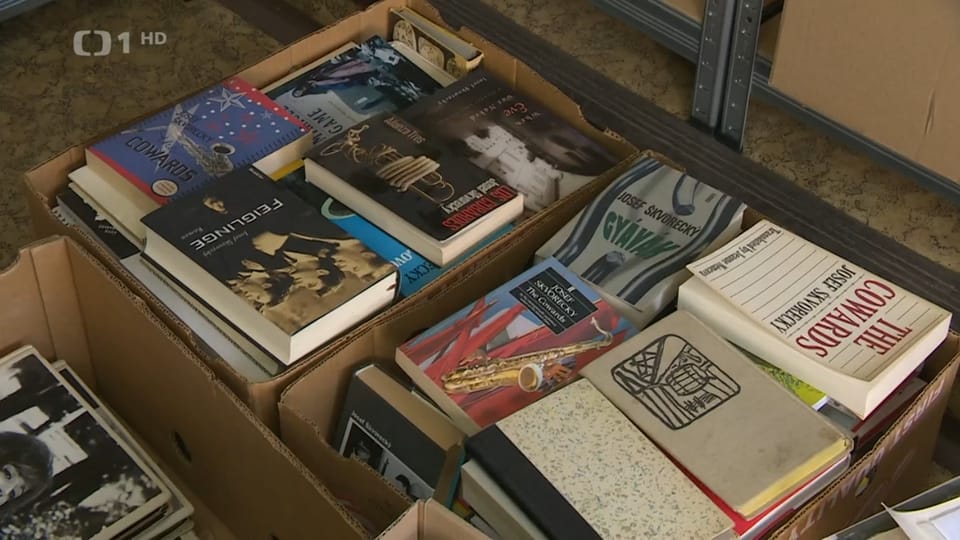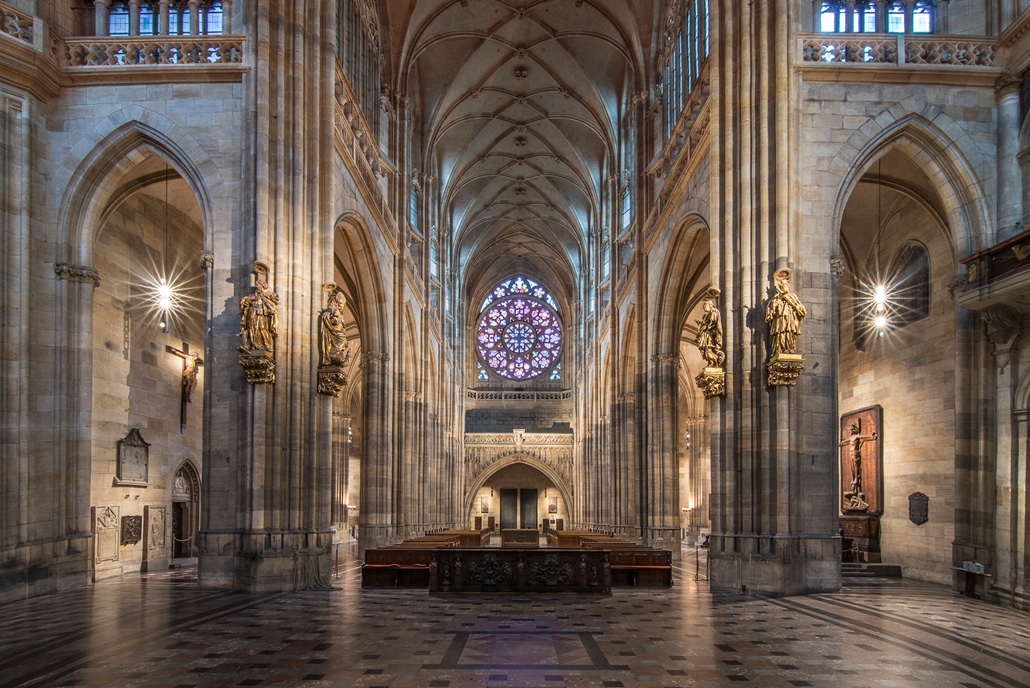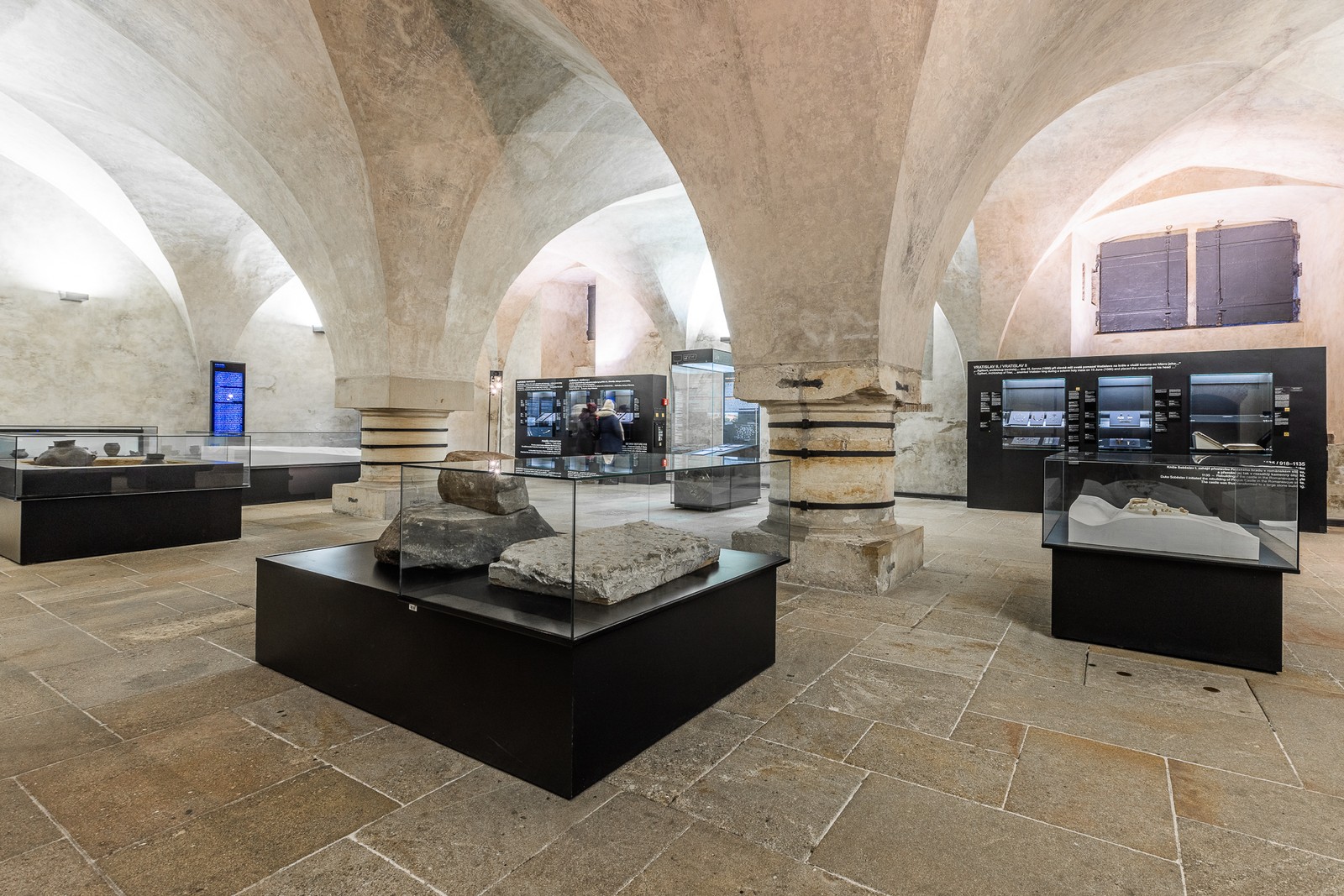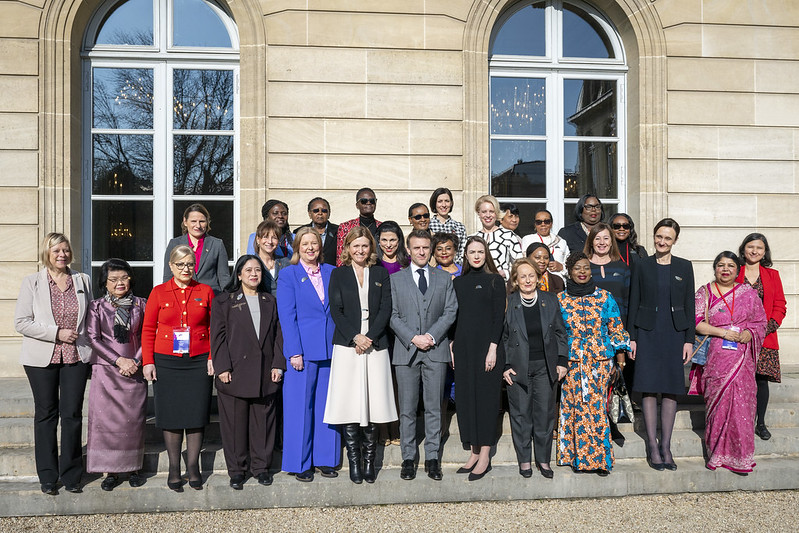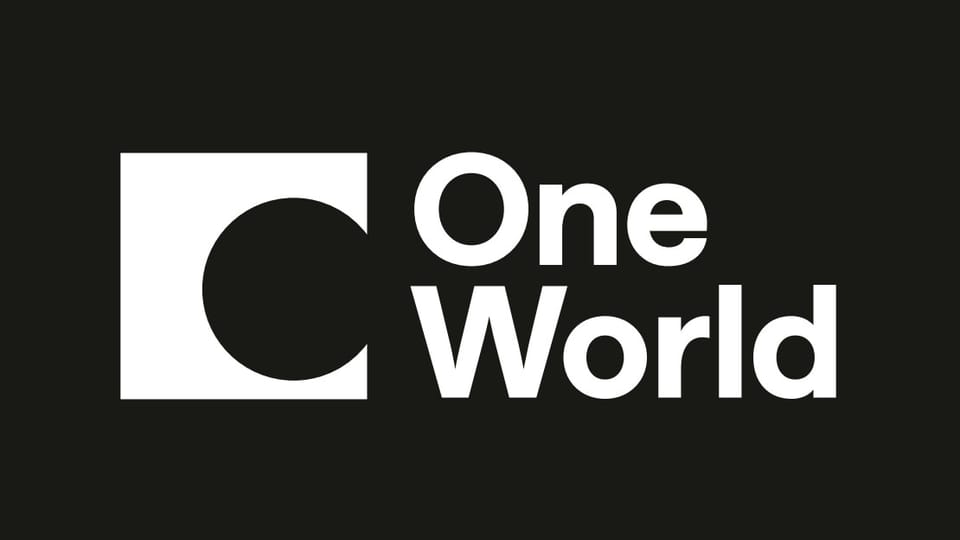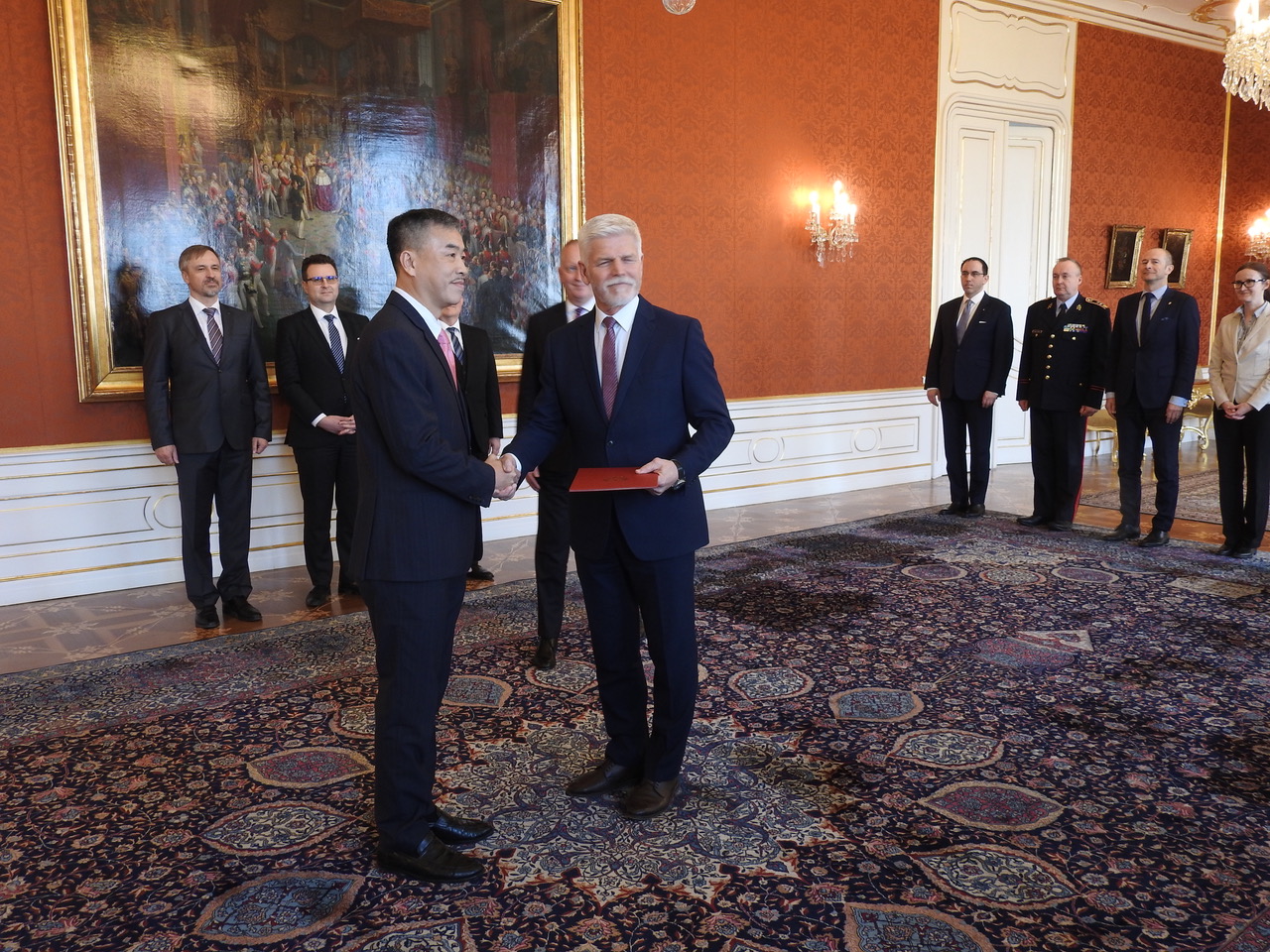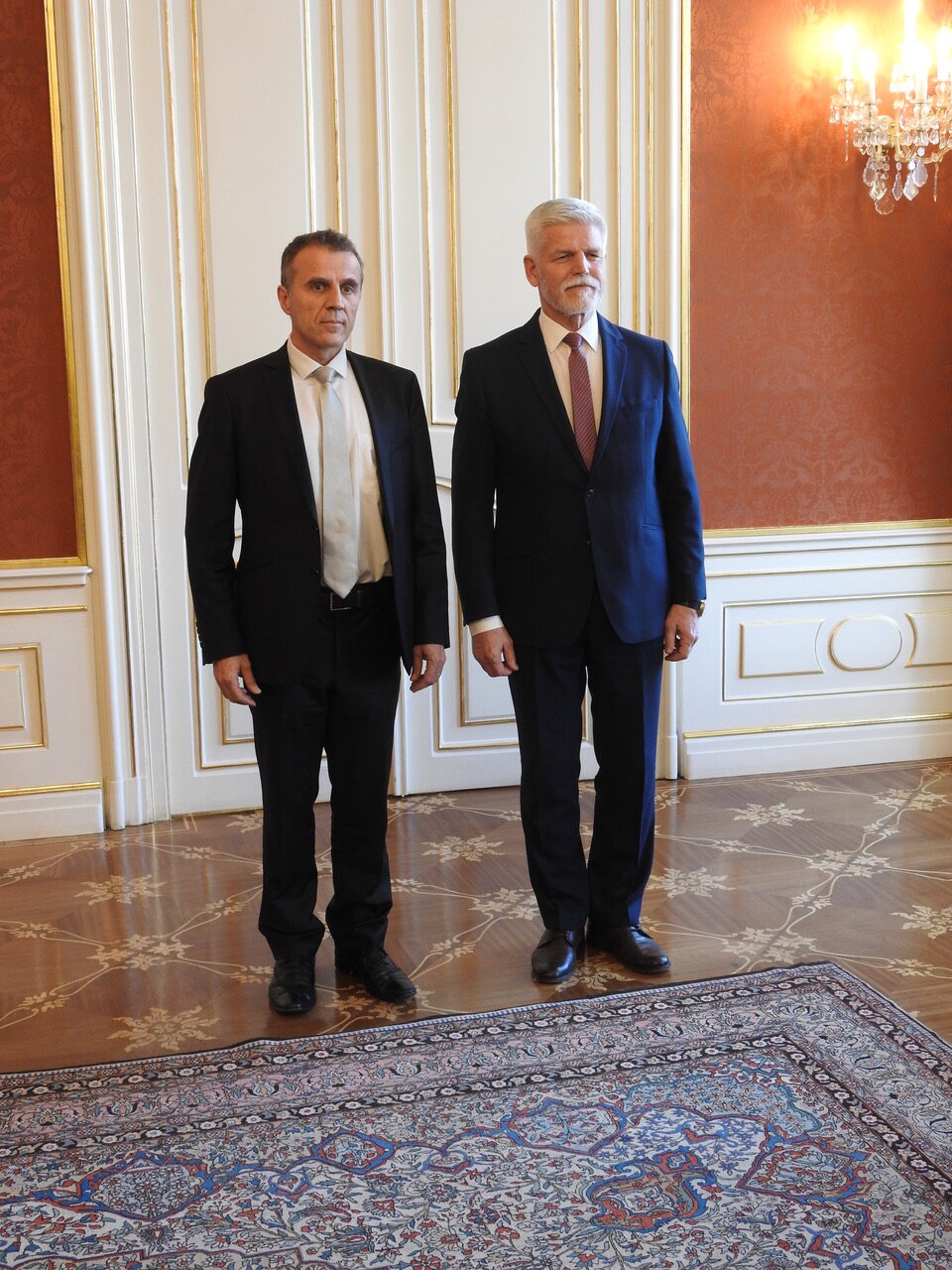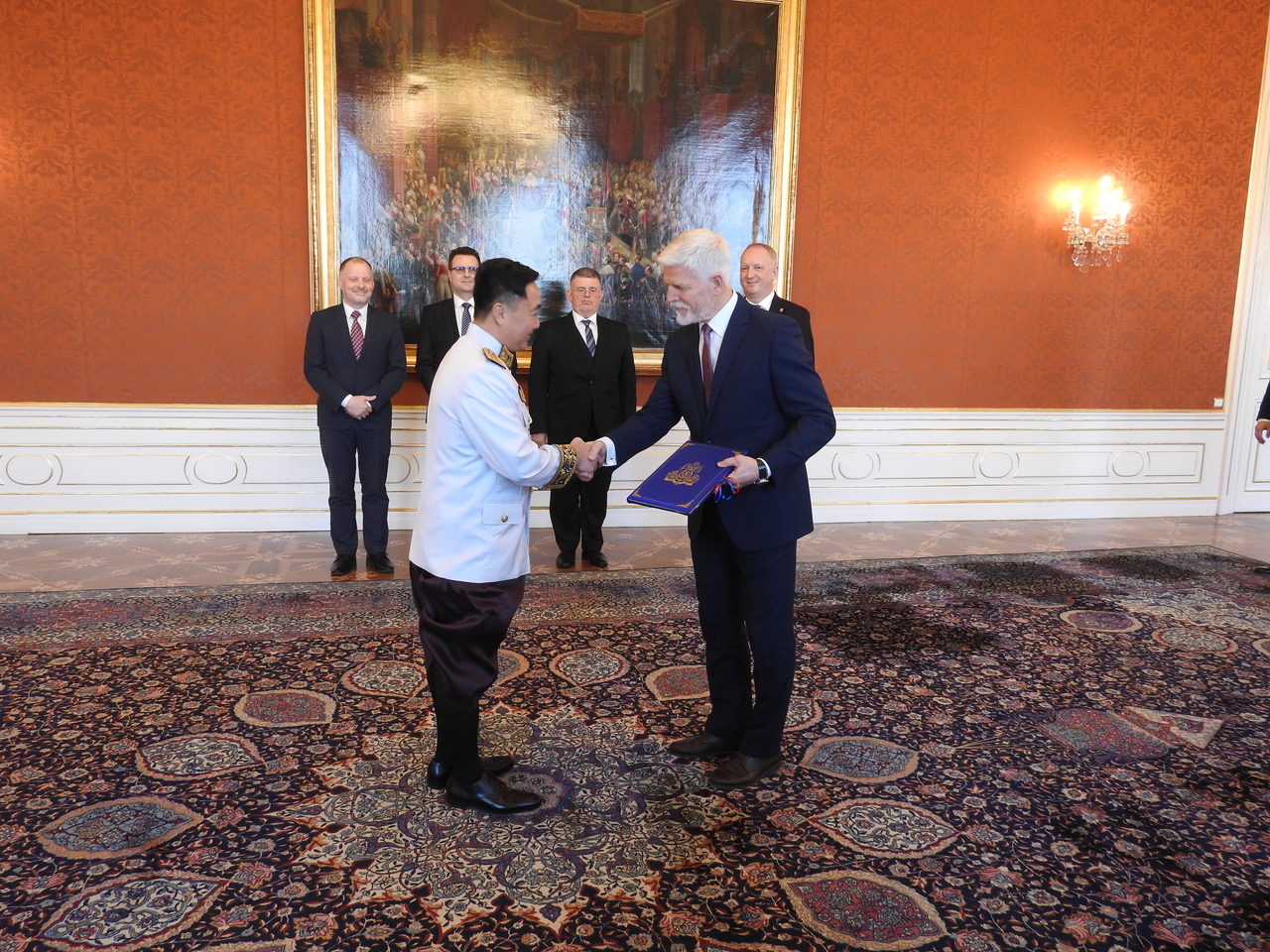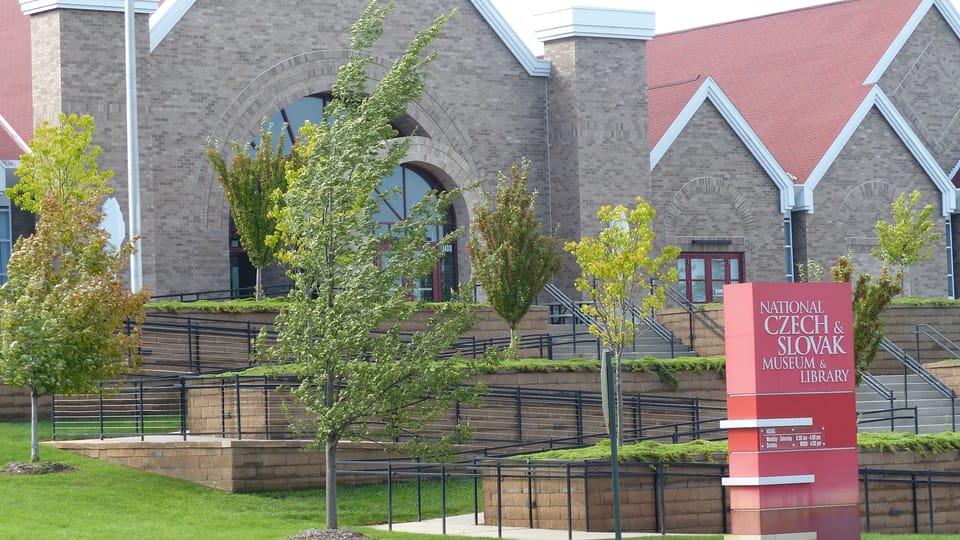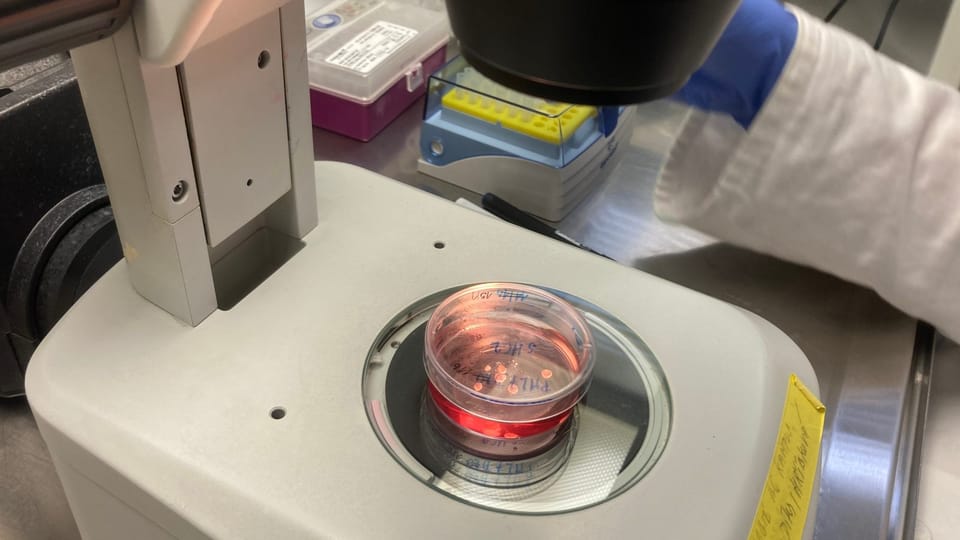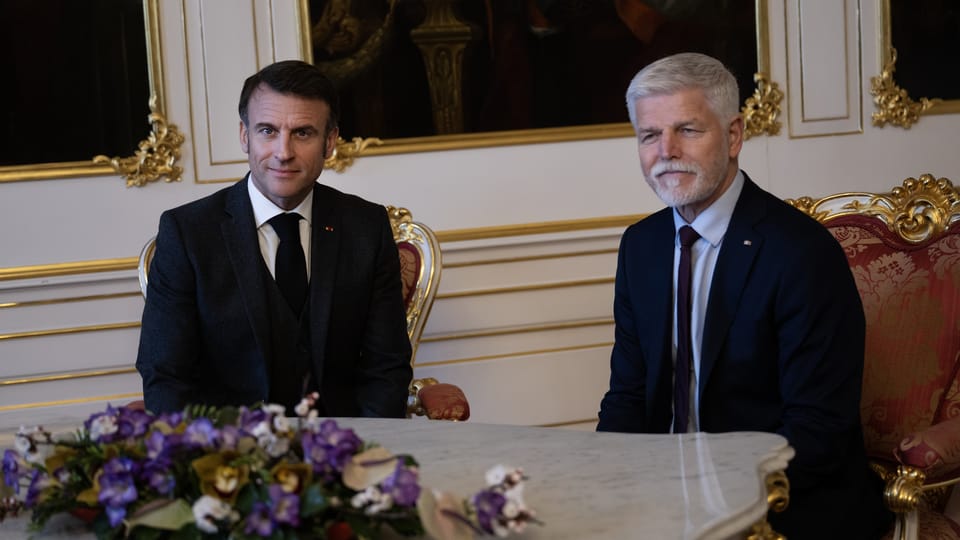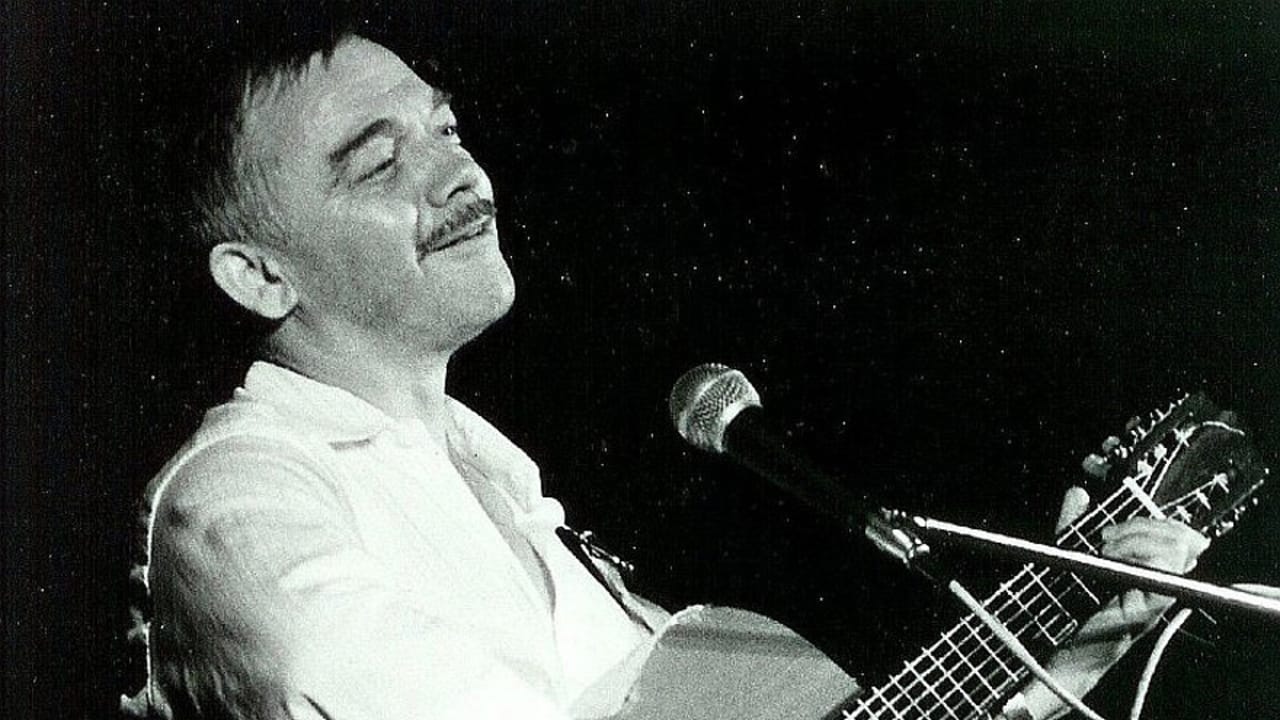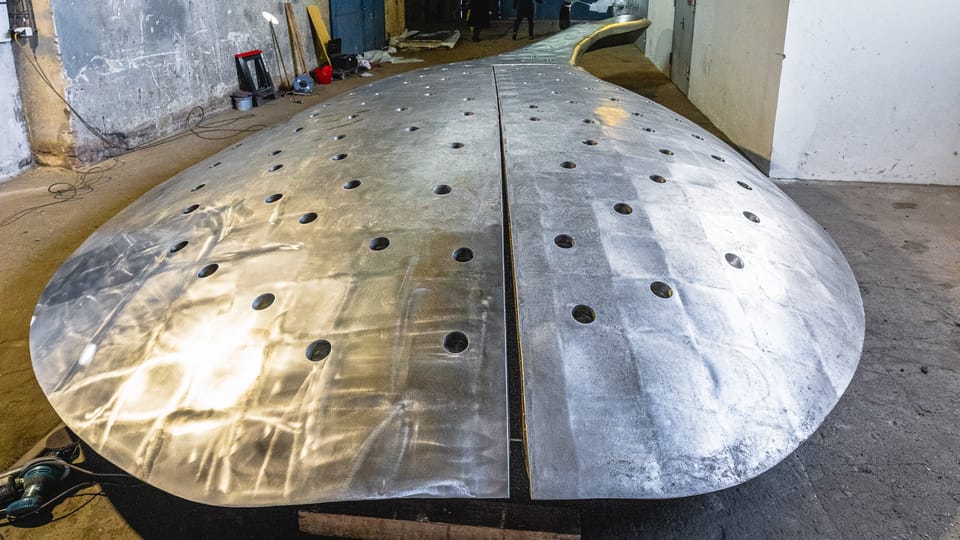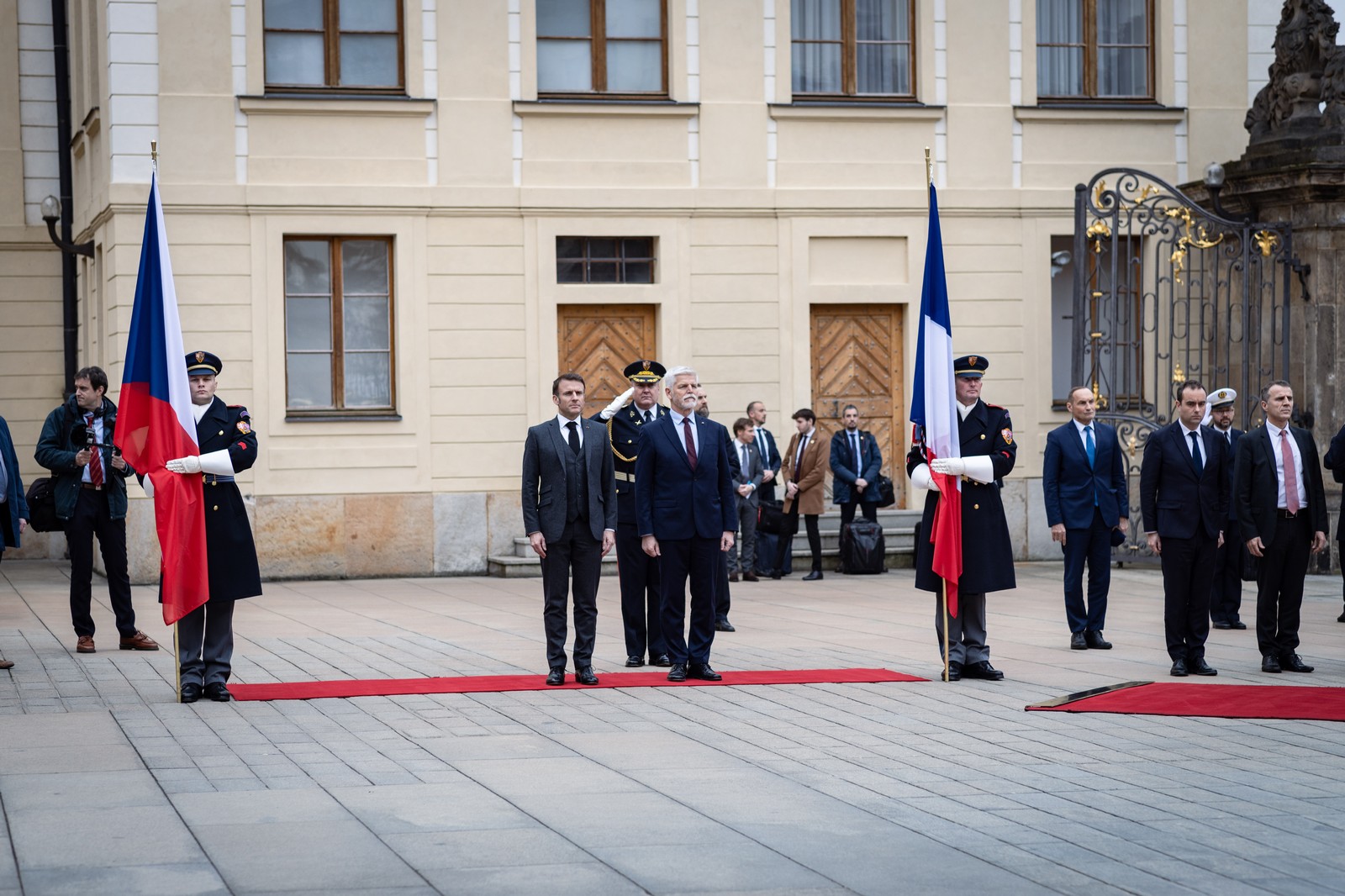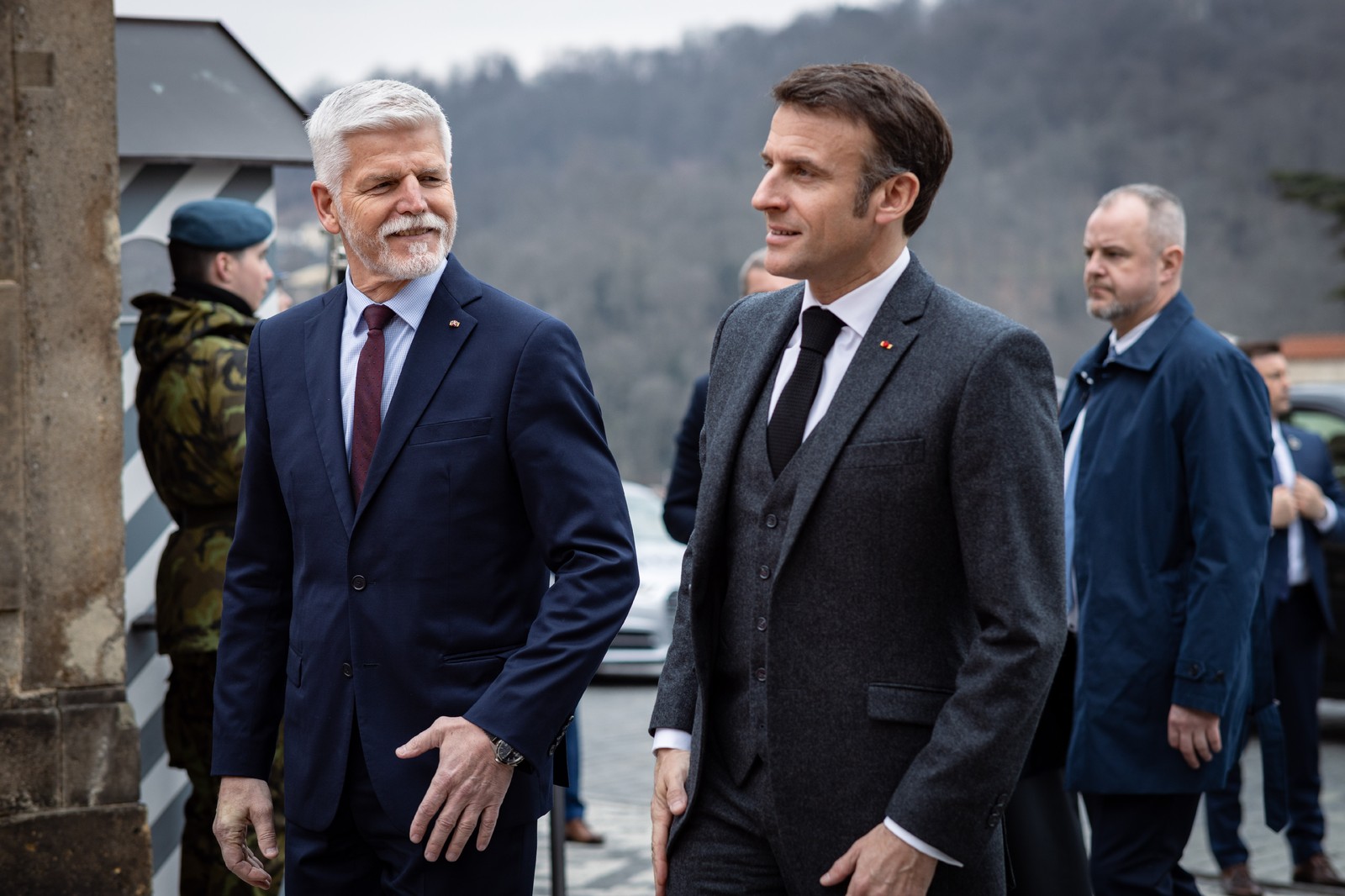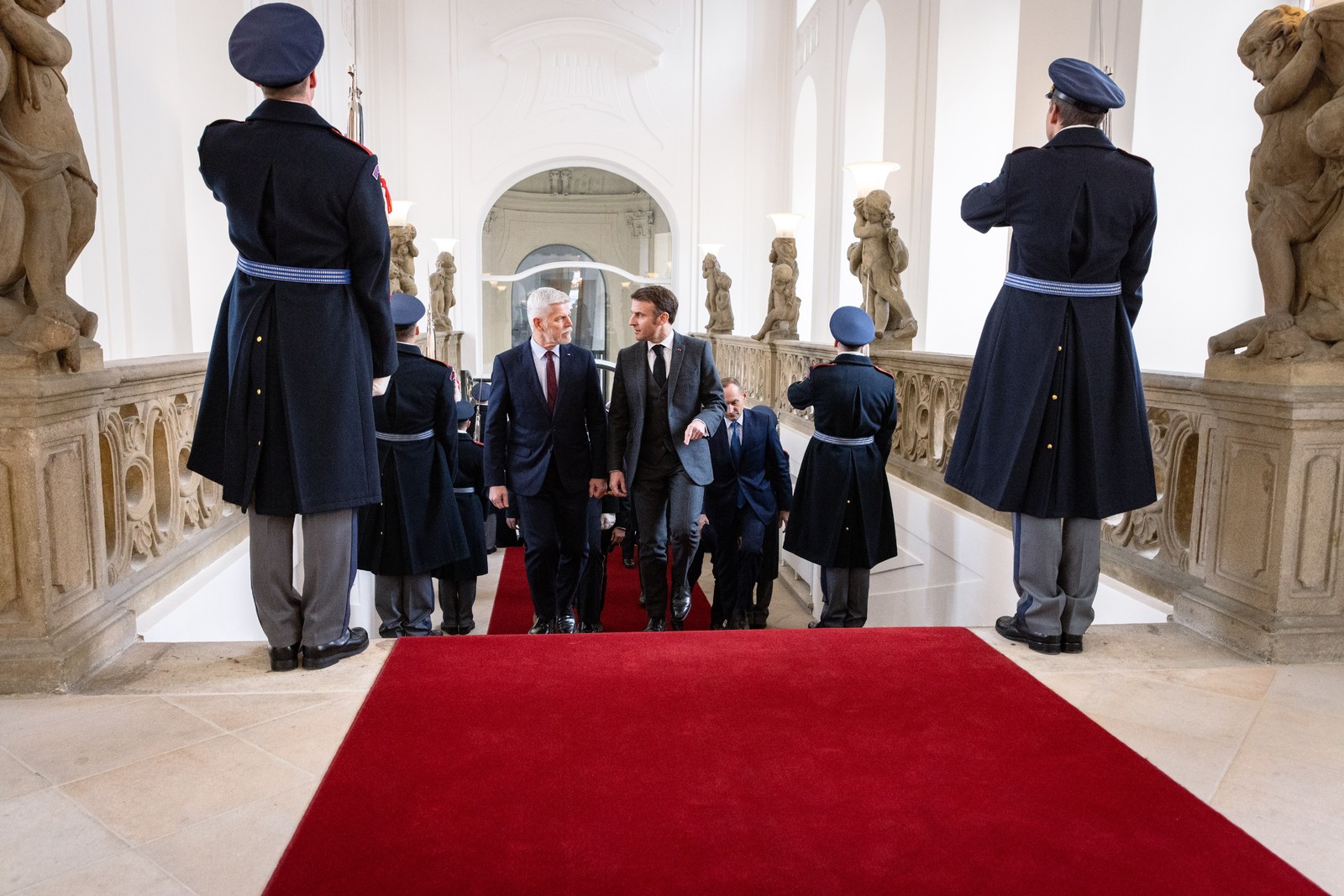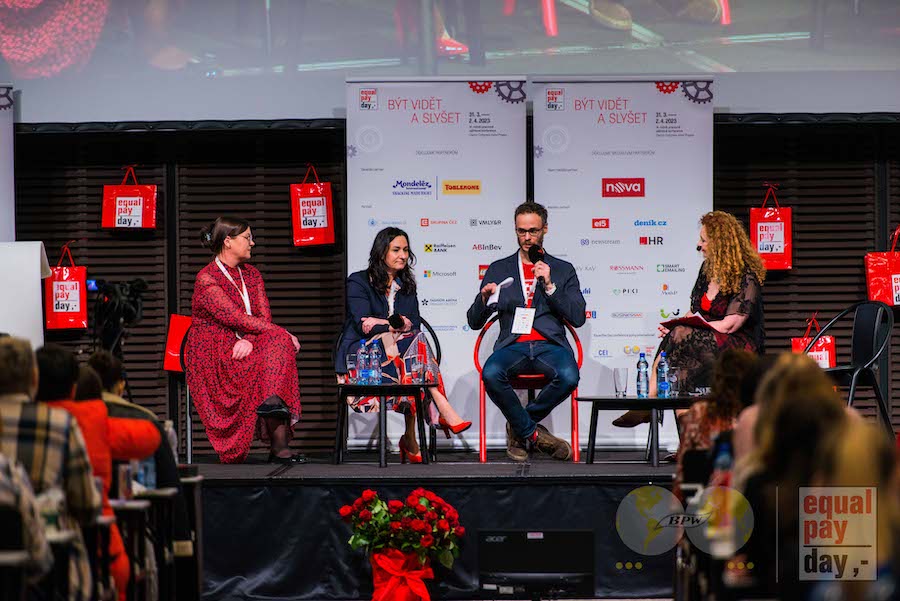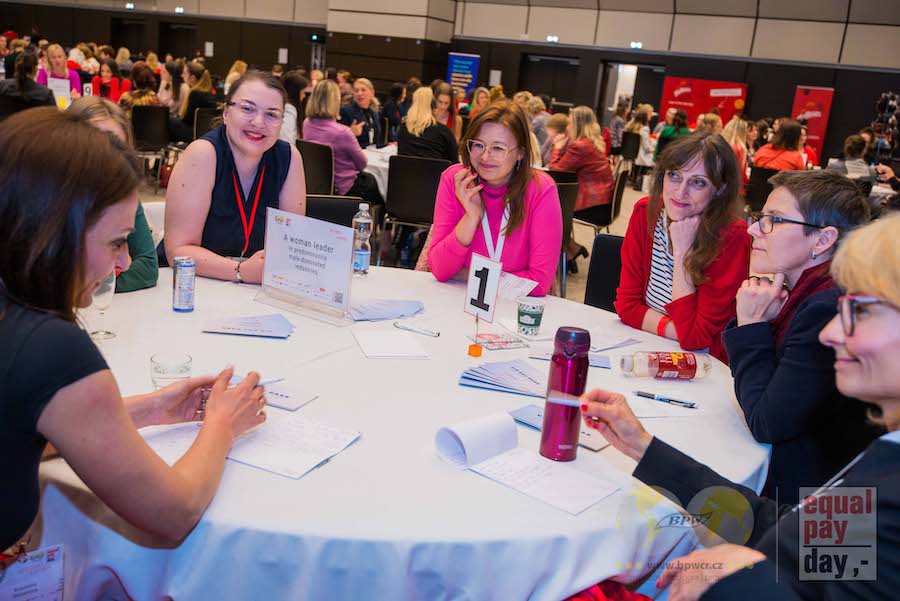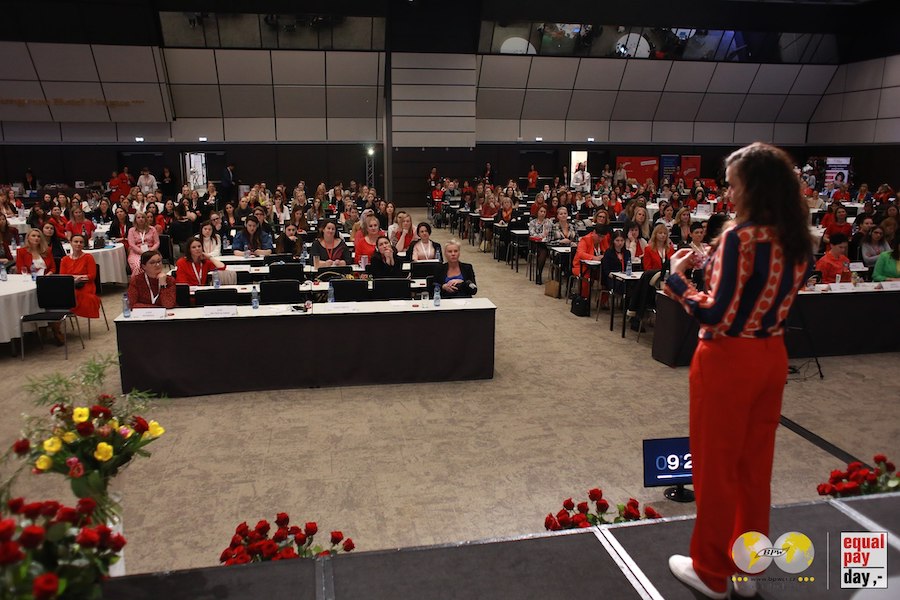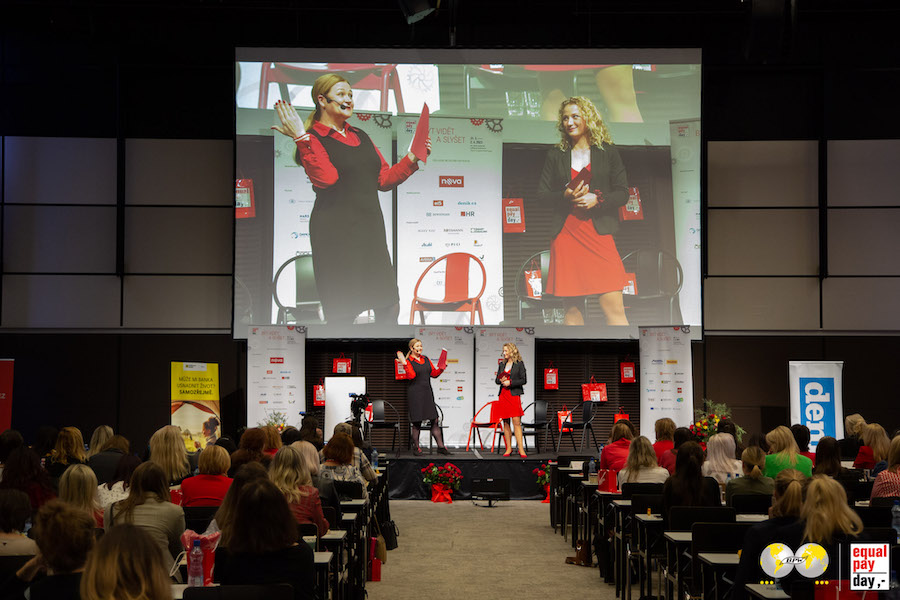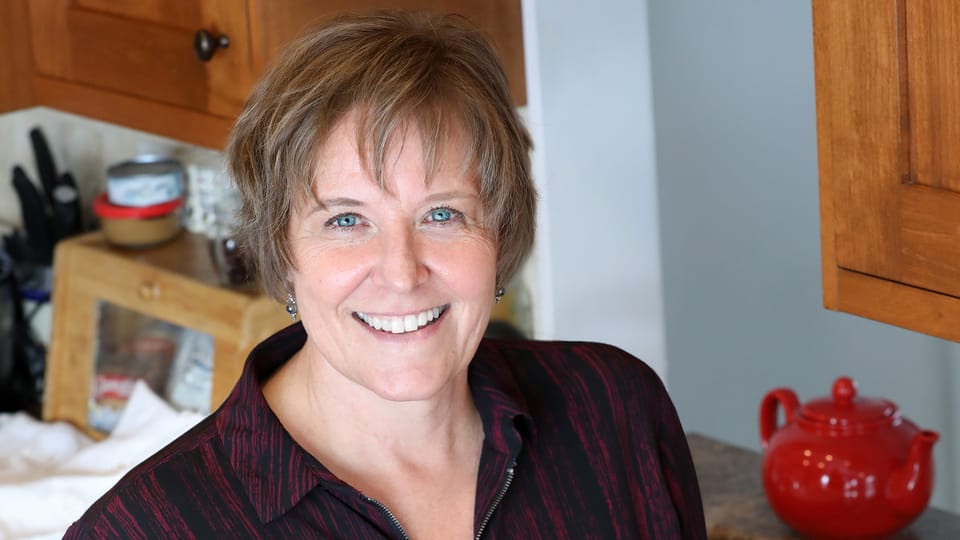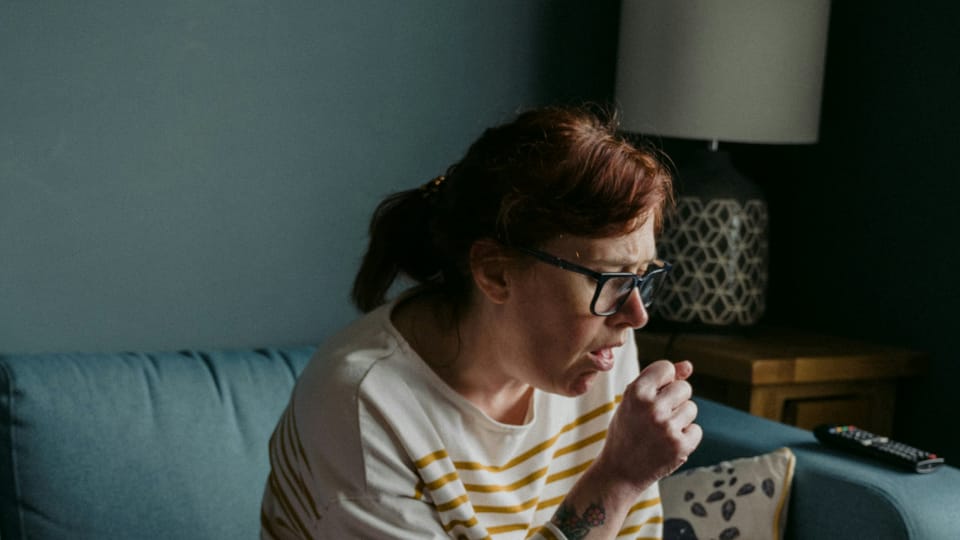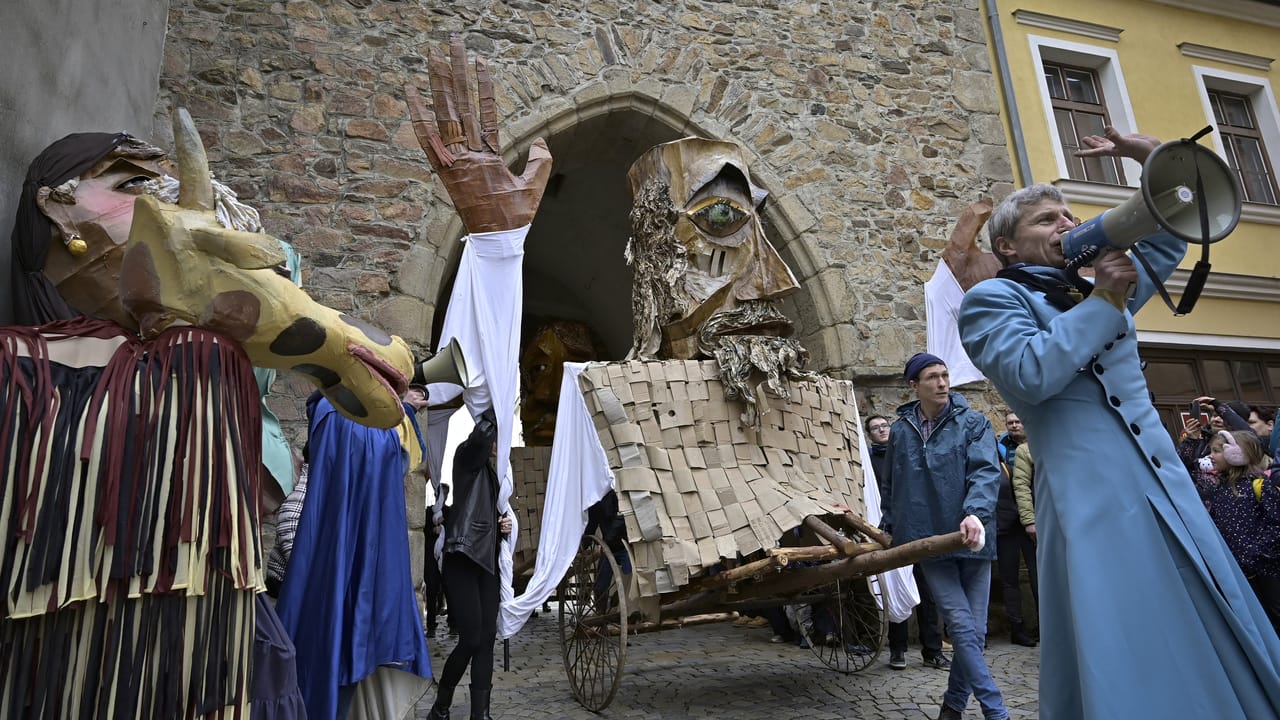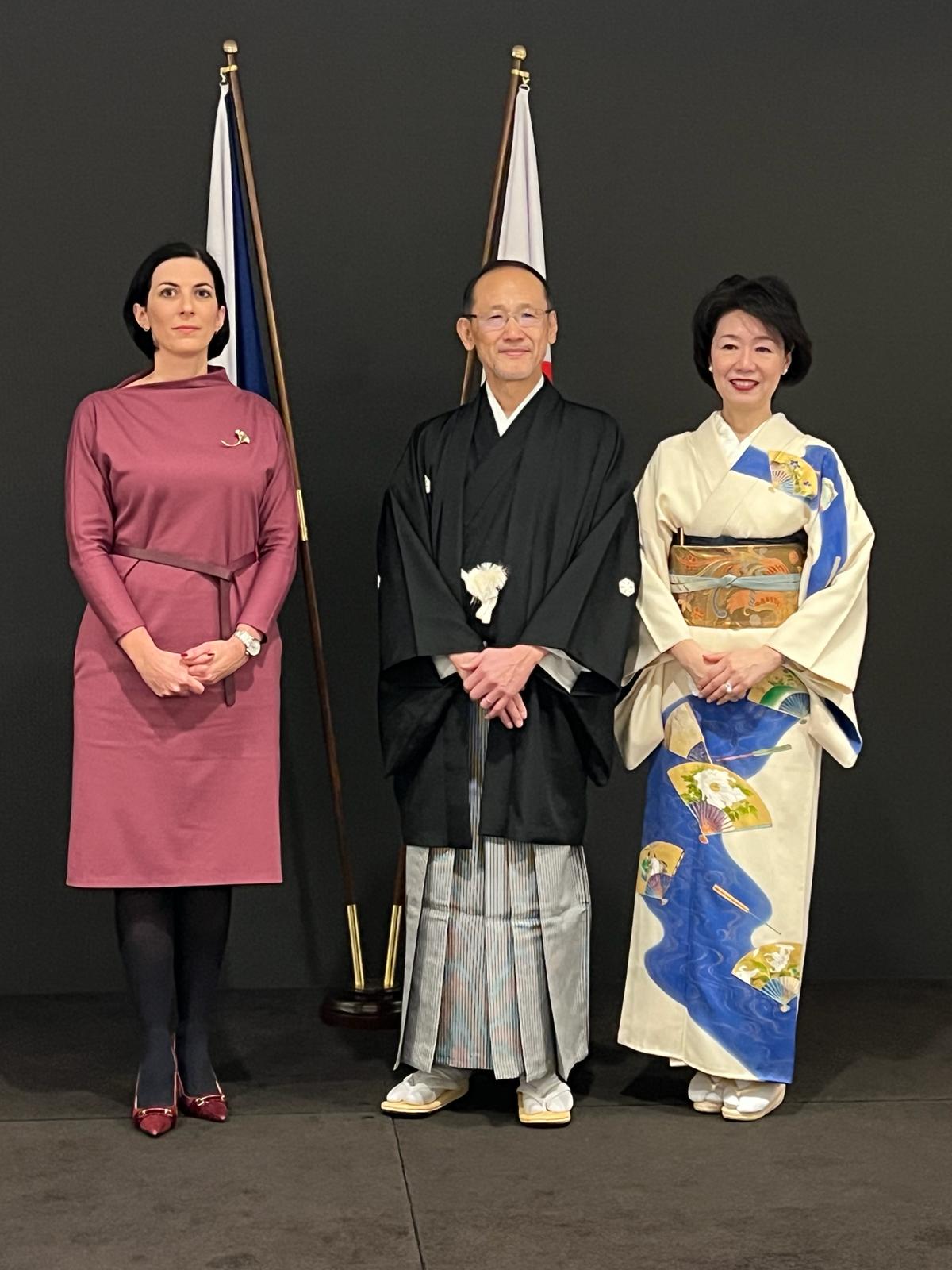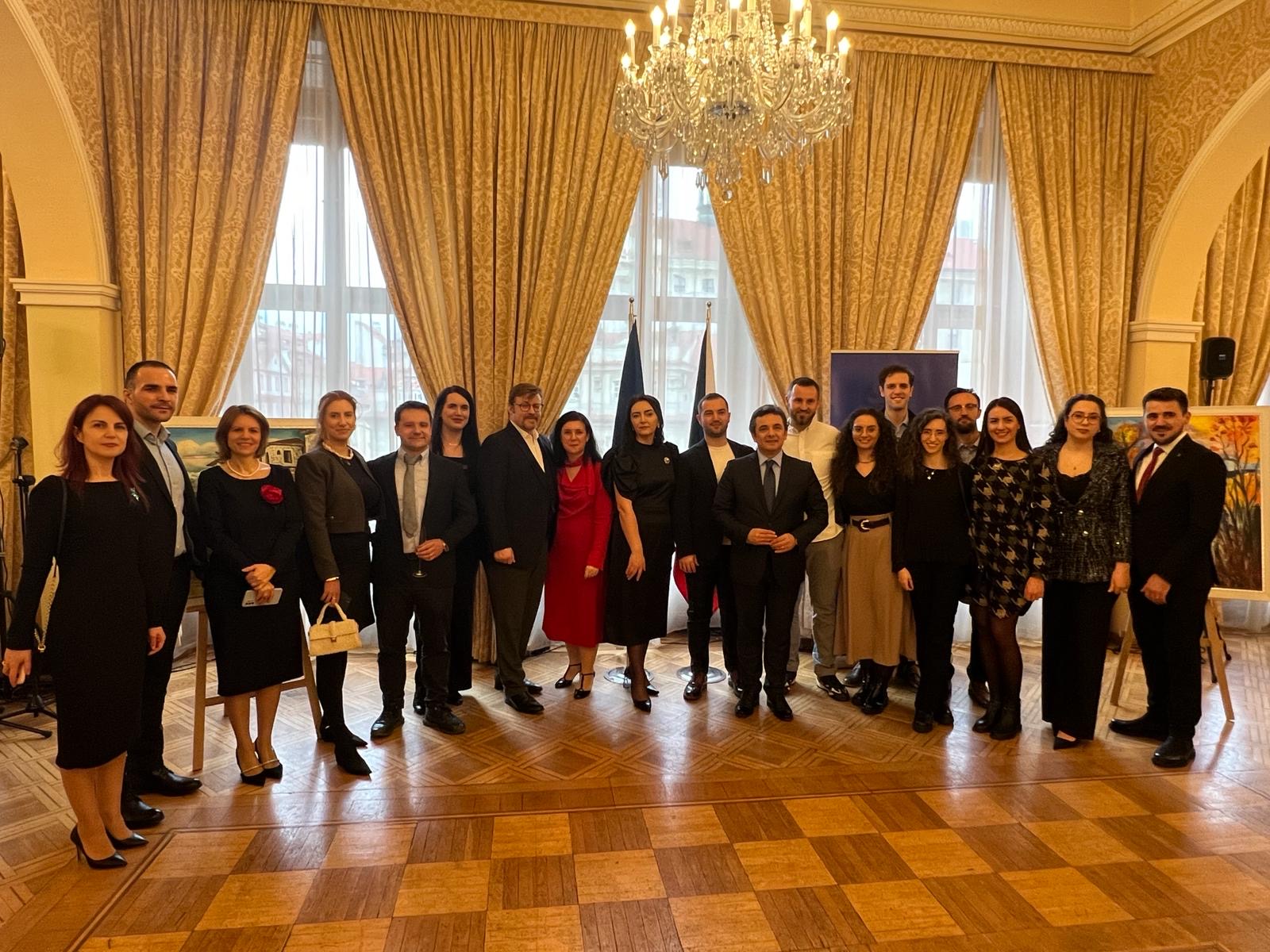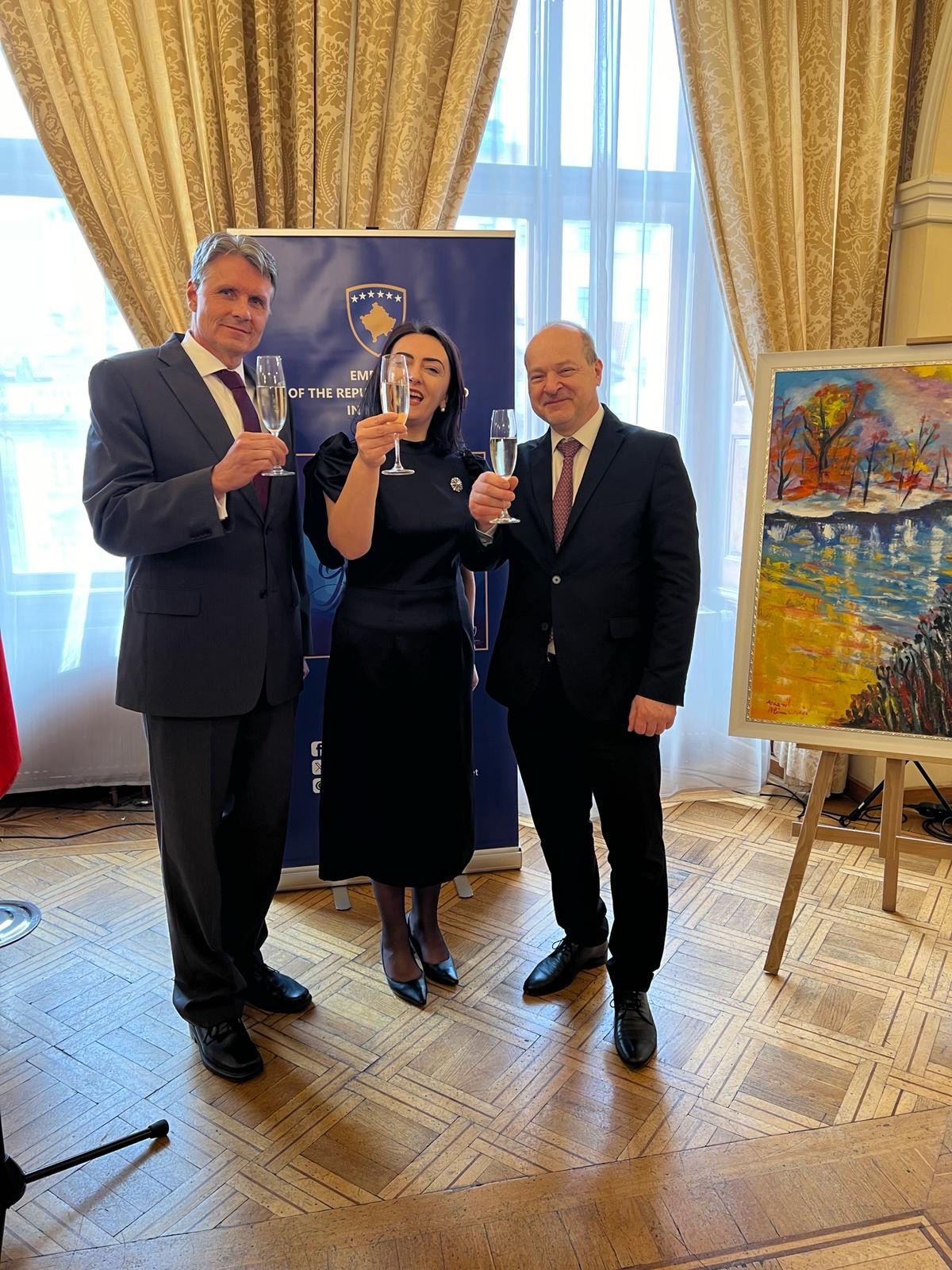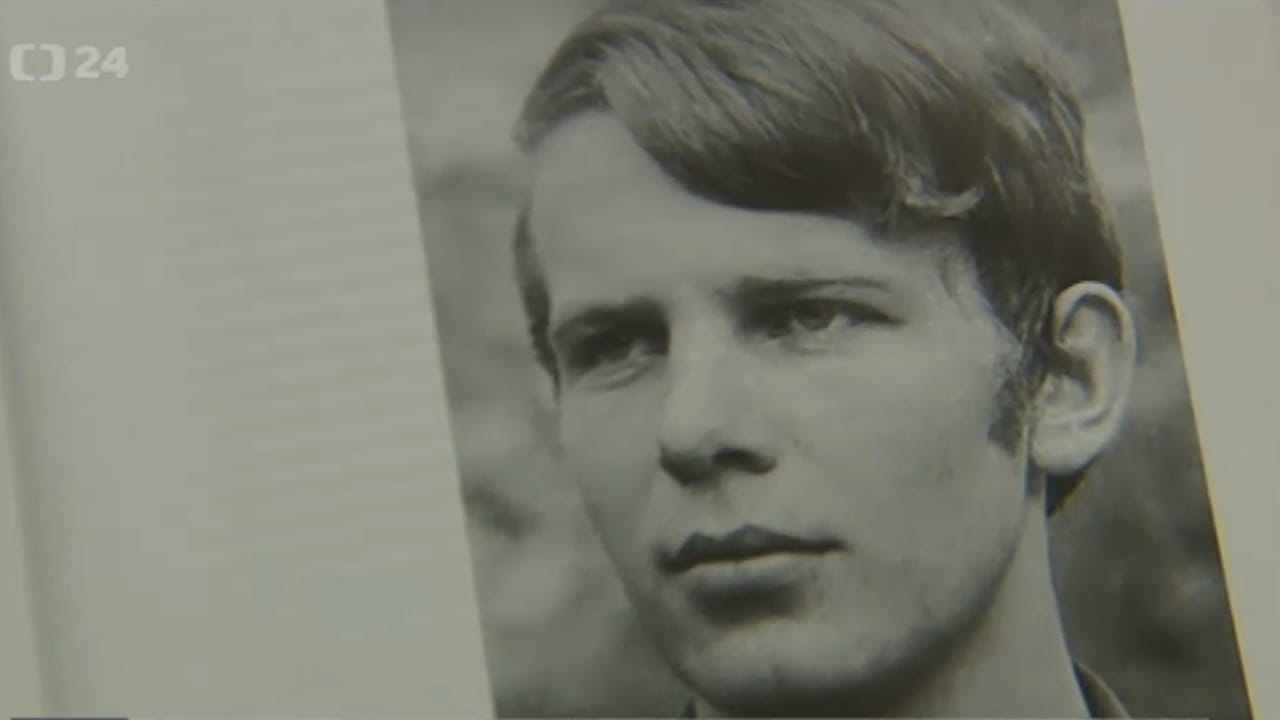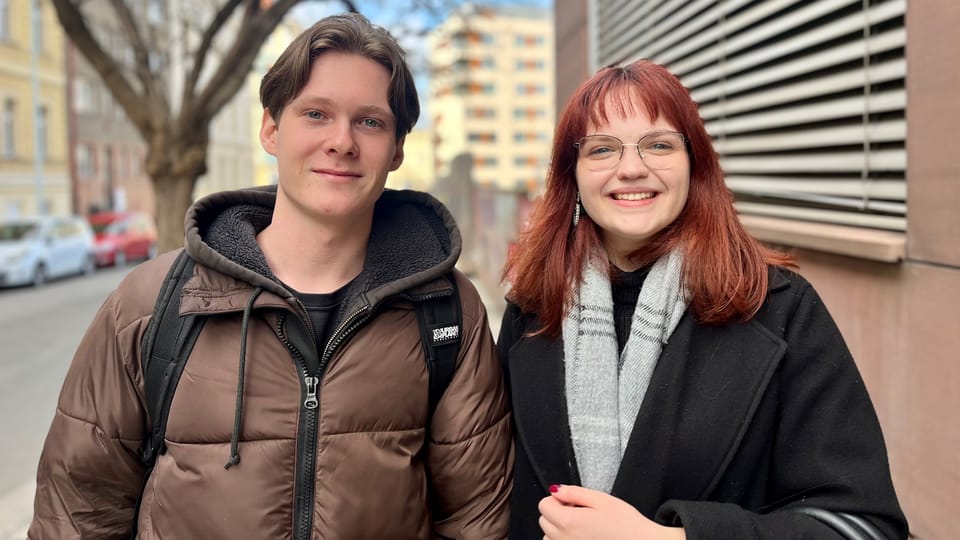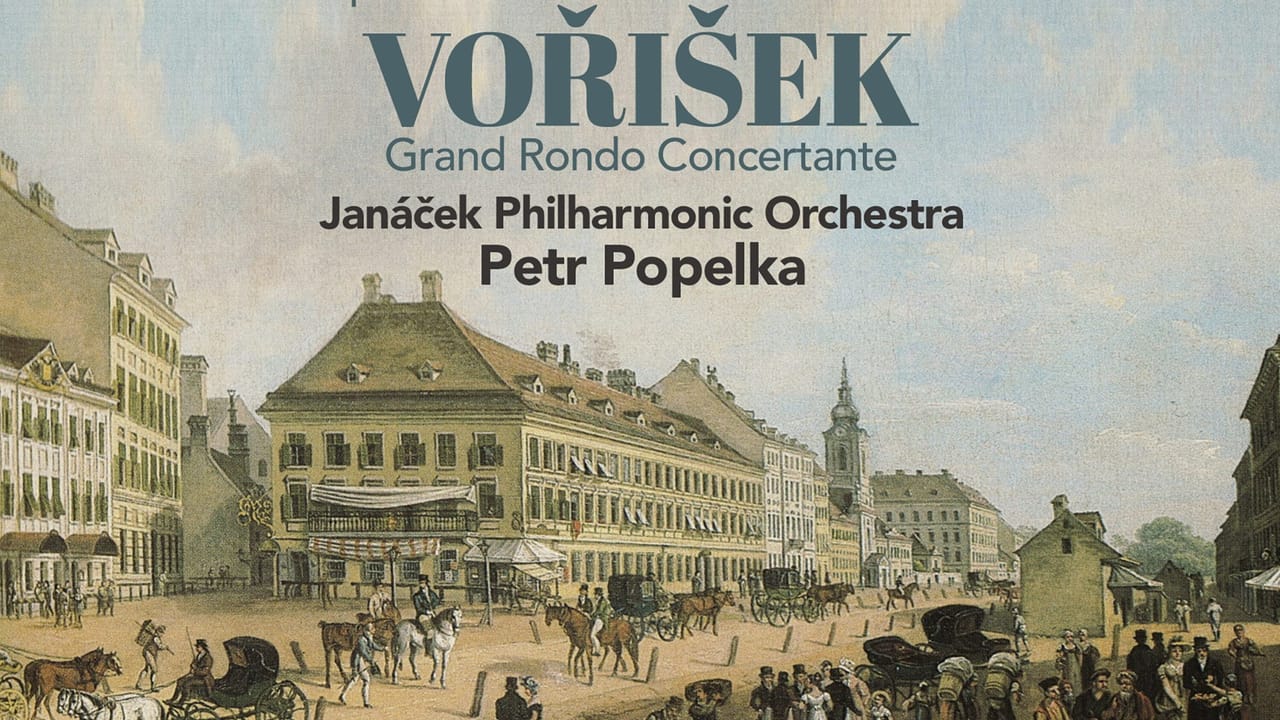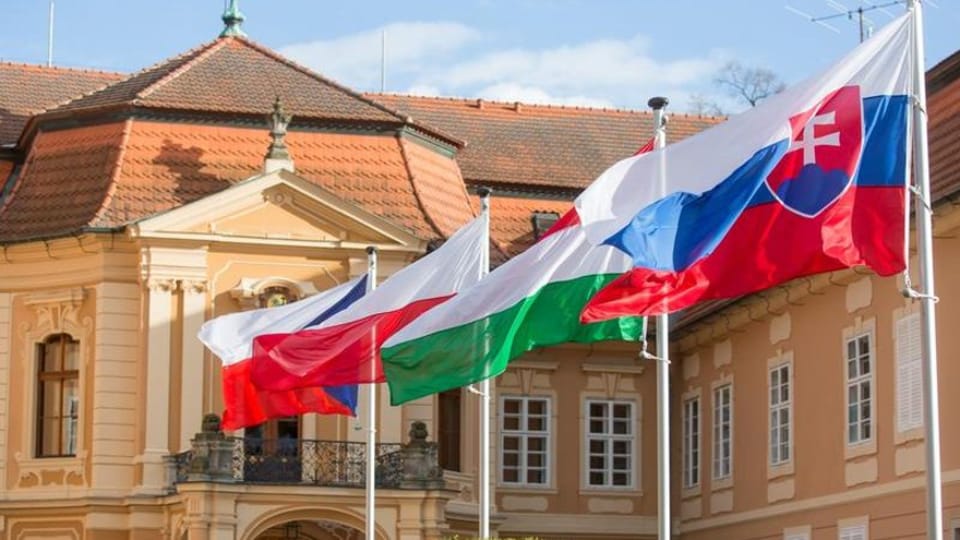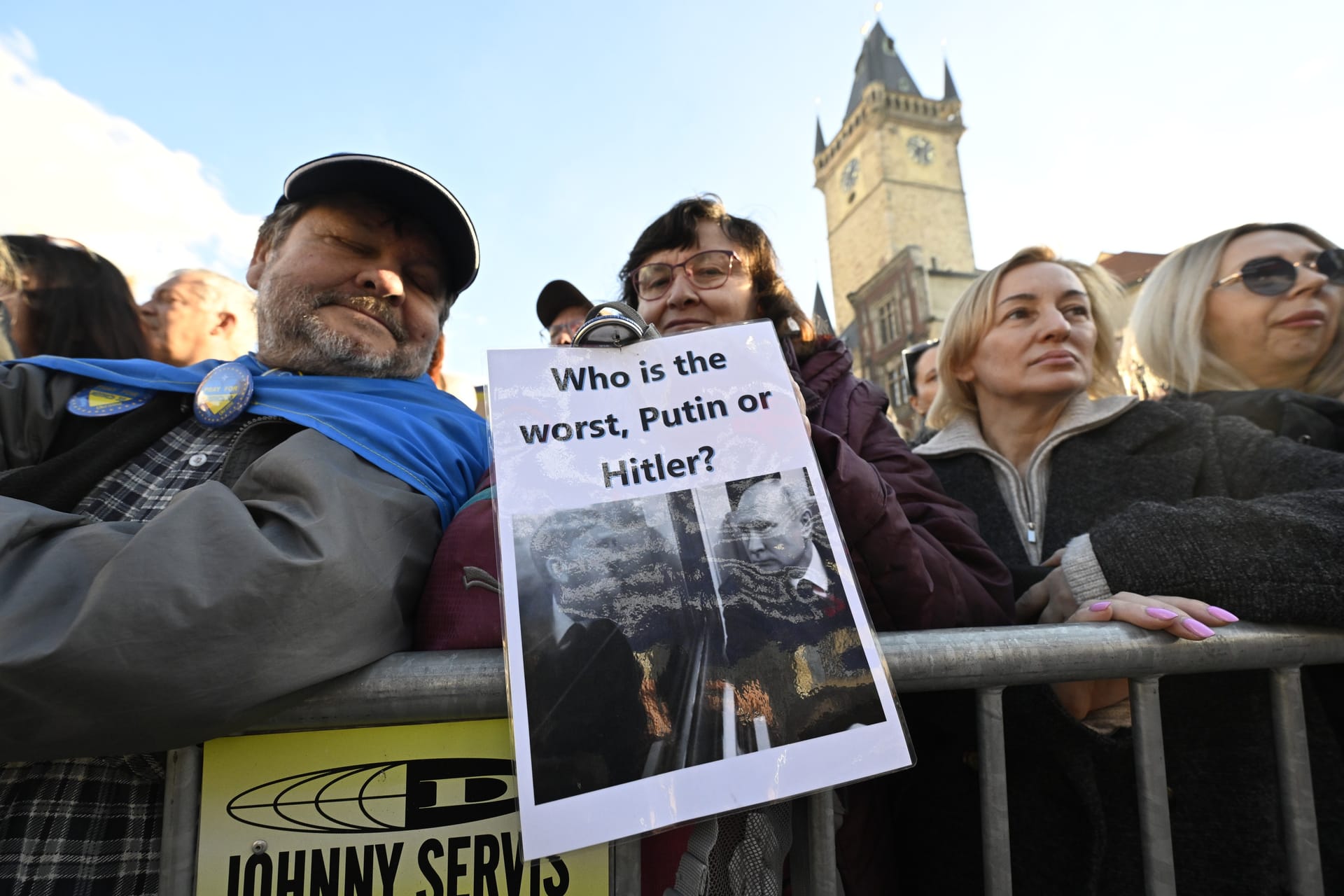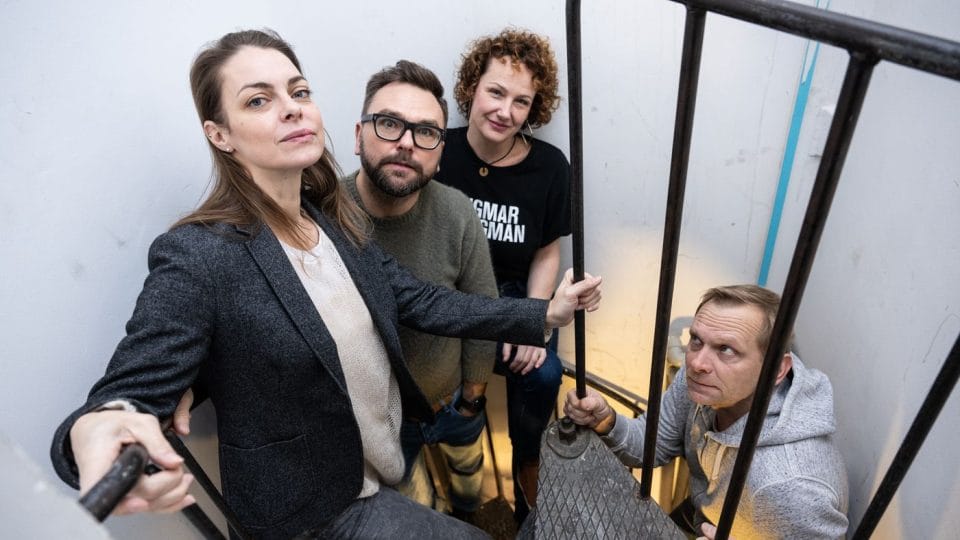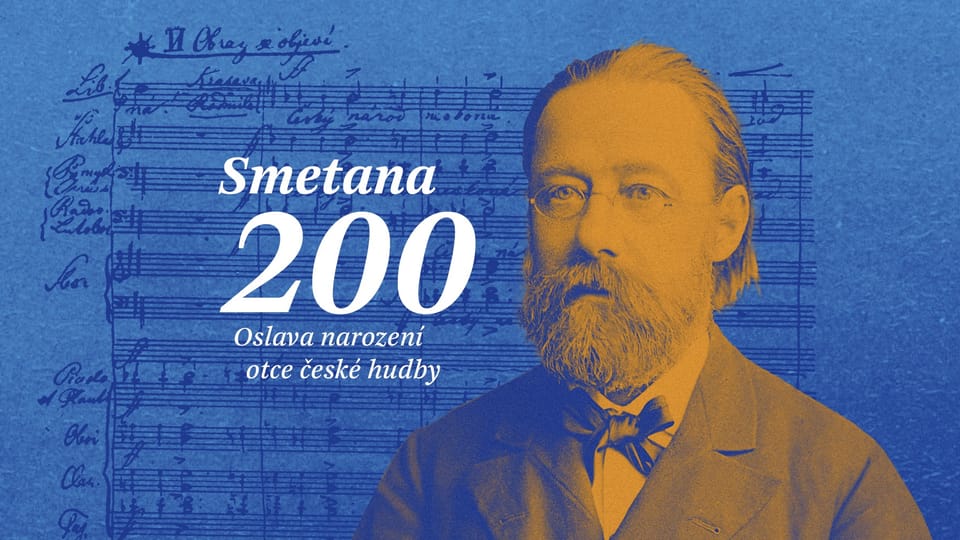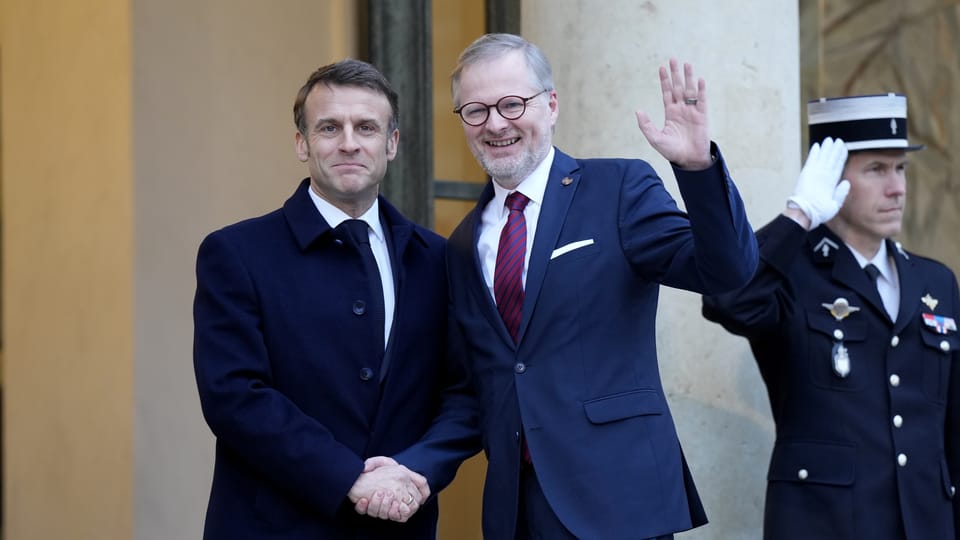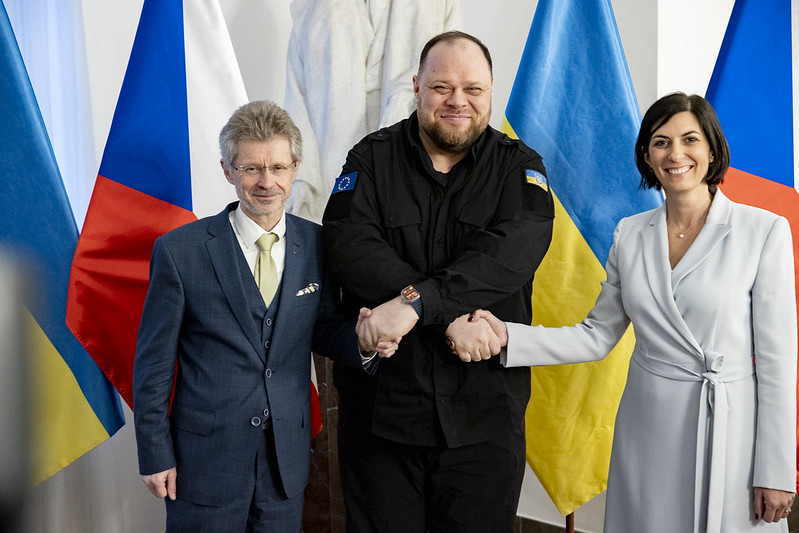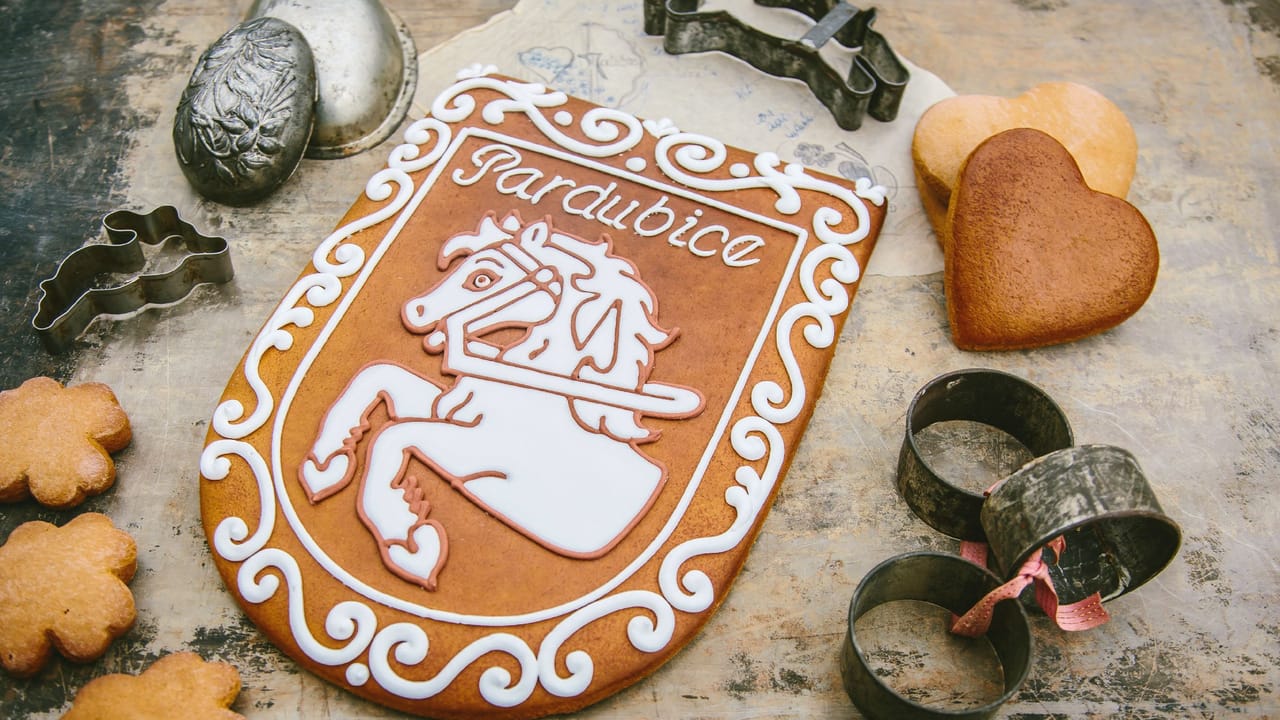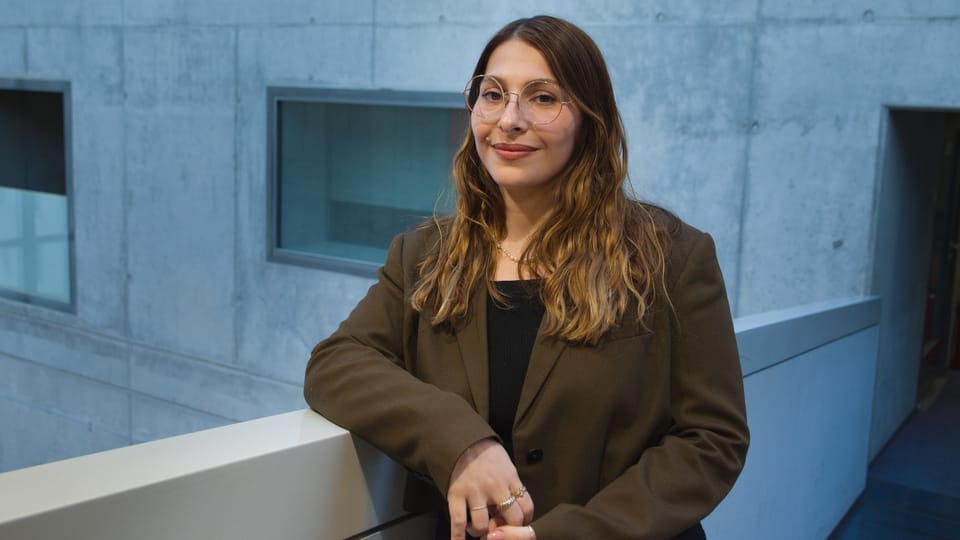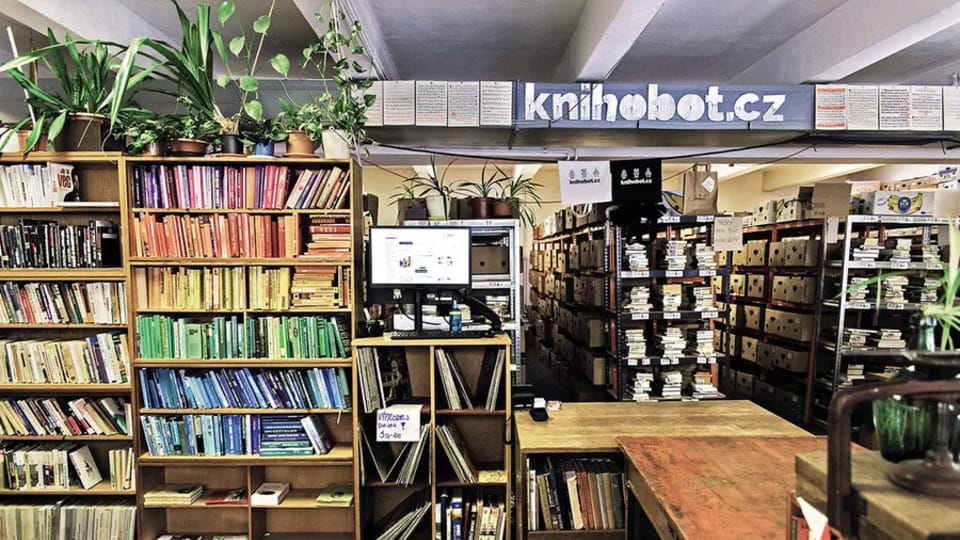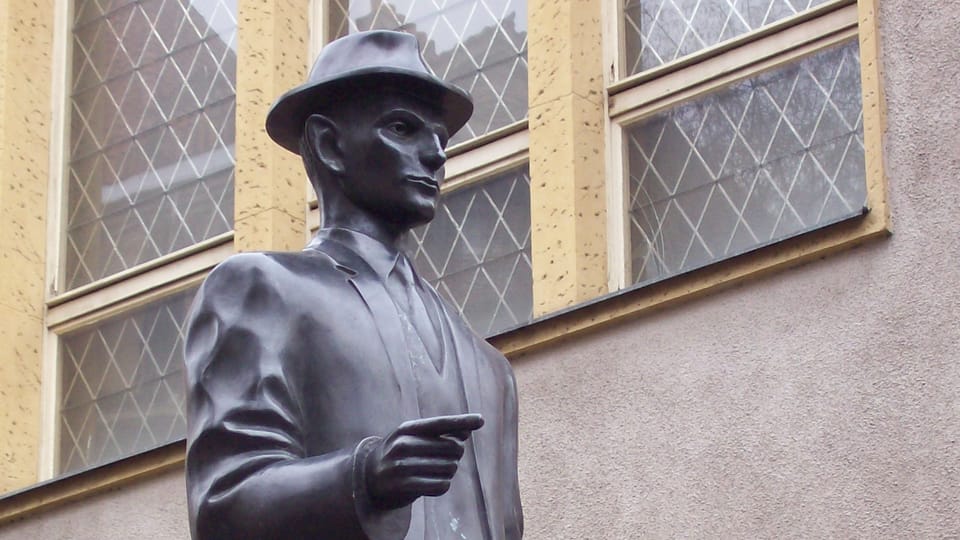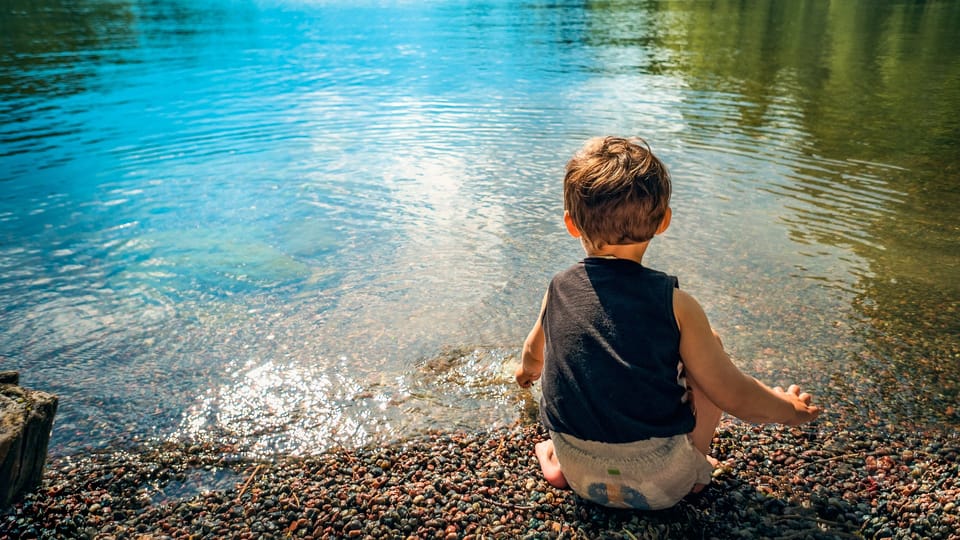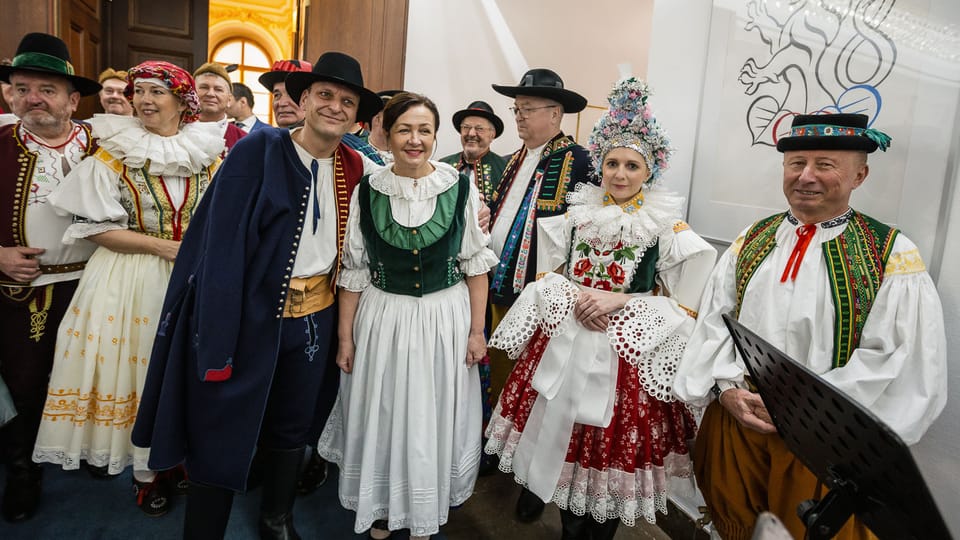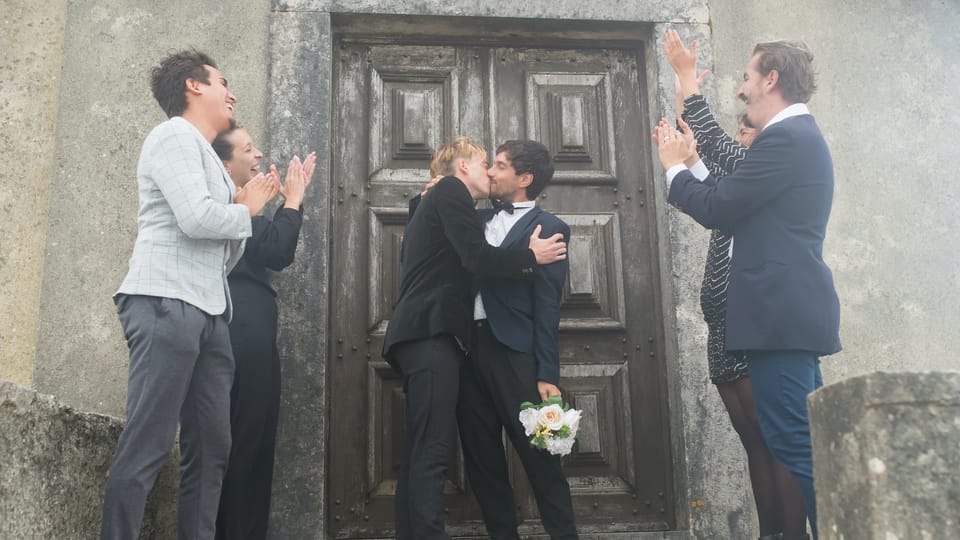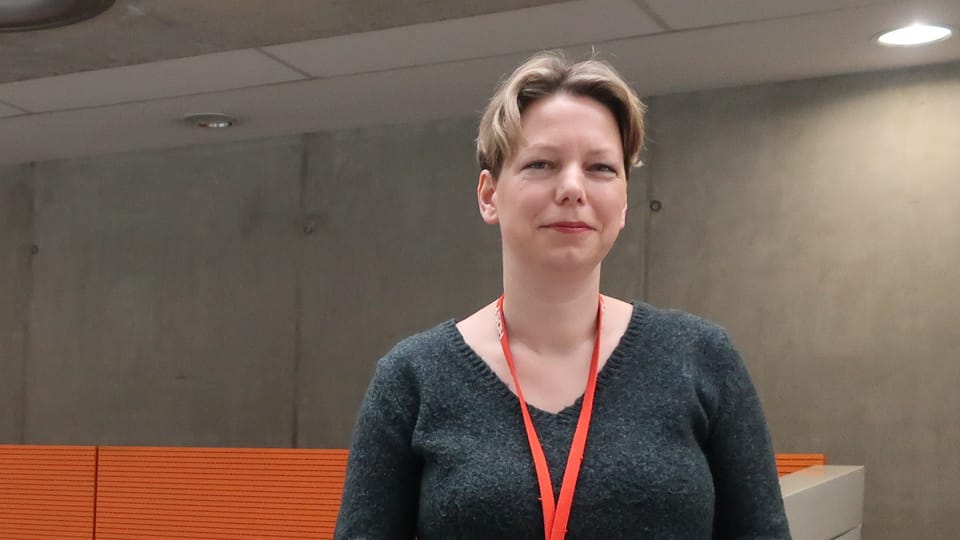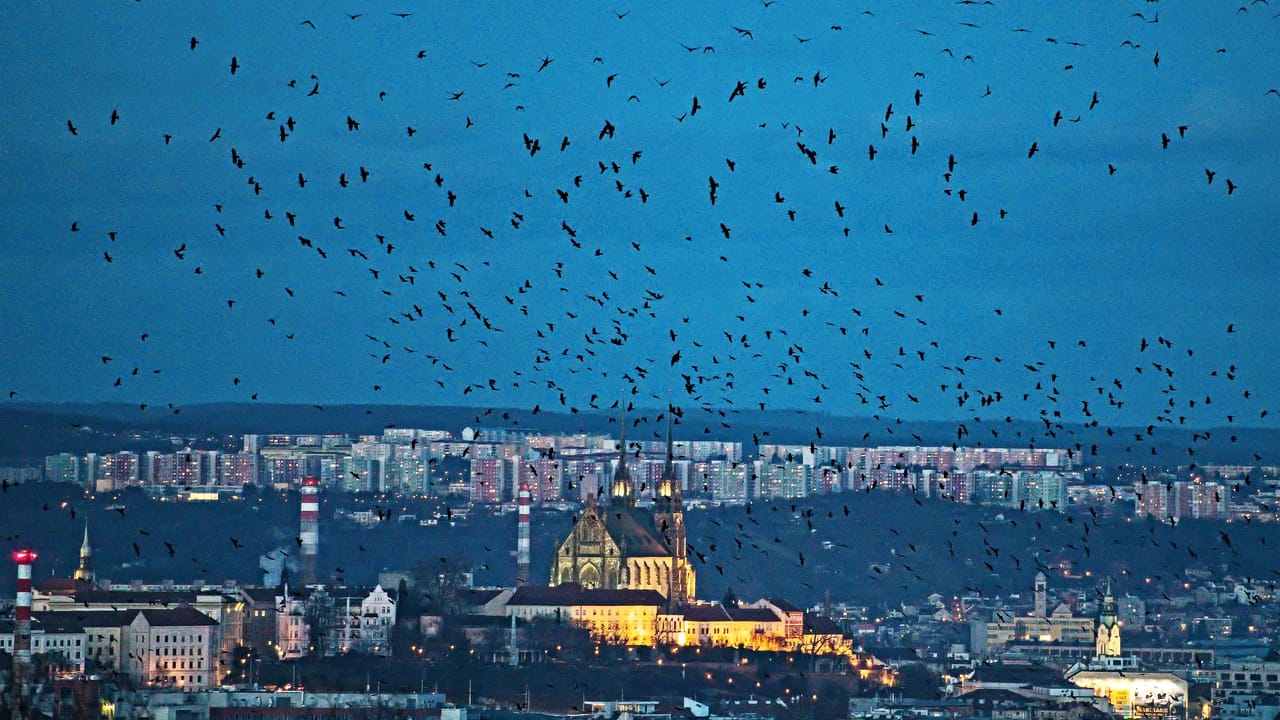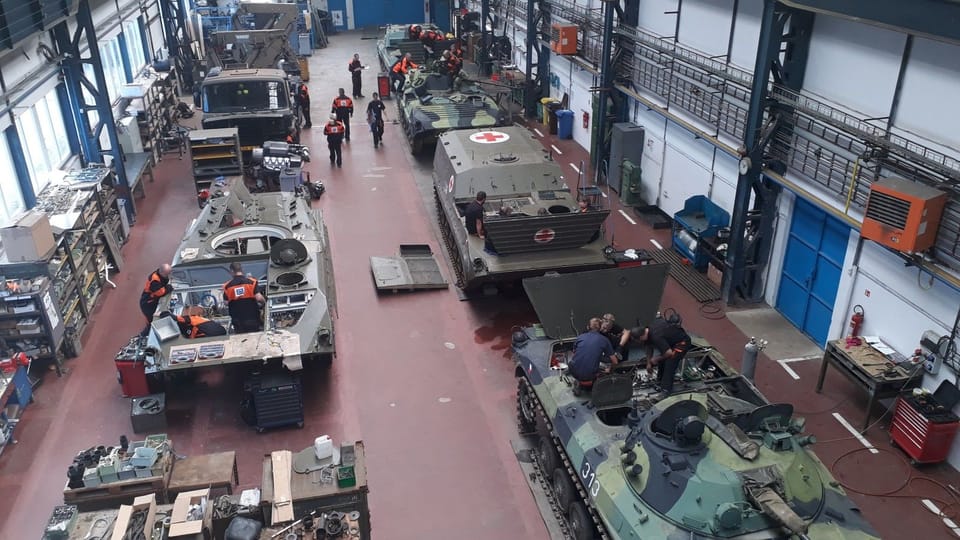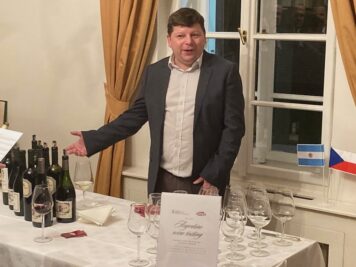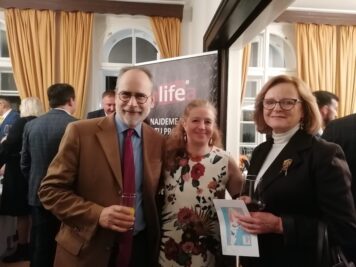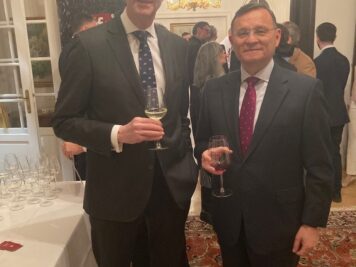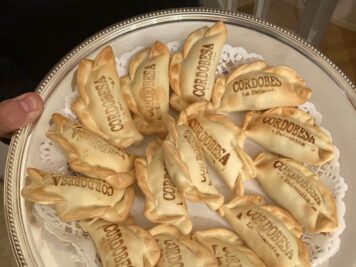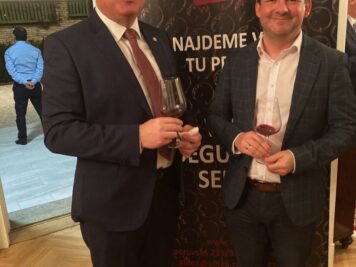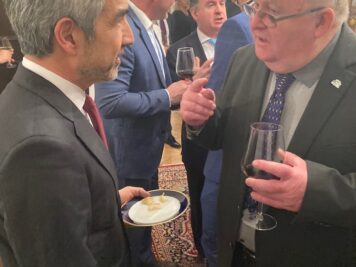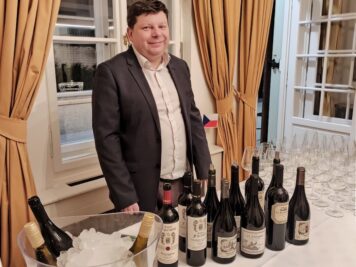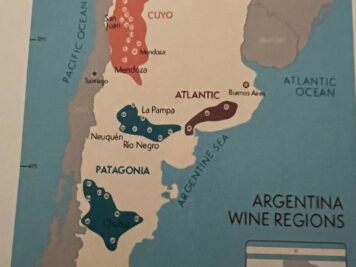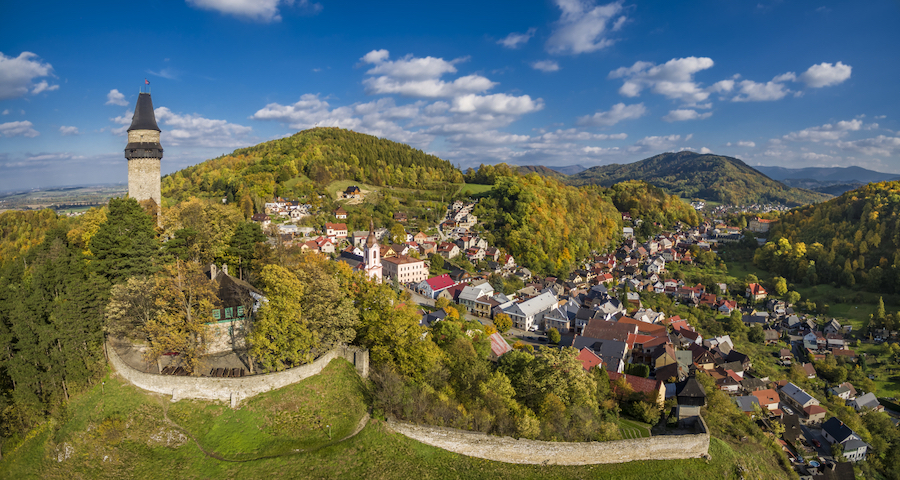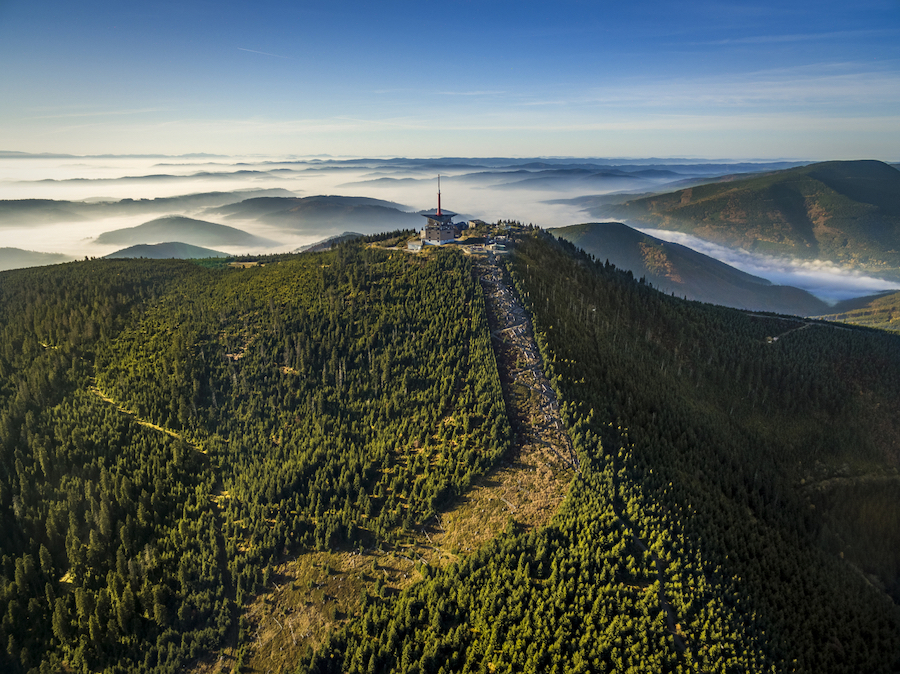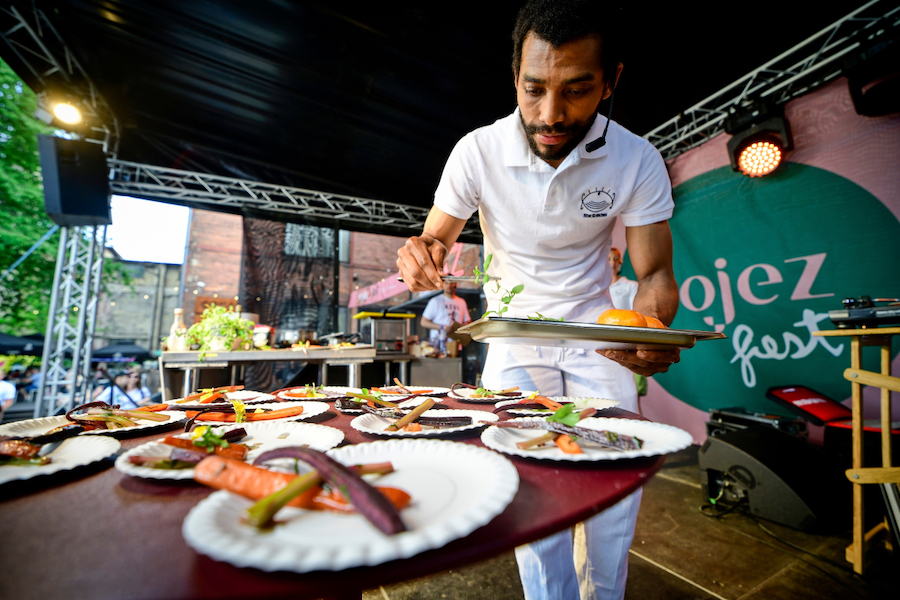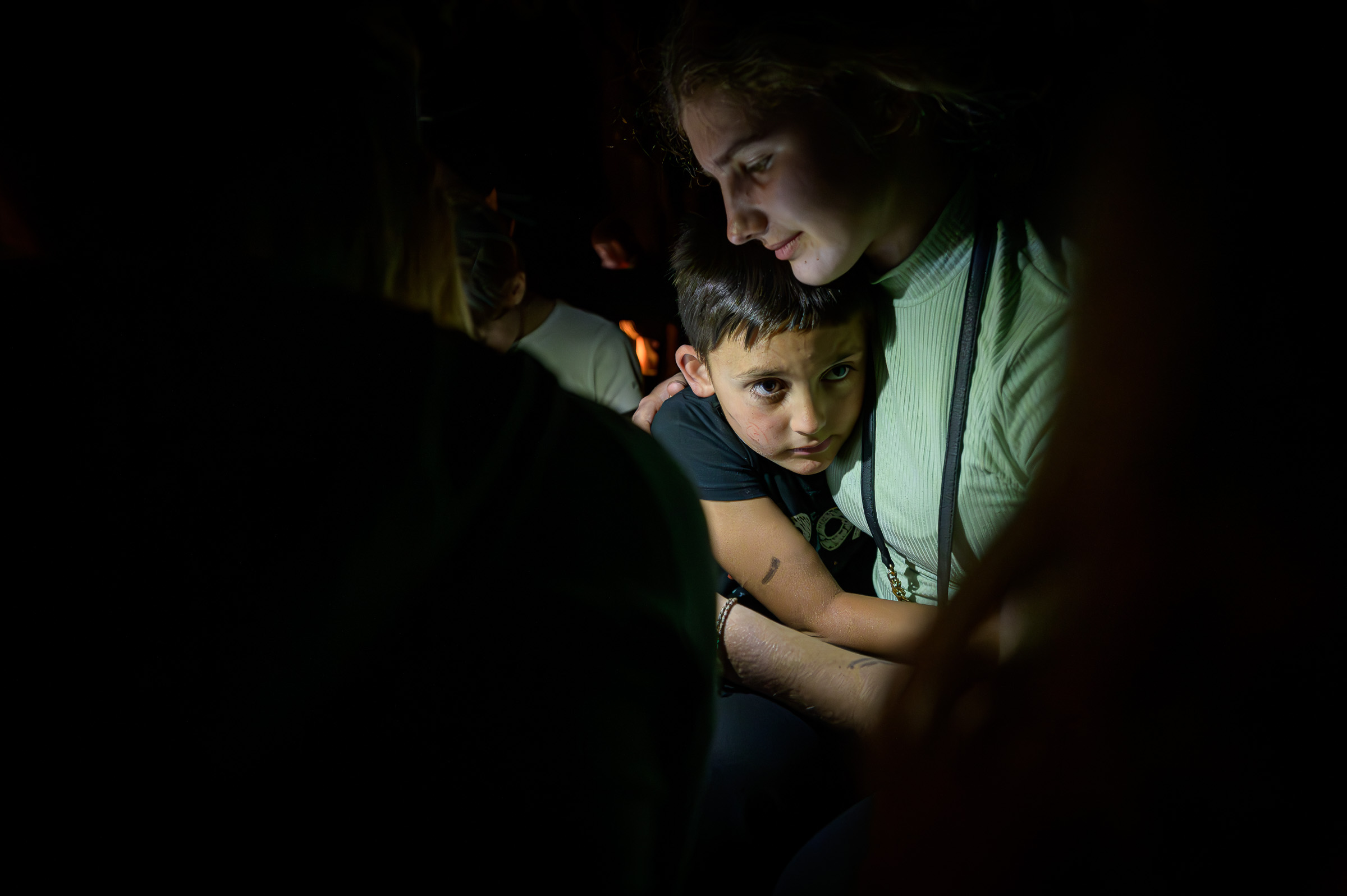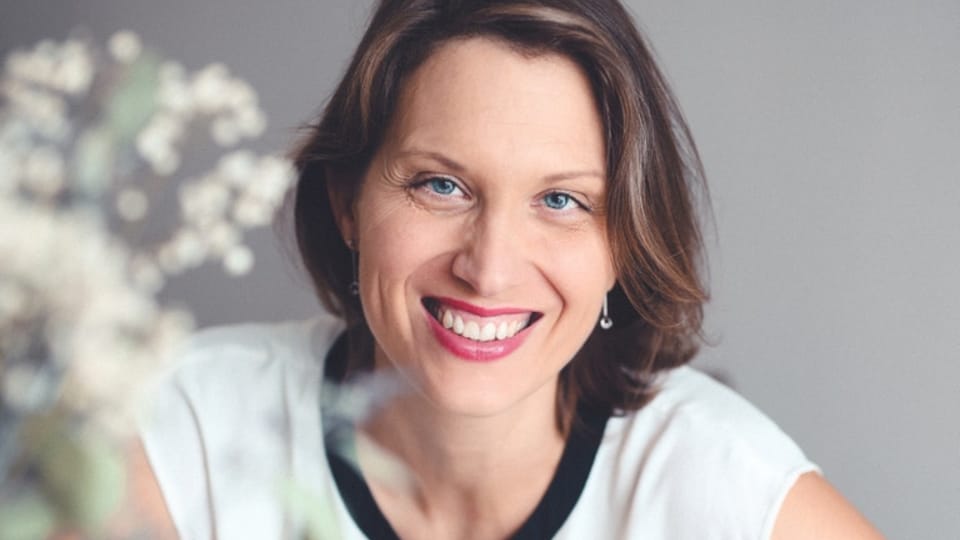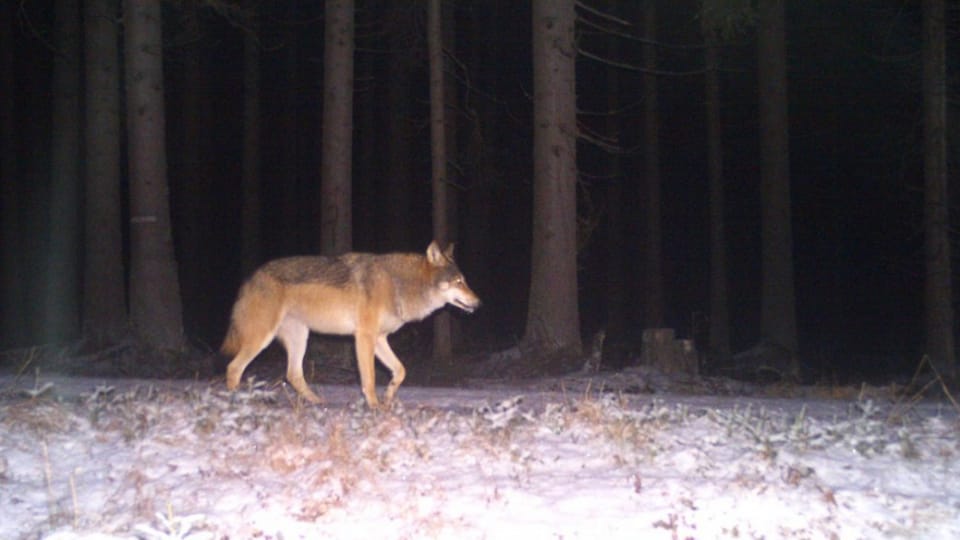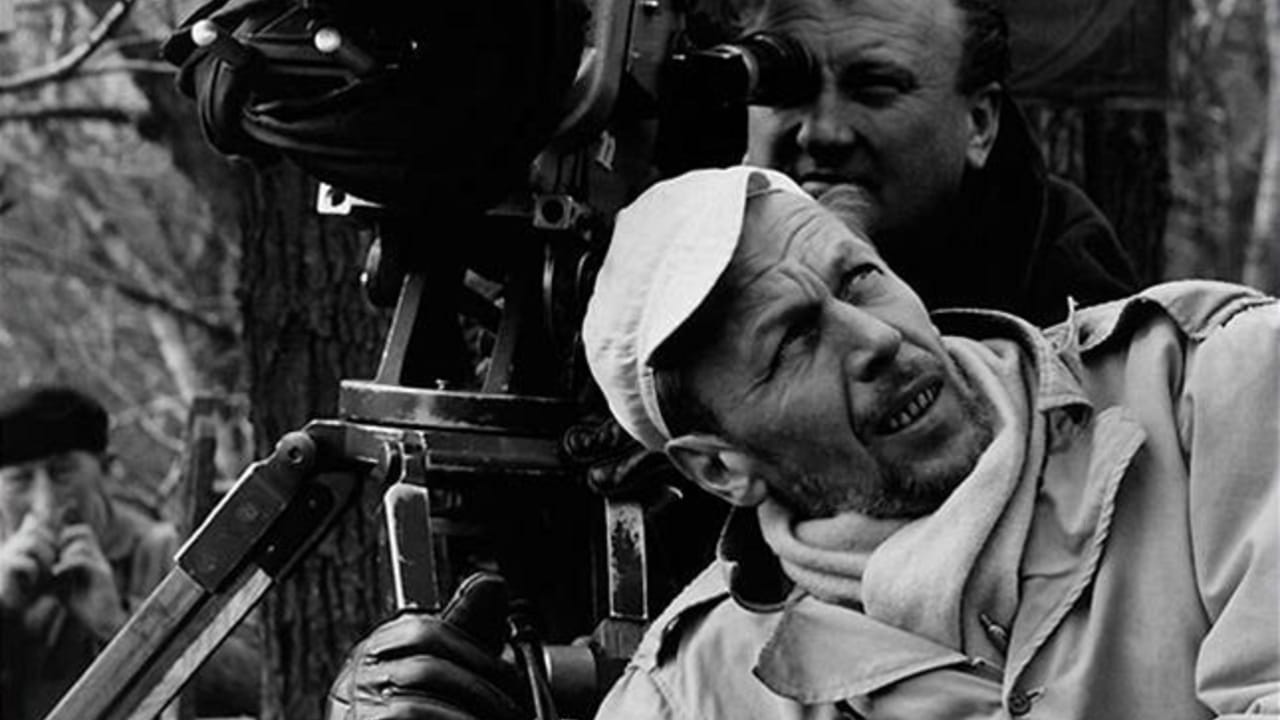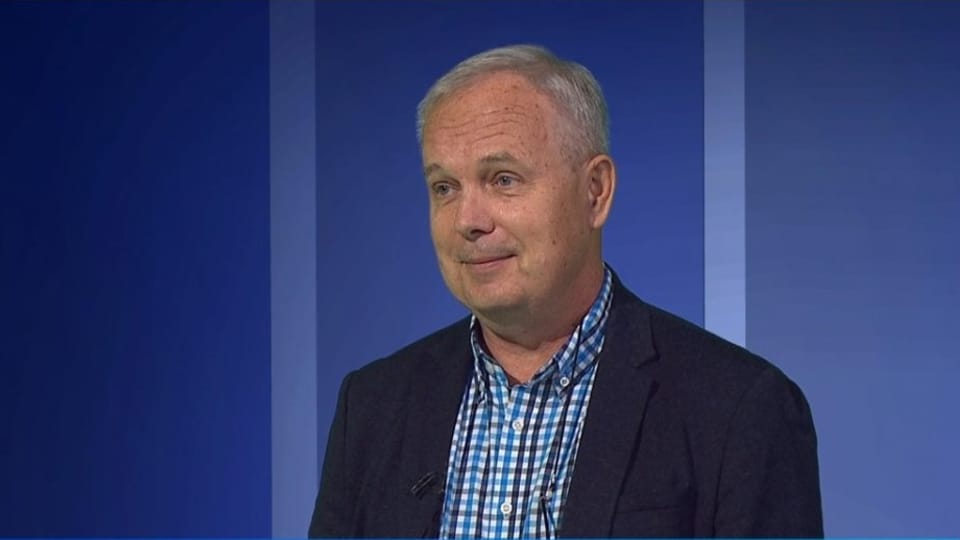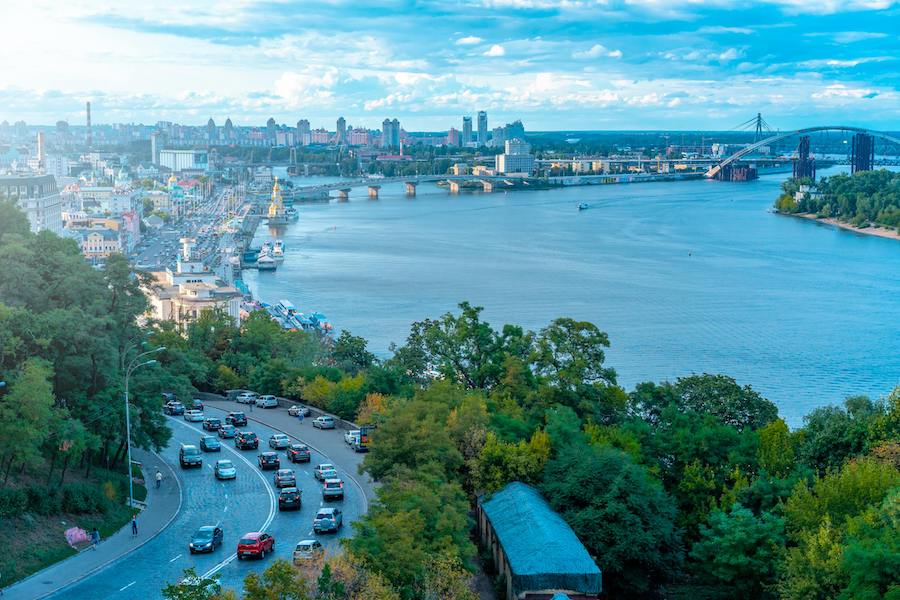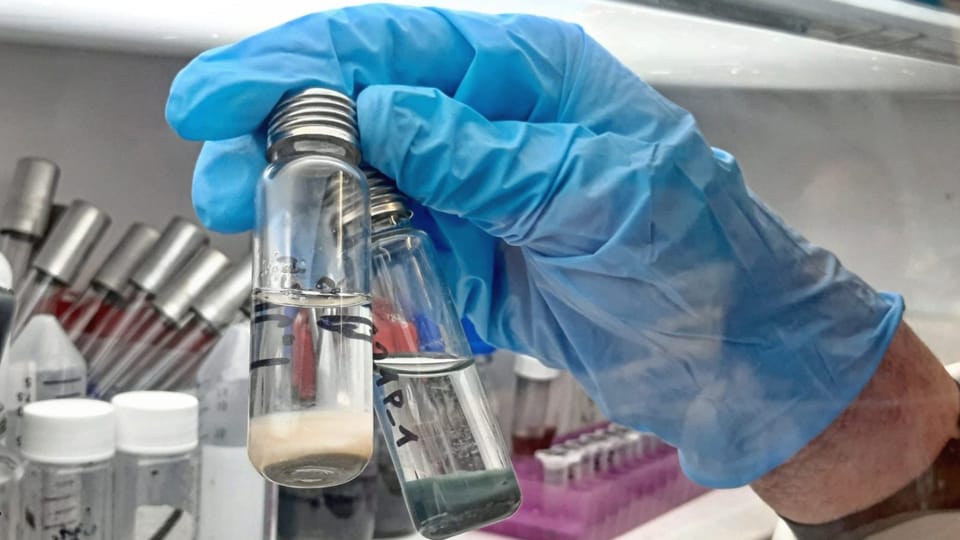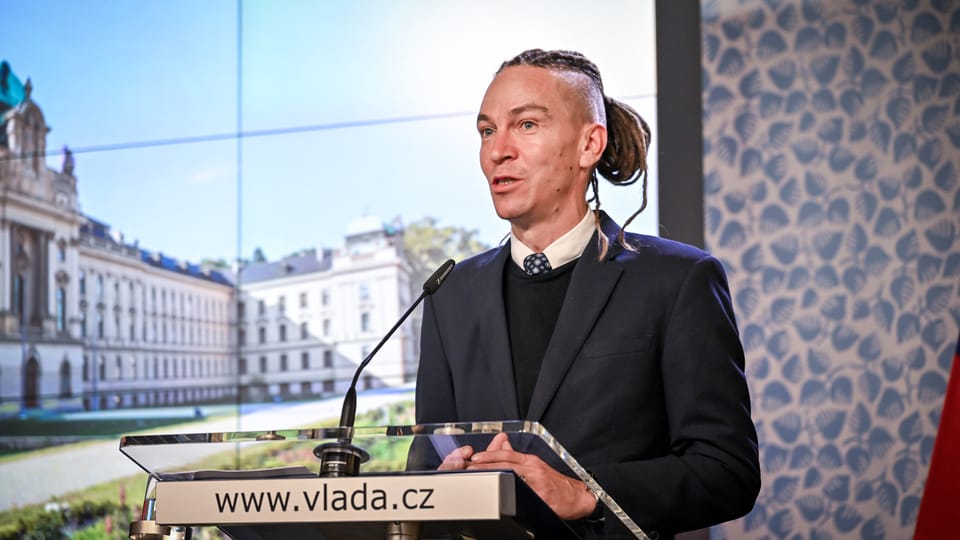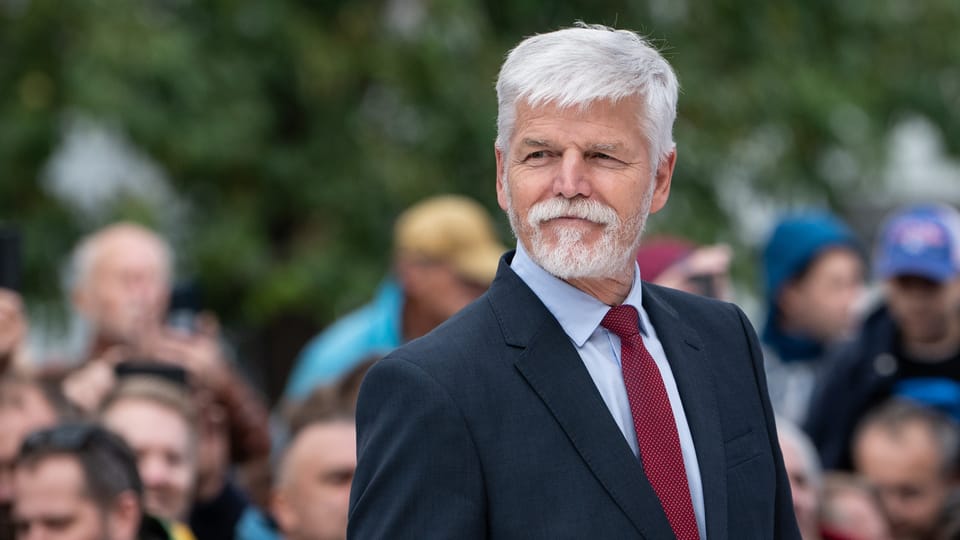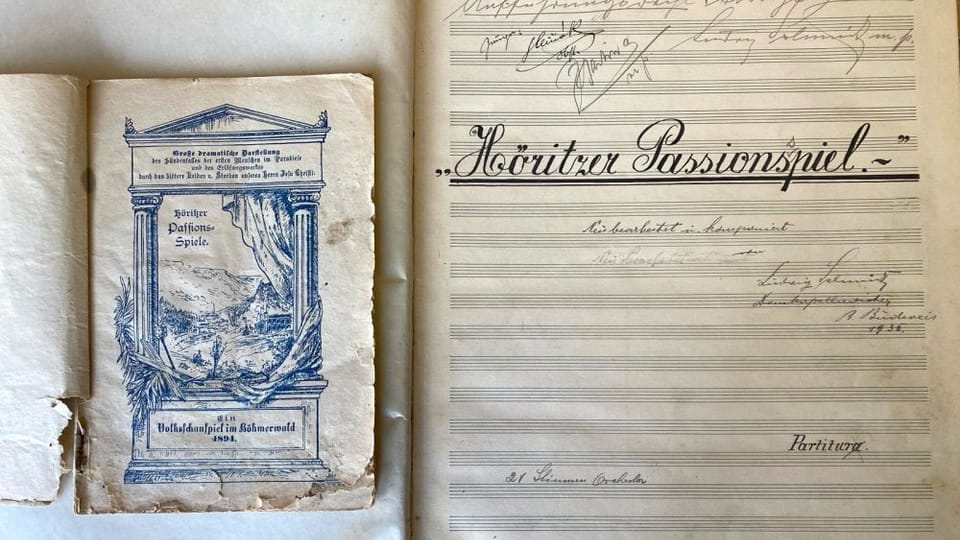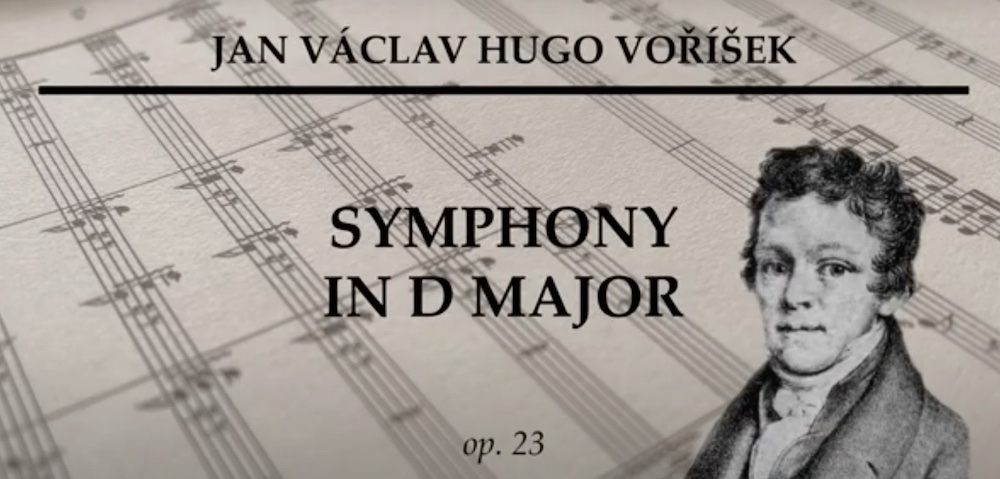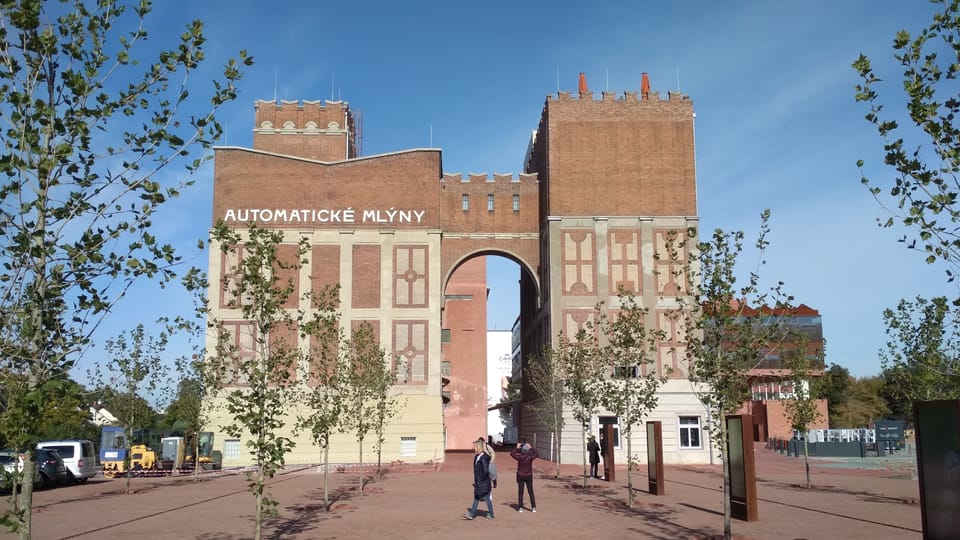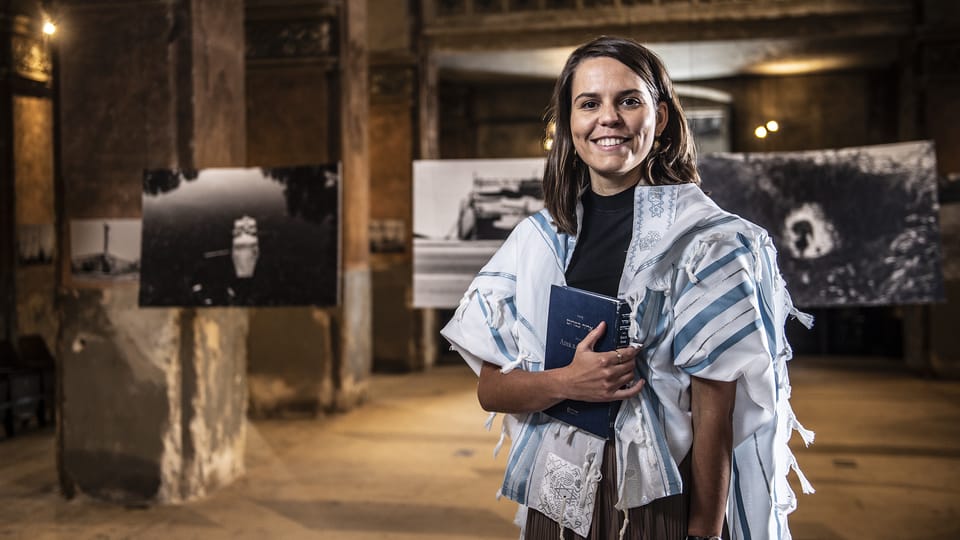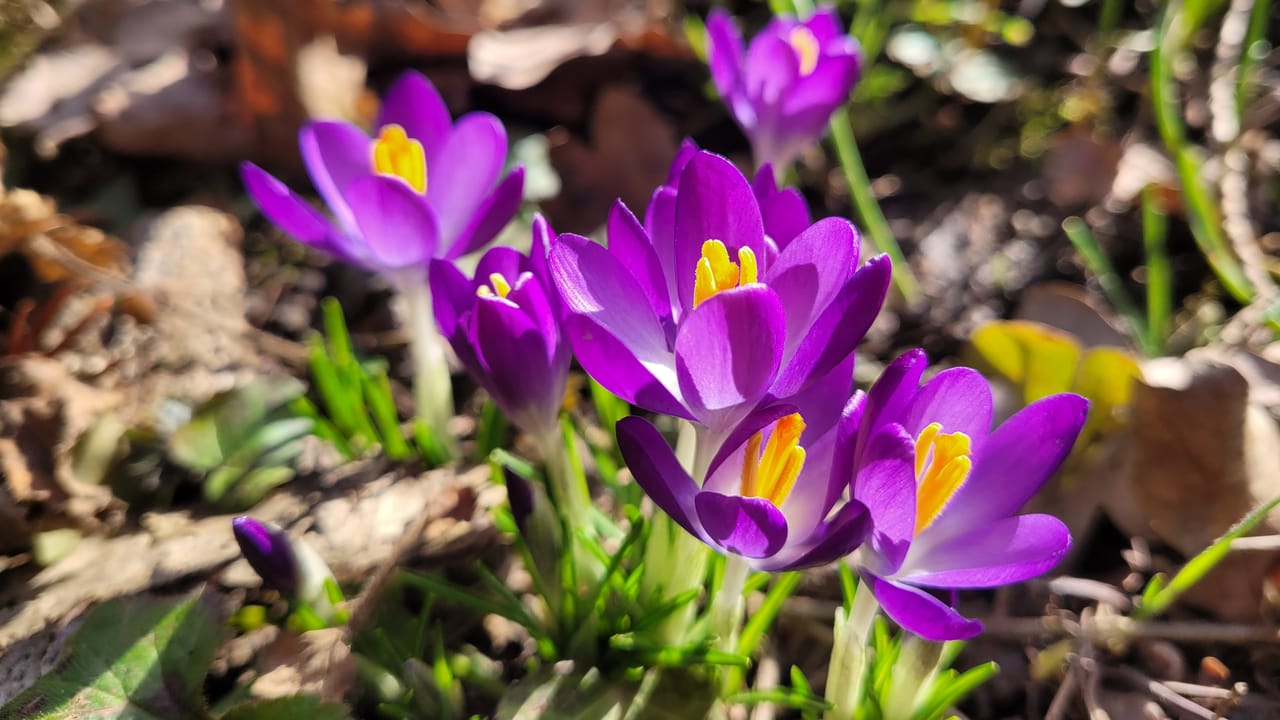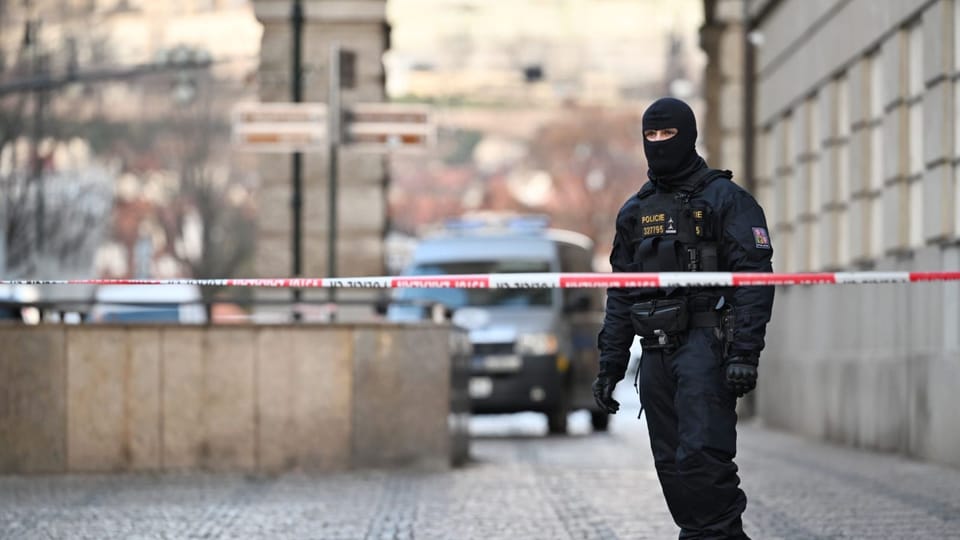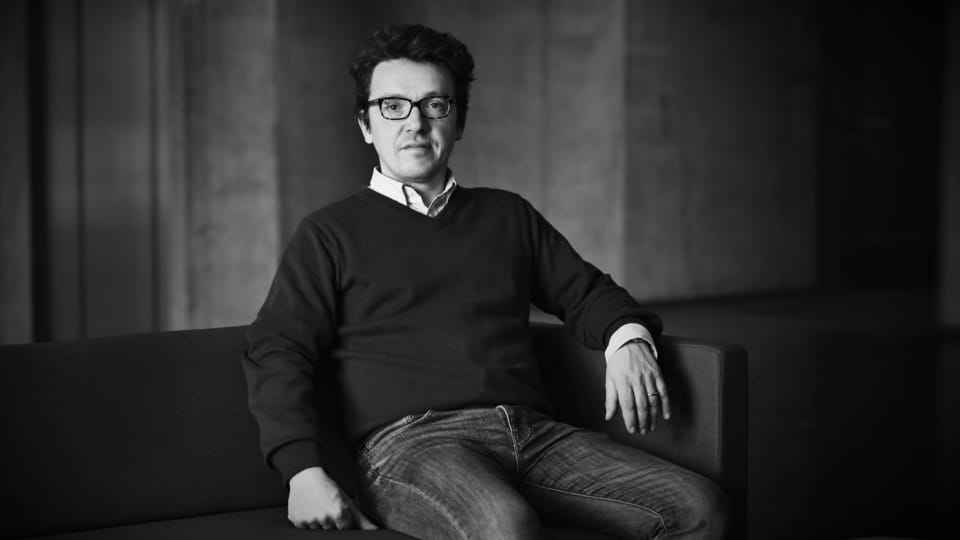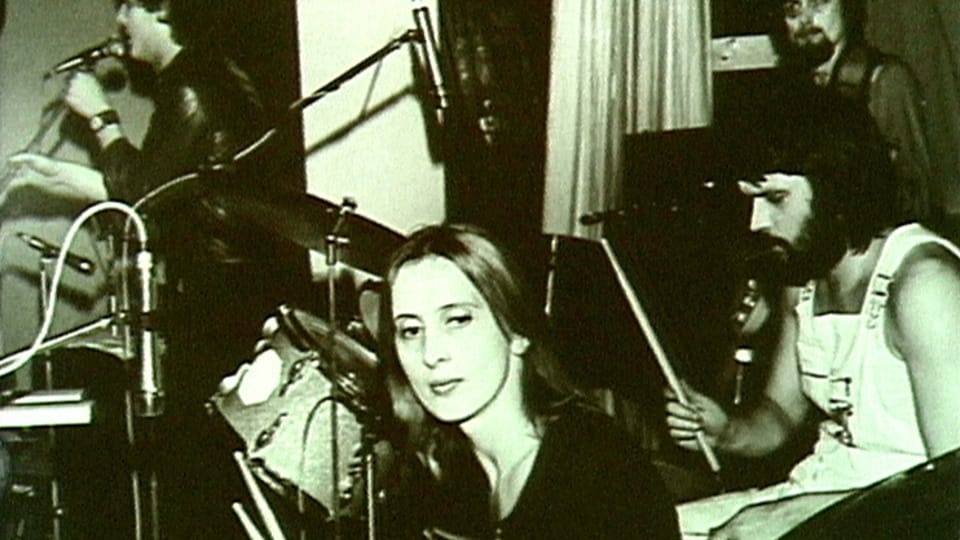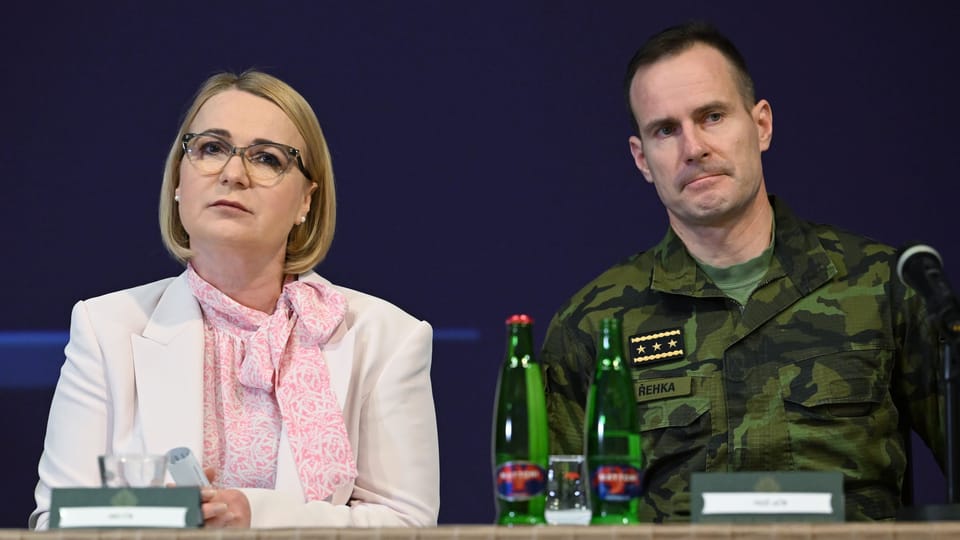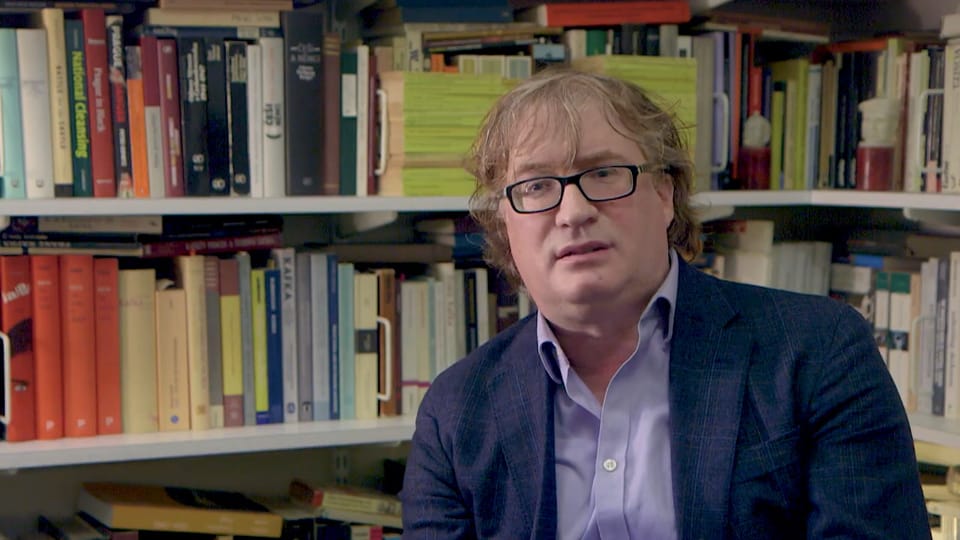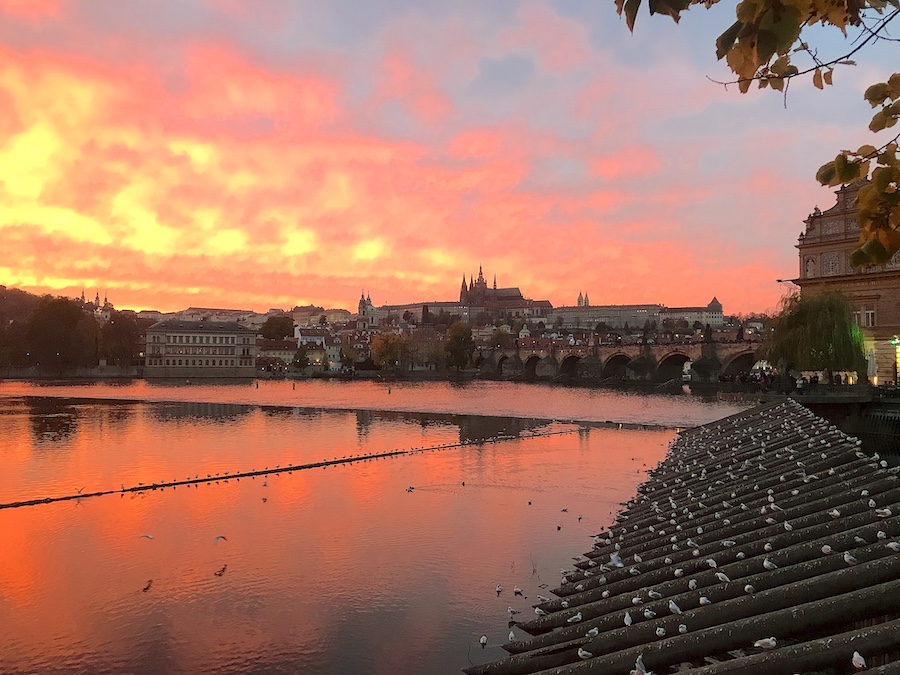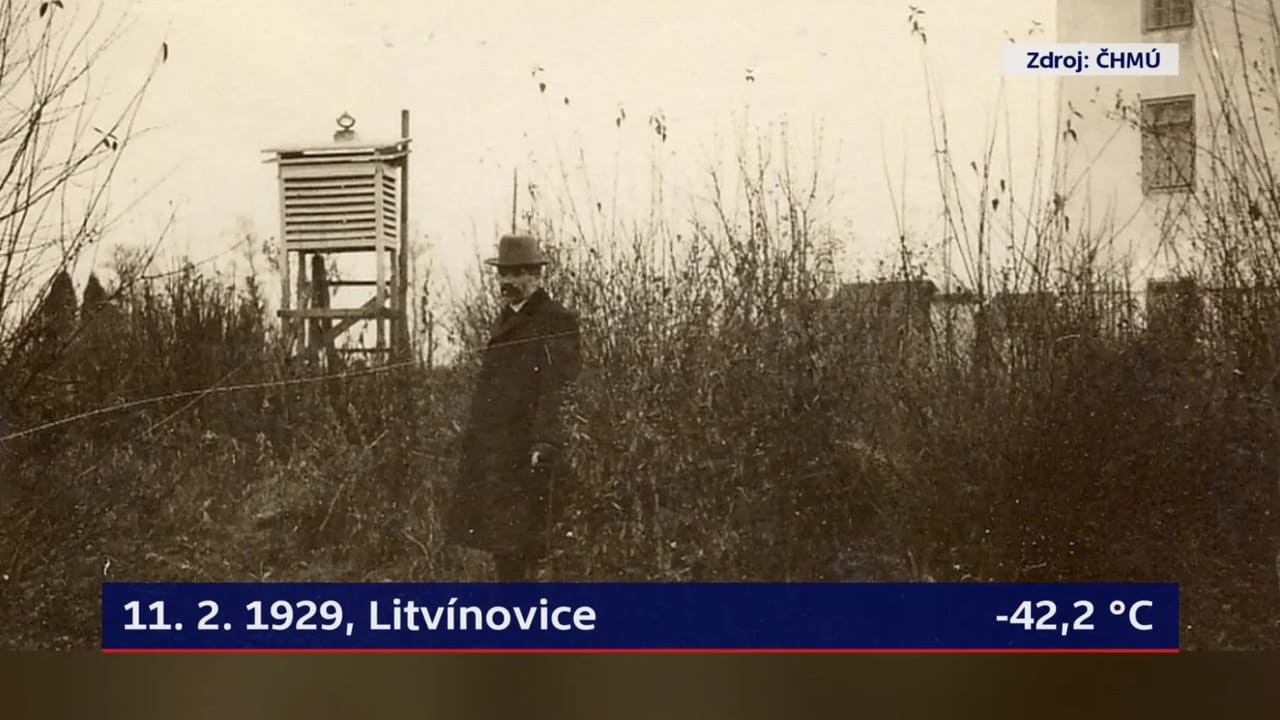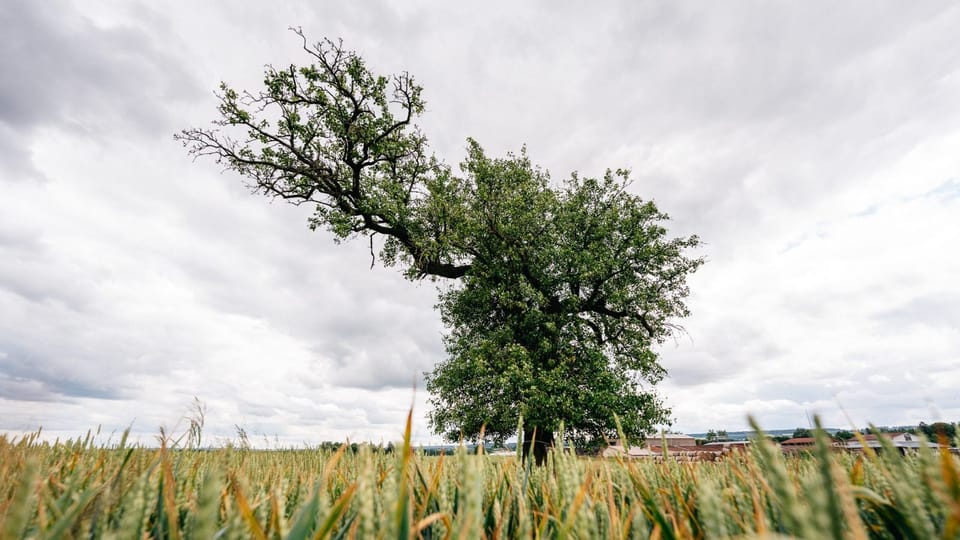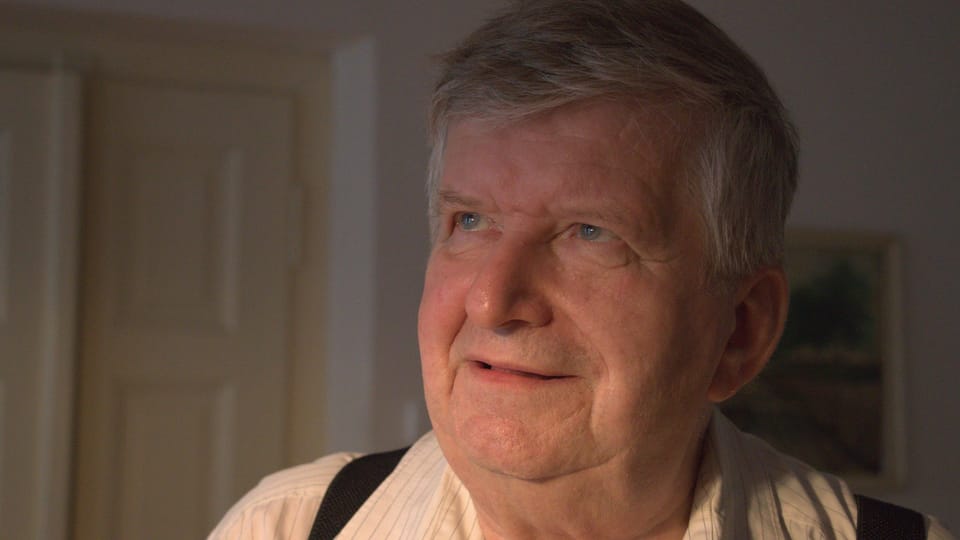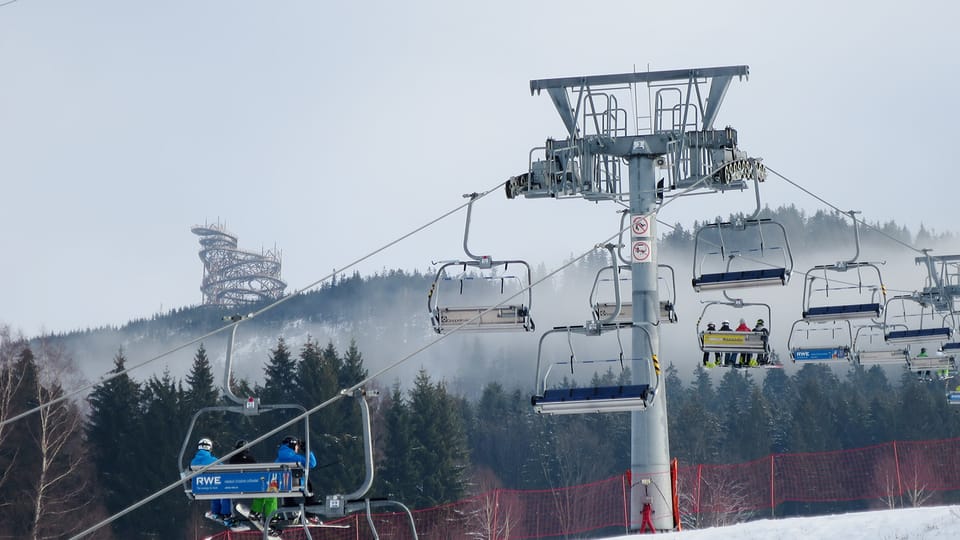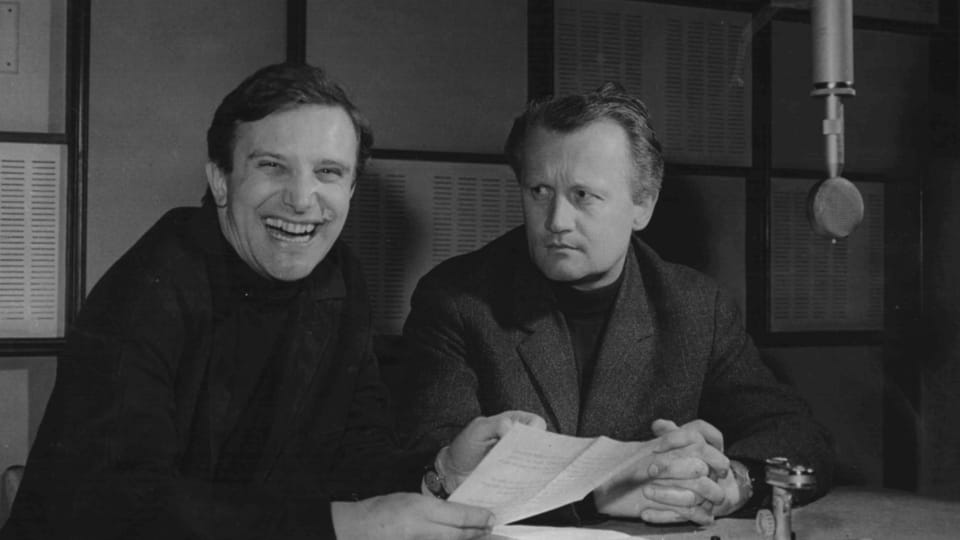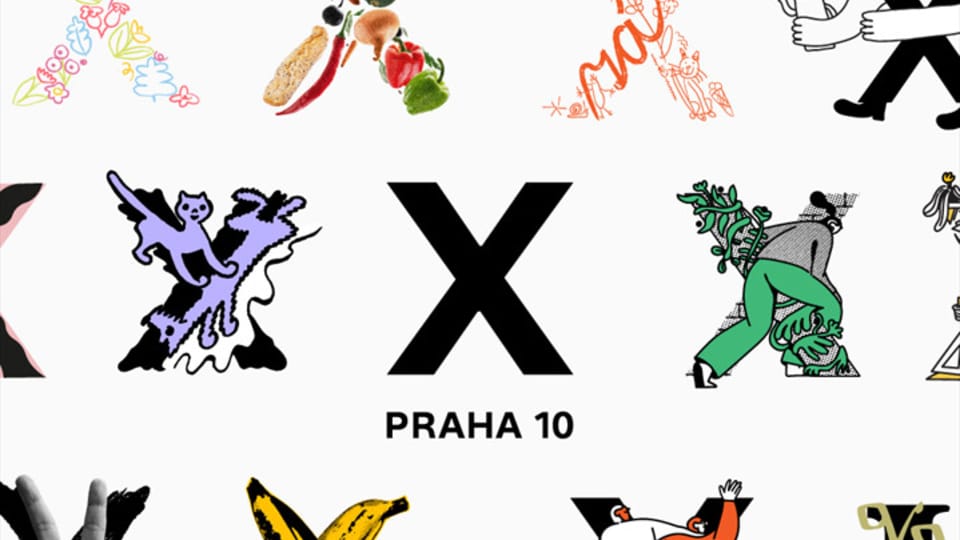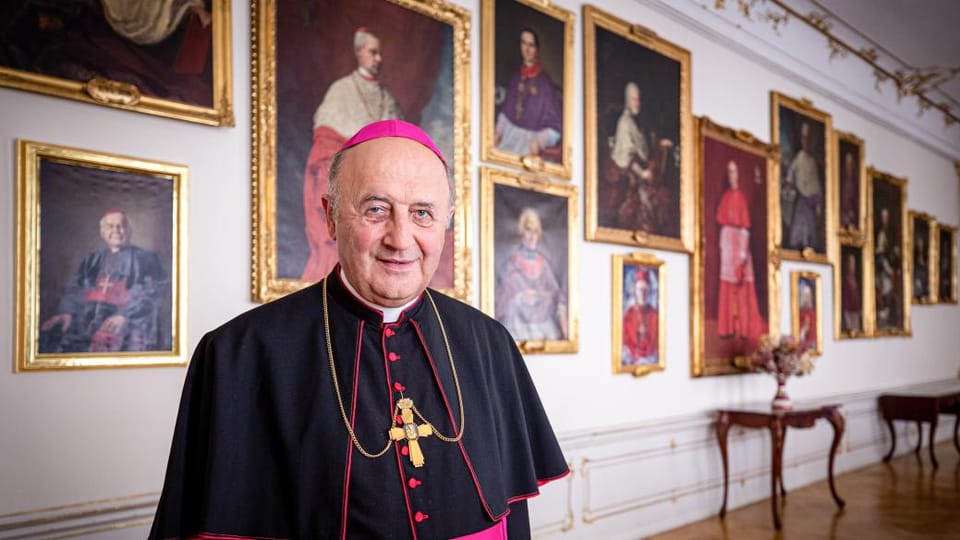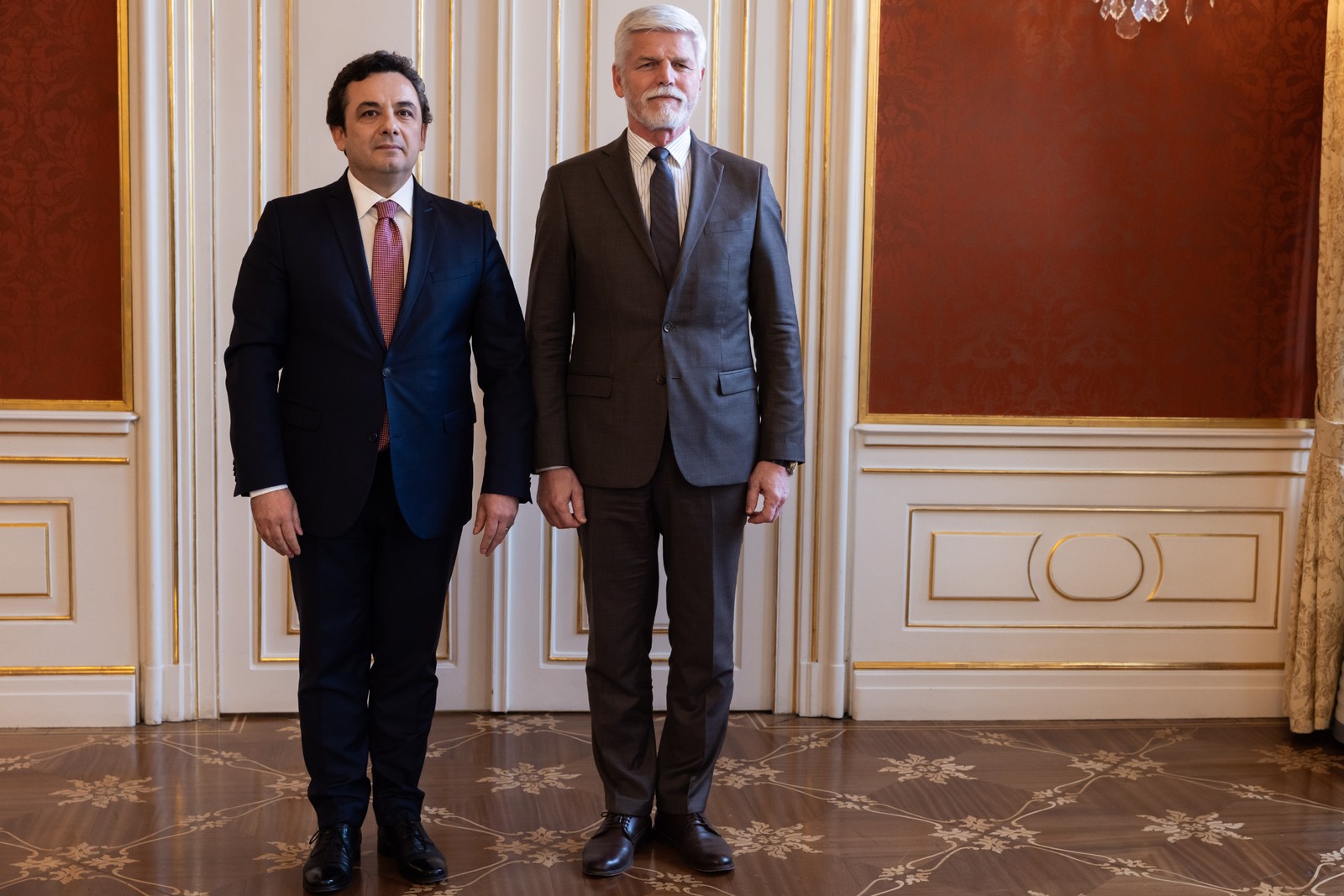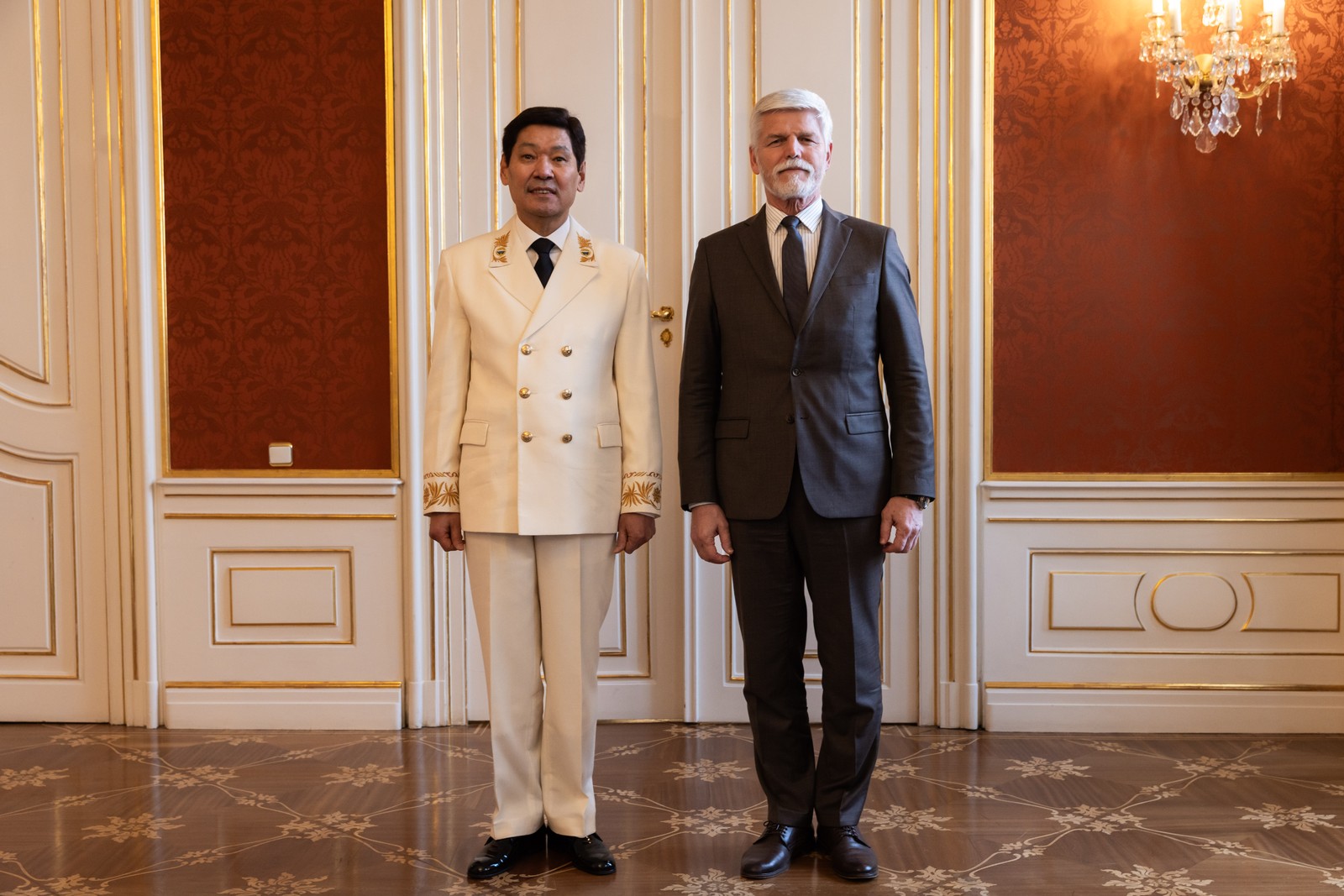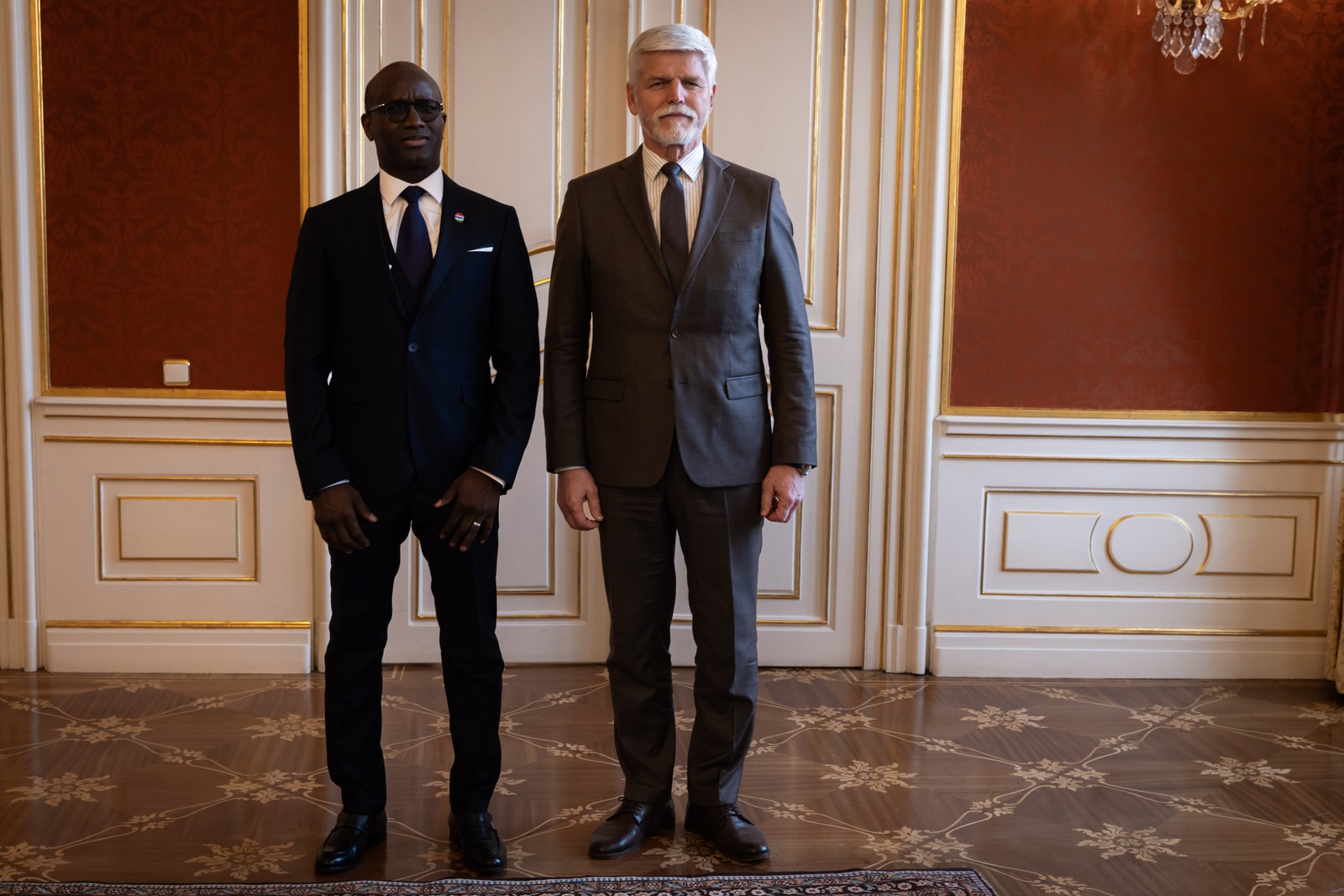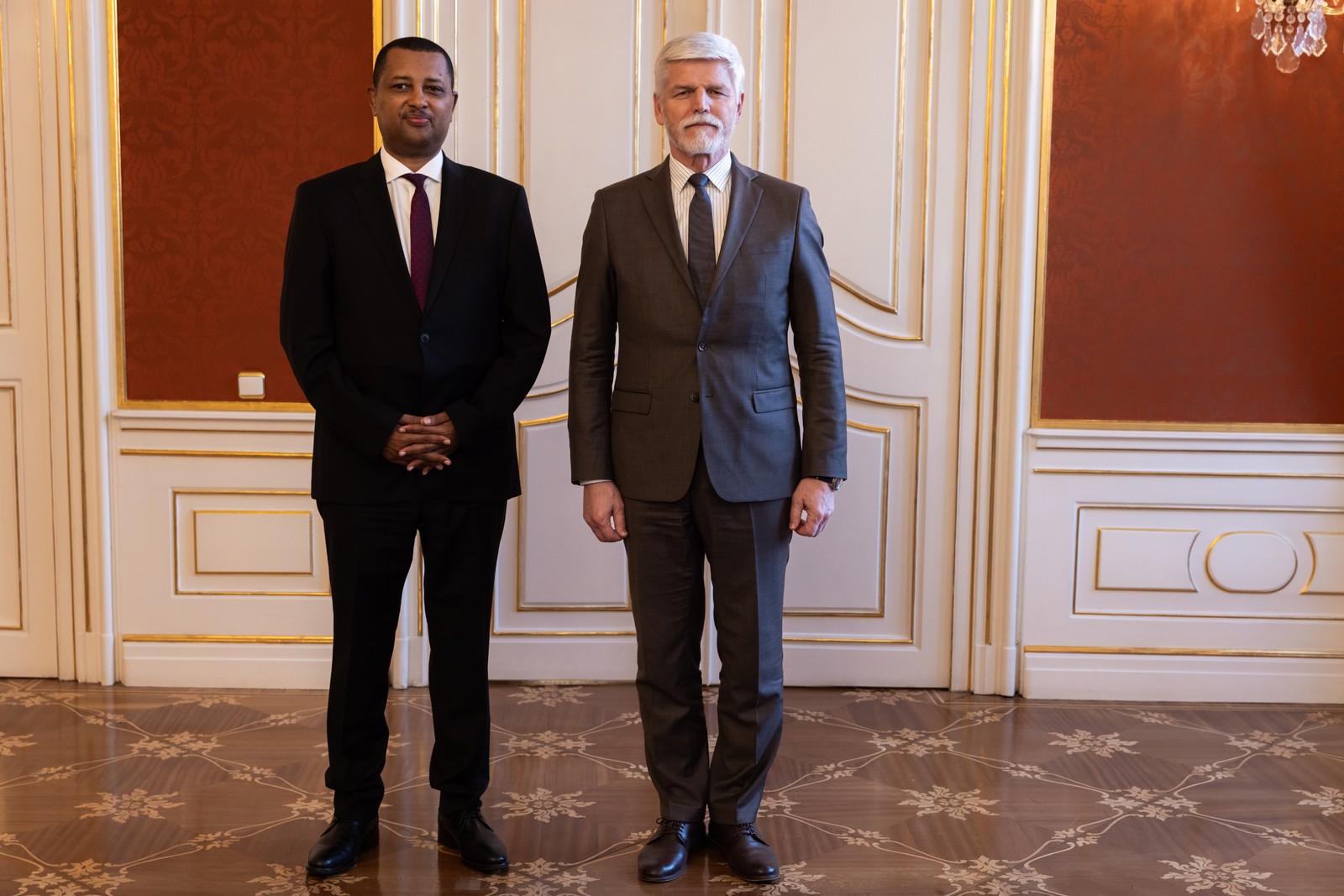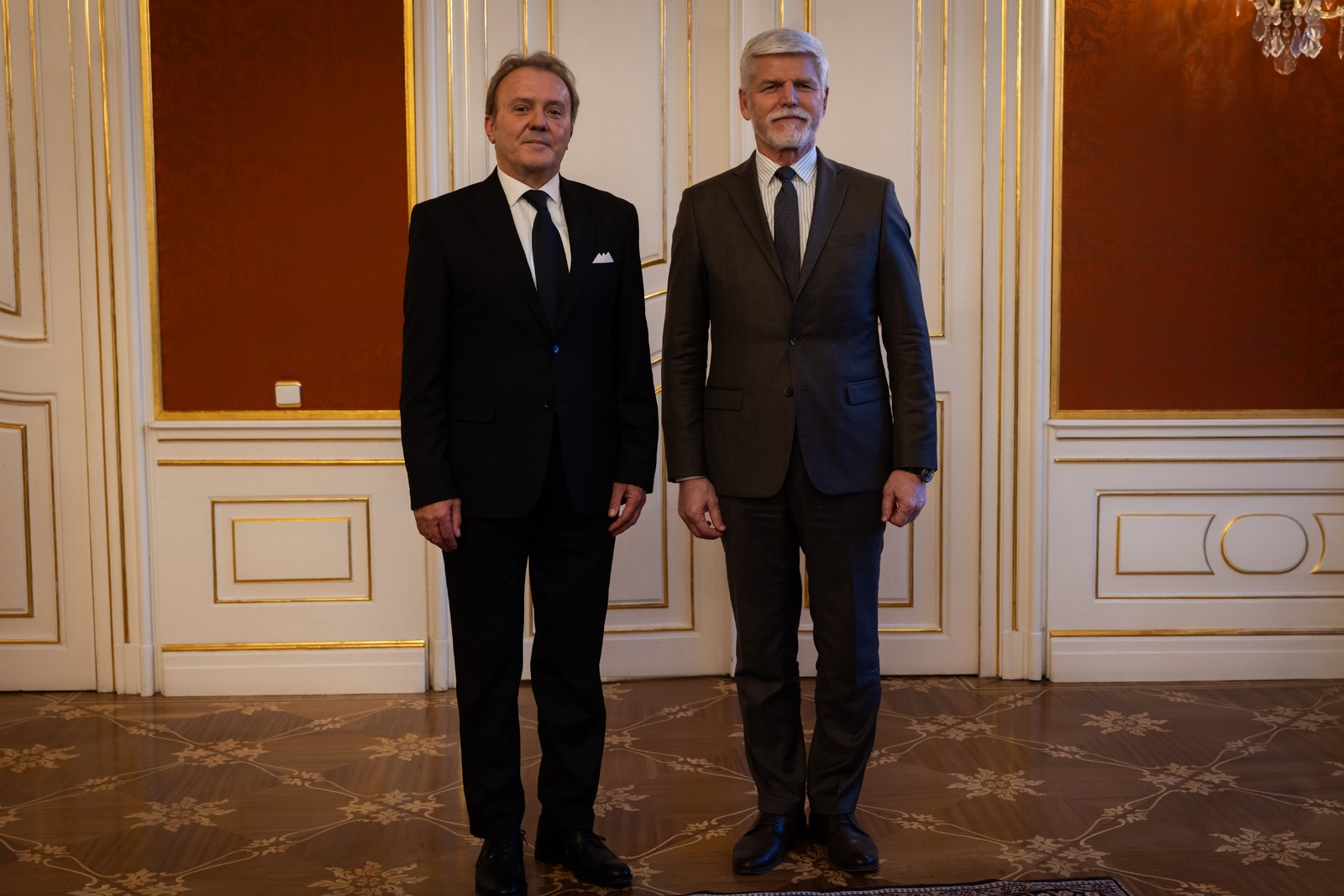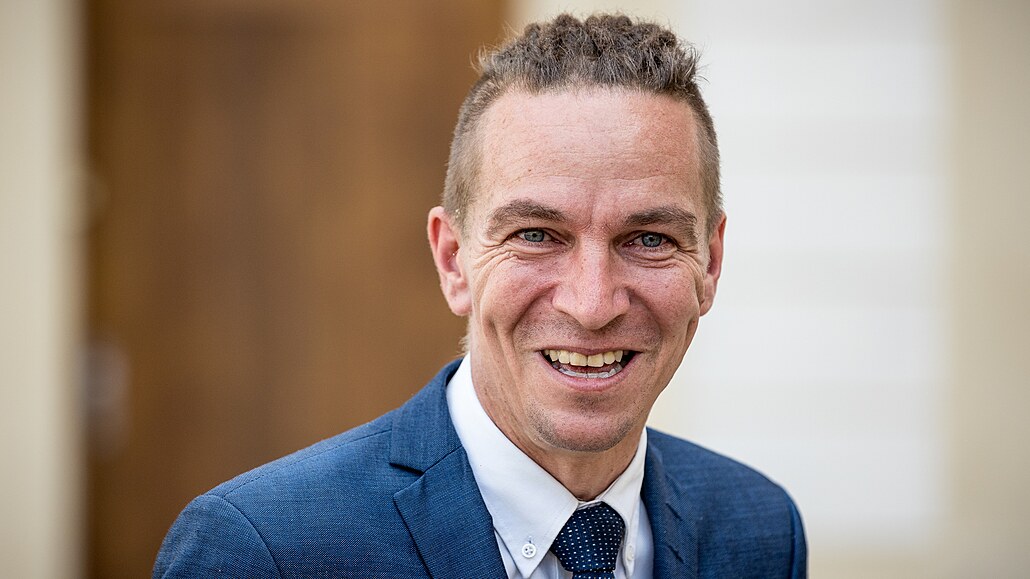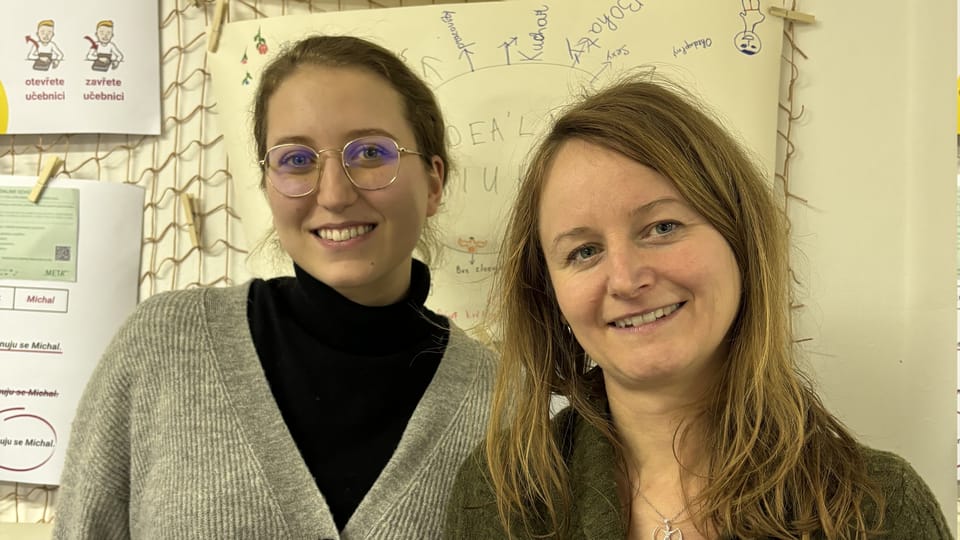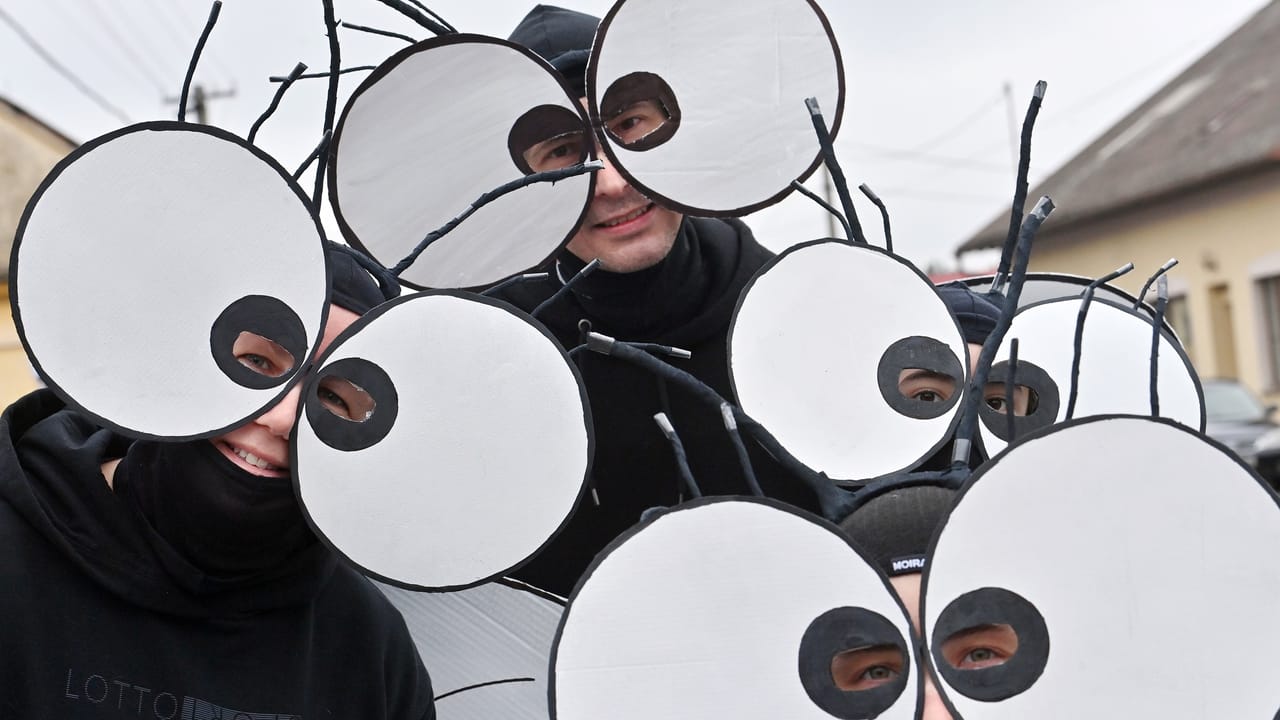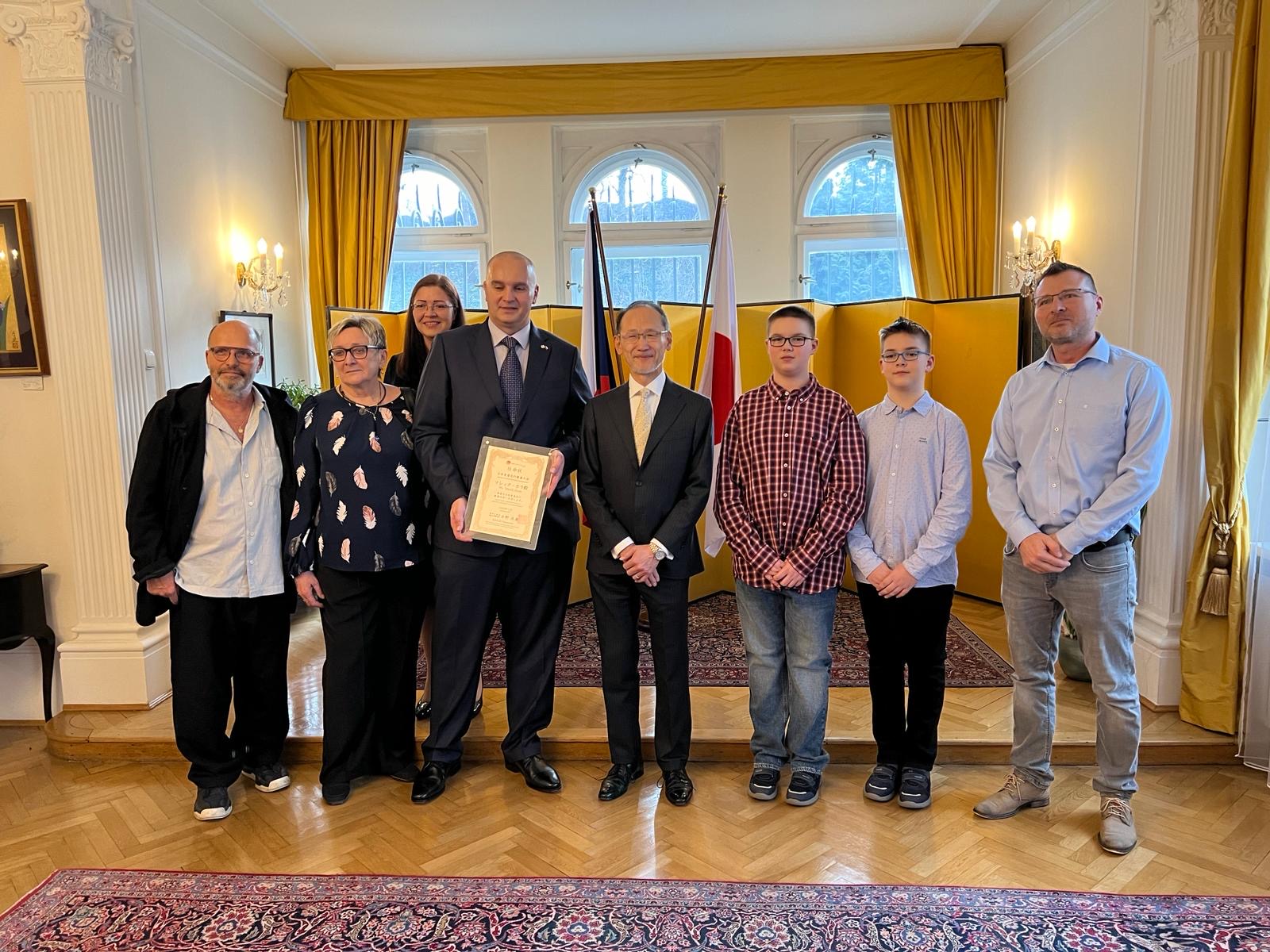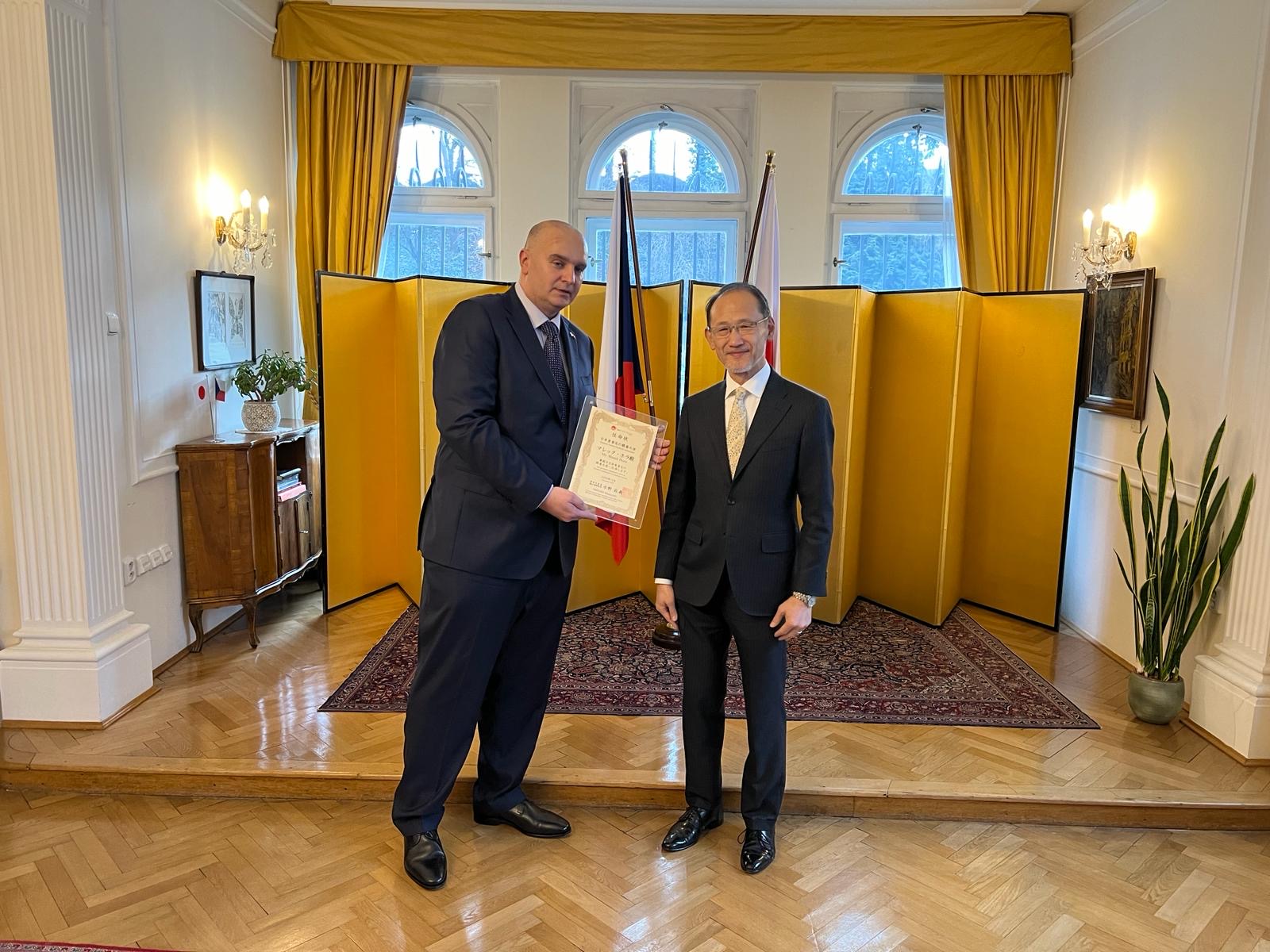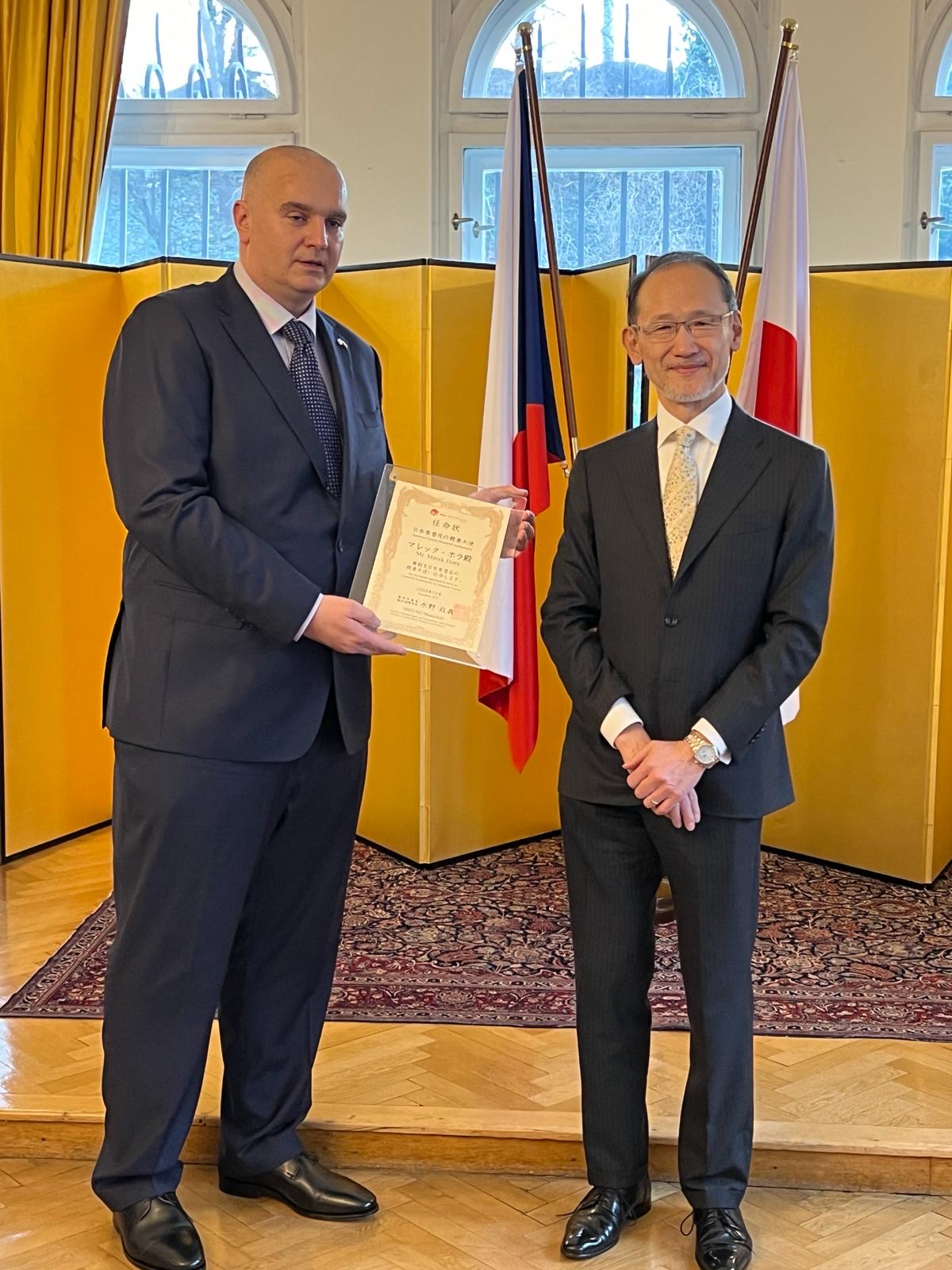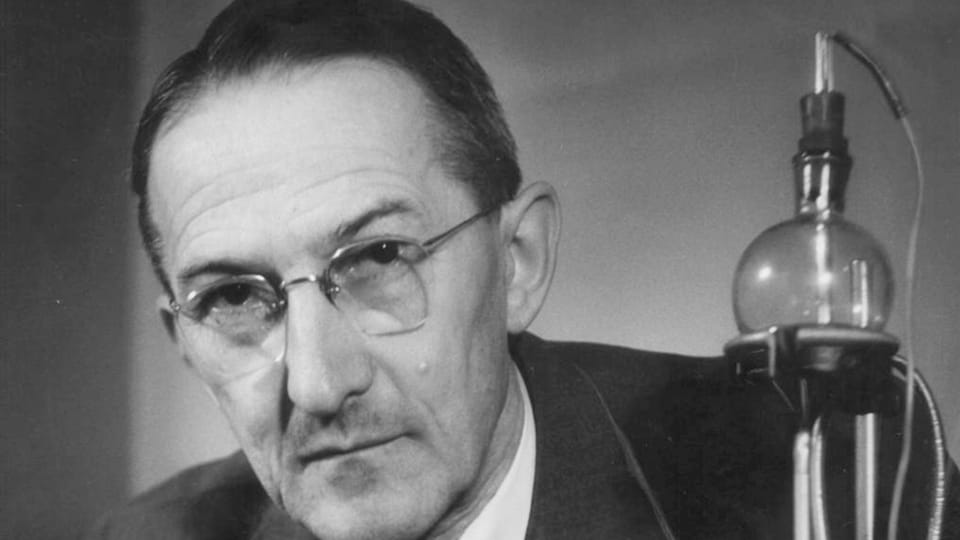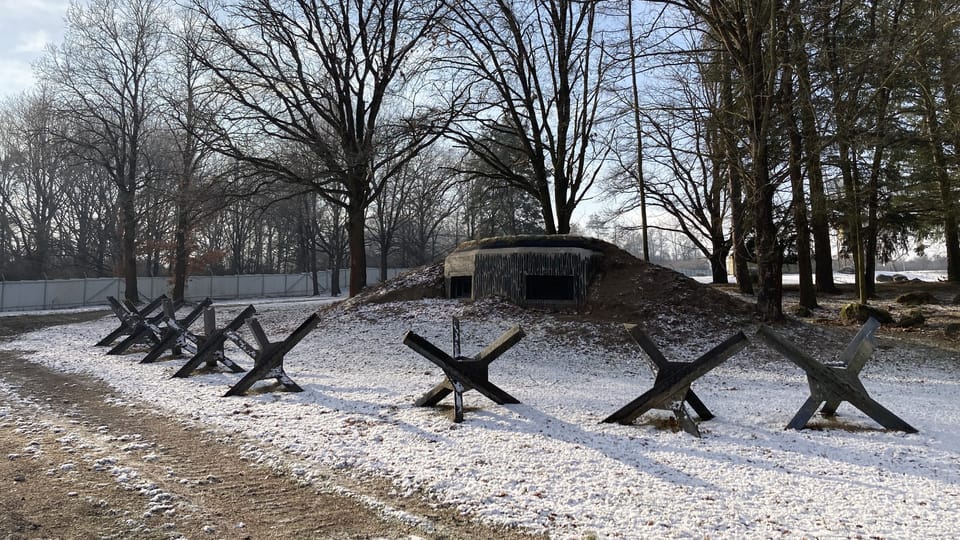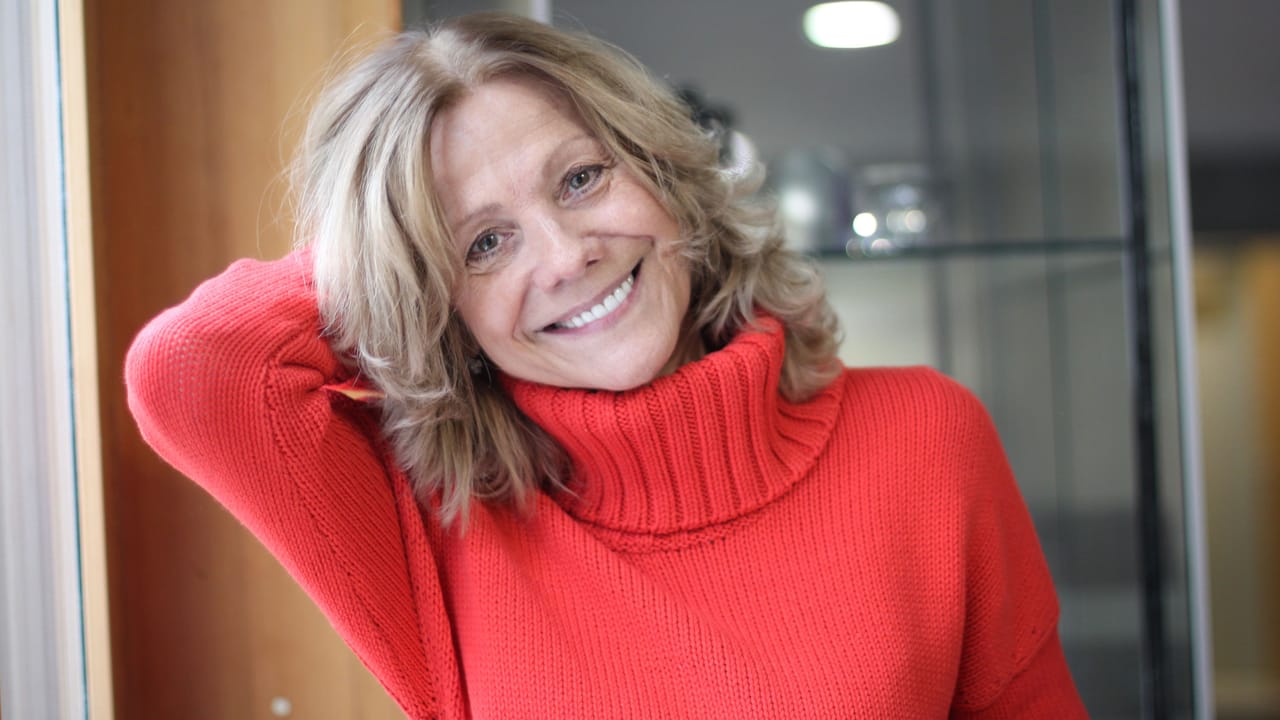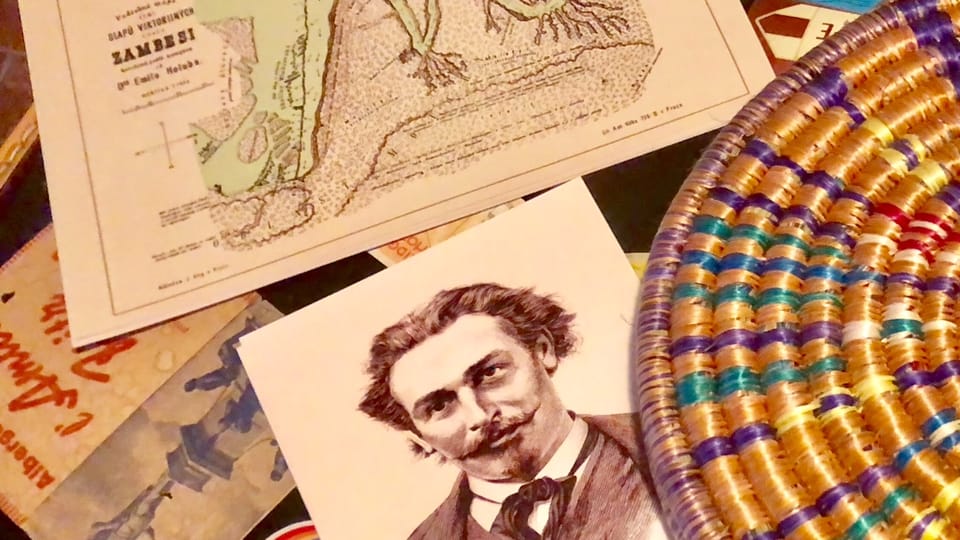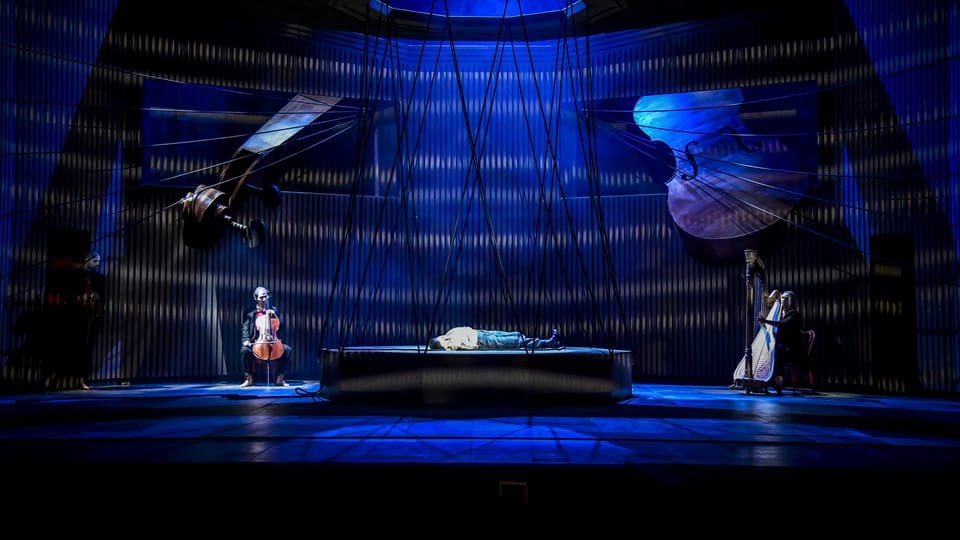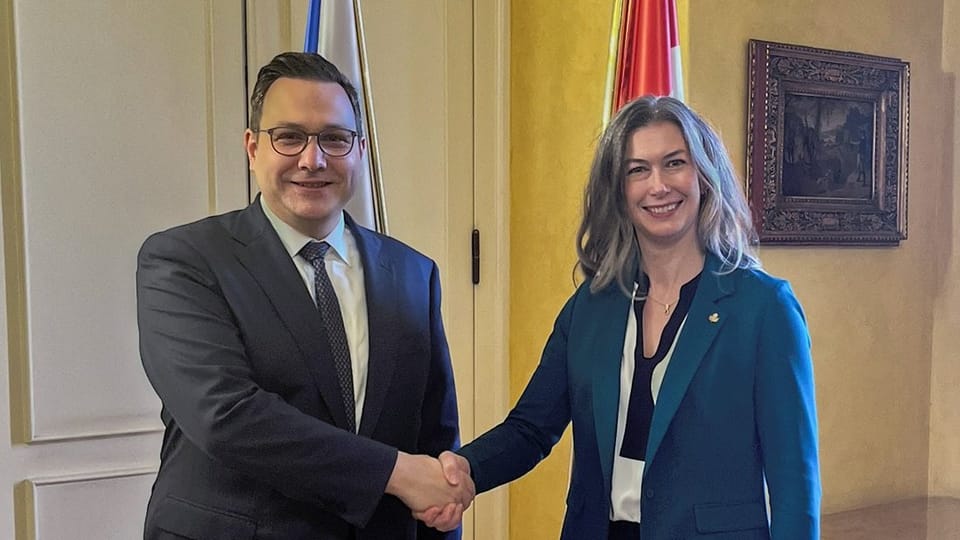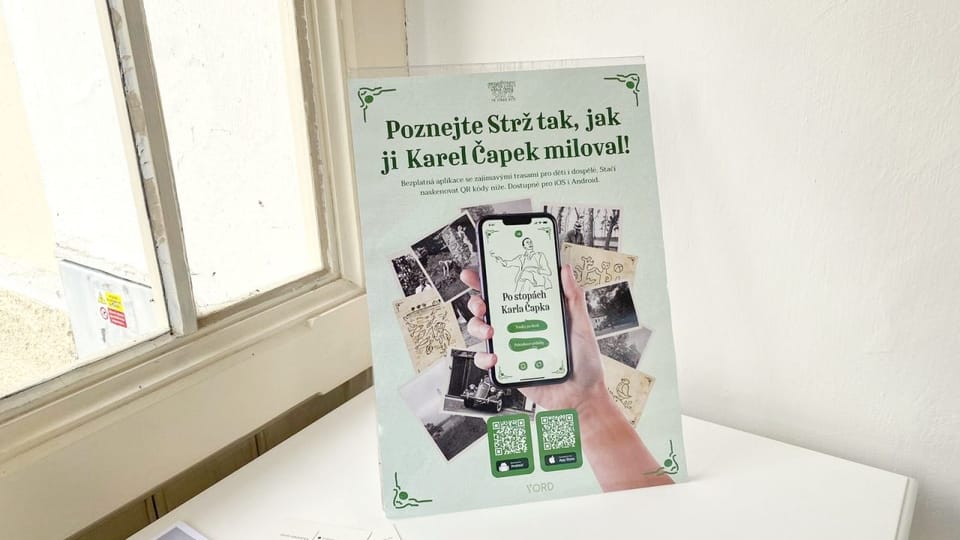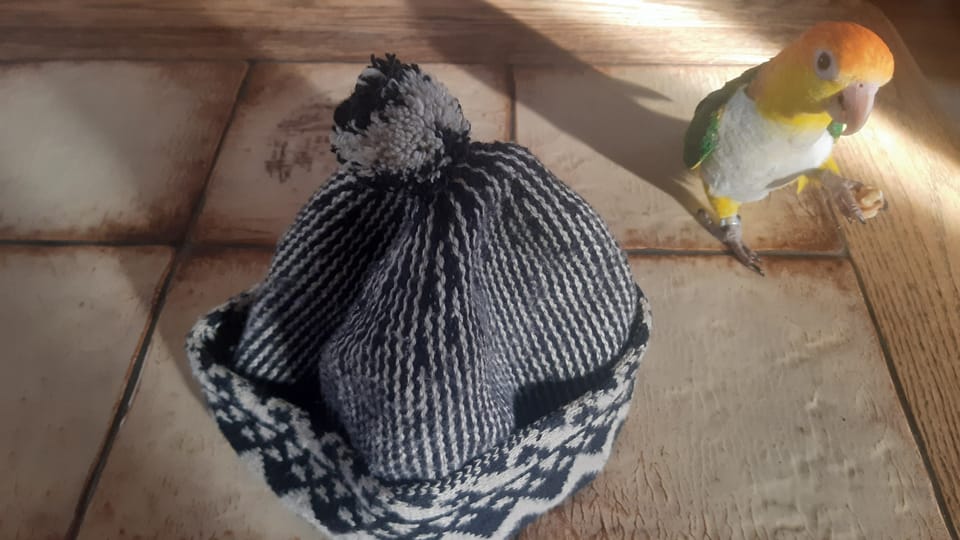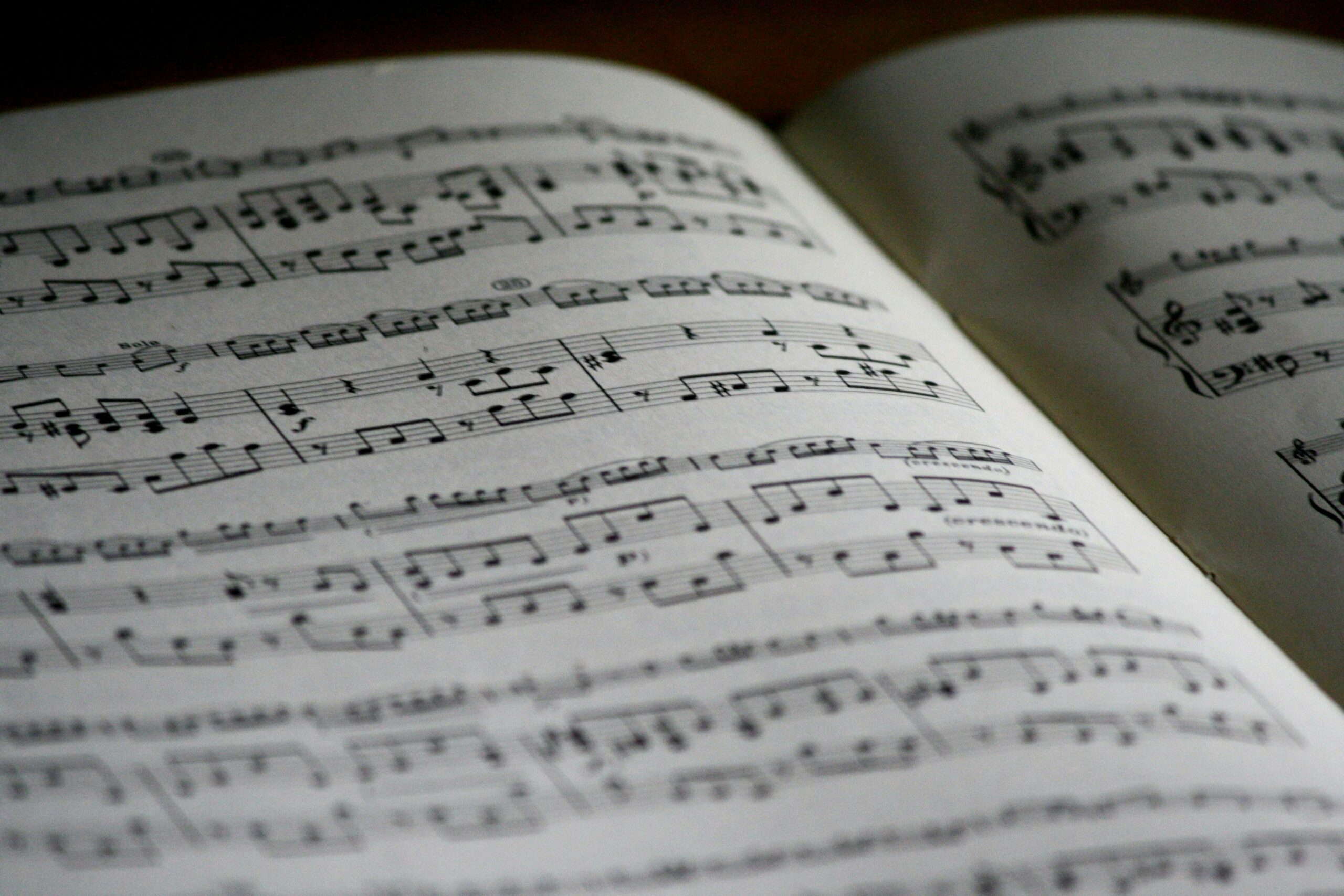
Classical music is one of the priority topics of the Czech Tourism Office – CzechTourism within the framework of cultural tourism, also in connection with the Year of Czech Music. This year’s edition, with the magic four at the end, will offer a unique opportunity to make the Czech Republic visible all over the world in this area. CzechTourism has prepared a whole range of activities through which it will present our country to the world as a musical powerhouse.
Classical music is a relatively specific segment and is currently among those in which there is considerable interest from tourists all over the world. The so-called “niche” tourism is developing more and more, i.e. tourism in which visitors focus on a certain “niche” and really specific topic. They want to learn as much as possible about it and “experience” it as authentically as possible. This is typical for classical music, often associated with a creditworthy clientele aged 50+.
“Music is an integral part of our lives in various forms. It can calm, encourage, make you stop, but at the same time it has a significant impact on tourism. Last year, for example, more than three hundred concerts and several hundred accompanying events took place within the twelve most important classical music festivals. Over 155,300 people went to them for a musical experience. And that is a really significant number. Guests from all over the world come to the places where musical events are held, and in the case of the big ones, such as the Prague Spring, the financial effects are in the order of tens of millions of crowns. In other words, it is an unmissable part of tourism,” presented by František Reismüller, director of the Czech Tourism Office – CzechTourism .
The Czech Republic may be a small country, but in the field of classical music it is one of the world’s great powers. Whether it is musical traditions, the number of world-renowned and recognized composers and performers, or festivals and concerts of classical music. Adherents of this genre all over the world know that when a Petrof or Amati brand appears somewhere, they can look forward to musical instruments of the highest quality.
“The celebrations of the Year of Czech Music are joined by festivals across the republic and the calendar year. They remind us of Czech music not only through the creators of the 19th century, but also contemporary composers and performers who spread the good name of the Czech Republic abroad,” says the president of the Association of Music Festivals and director of the Prague Spring festival Pavel Trojan, adding: “Prague Spring invited the Berlin Philharmonic, to perform Smetana’s My Homeland at the opening concert. At the same time, the Orchester Philharmonique de Radio France will perform at the festival to present the world premiere of a piece by contemporary composer Kryštof Mařatka, who works in the Czech Republic and France. For example, Dvořák’s Prague is planning an open-air concert, where the combined orchestras of the Czech Philharmonic and the Bamber Symphony will underline the symbolism that Gustav Mahler, as a Czech native, rightfully belongs to the celebrations of the Year of Czech Music. The Krumlov Festival notes the musical connections between Smetana and the Austrian composer Anton Bruckner, who is also celebrating his 200th birthday. They also emphasize women as composers in their program. The Pilsen Festival Smetanovské dny comes with the unique project Smetanomania, within the framework of which a complete performance of Bedřich Smetana’s piano work will take place over three days. The Litomyšl Smetanova Festival will perform, among other things, all the operas of its most famous native in a single year, and the celebrations of the bicentenary of Smetana’s birth resonate inventively throughout the entire program. The offer of Czech festivals is really rich – so I recommend visiting the website of the Association of Music Festivals of the Czech Republic and viewing the programs of all festivals.”
And it is music in the heart of Europe that those interested will be able to fully enjoy as part of the already mentioned Year of Czech Music , which will be carried in the spirit of the main message: “Music is us”. In addition to classical music, it will also offer other genres: from folk music to jazz to alternative. Top art programs, discovery efforts, exhibitions, theaters and events for the wider public and upcoming generations represent just a small taste of everything this year brings.
“One such year of four started the tradition of celebrating the Year of Czech Music a hundred years ago. This happened on the occasion of the centenary of the birth of Bedřich Smetana. The theme of Smetana’s time was the search for a Czech identity in a rapidly developing world. The same theme remains relevant even today, when 200 years have passed since his birth. Bedřich Smetana contributed to this discussion with a language that is still comprehensible to the whole world,” sums up the Year of Czech Music 2024 project, its creative director Aleš Březina .
“East Bohemian Litomyšl significantly influenced the artistic journey of Bedřich Smetana . Every year, the city hosts the international and at the same time the second largest classical music festival in the Czech Republic, Smetanova Litomyšl. The atmosphere of the event is enhanced by the exceptional locations of Litomyšl, whose castle complex is on the UNESCO cultural heritage list . And this year’s program will be record long, despite the ongoing reconstruction of the castle. Lovers of classical music and a romantic environment can look forward not only to an attractive program in the main festival hall, but also in other places with a unique atmosphere, such as the Piarist Church of the Finding of St. Kříže, in the castle stables, in Smetana’s house or at the nearby Nové Hrady castle. In recent years, open-air concerts in the Monastery Gardens have also gained great popularity,” adds Alena Horáková, director of the East Bohemia Destination Company .
The year 2024 will also bring a whole range of innovations in the field of classical music. One of the biggest attractions is the opening of Antonín Dvořák’s Birthplace in Nelahozevs , which is owned by the House of Lobkowicz. The exhibition will be open to the public from 1 May 2024. At the beginning of September, the entire area will be opened to the public ceremonially as part of the Dvořák Nelahozeves event. In addition to the museum, Dvořák’s birthplace will also become a place of inspiration, creativity and knowledge, where various workshops and educational programs will take place.
Cultural tourism is one of the fastest growing segments of tourism. According to the World Tourism Organization (UN Tourism), it accounts for 40% of tourism. In the Czech Republic, this is a particularly important area, because in the context of cultural heritage, an average of 40% of foreign guests visit the country in the heart of Europe. The most are French (43%), British and American (42%), Russians (40%), Germans (36%) and Austrians (35%). For many of them, classical music festivals are the biggest attraction.
CzechTourism is planning a series of activities this year. Their goal is to emphasize the role of the Czech Republic as the right destination for classical music. Whether it is the mentioned festivals and concerts or monuments and educational trails connected with important Czech musical composers. It will also focus on world music personalities, such as WA Mozart, who left a lasting mark on the Czech lands. The agency prepares individual activities both independently and in cooperation with partners such as Czech Centers, the Czech Philharmonic and Prague Spring. The range of events will be very varied – from a trip for Korean or Japanese influencers to an online campaign aimed at the Taiwanese market.
“Within Europe, we are preparing a presentation of the Czech musical heritage during the prestigious Finnish Savonlinna Opera Festival, at which the National Theater Opera will host the entire week. Our representatives will also participate in the event and present the Czech Republic to Northern European music lovers as a real and attractive destination where classical music really lives. In addition, we will also support the Year of Czech Music through a press trip, in which we will focus not only on the music itself, but also on world-famous composers. Last but not least, we are counting on the launch of campaigns aimed at Finnish classical music fans,” lists the director of CzechTourism’s foreign representation in Scandinavia, Lucie Vallin.
Continuously updated information about classical music, music festivals and early music festivals , but also about theater , museums and galleries or traditional crafts , simply about culture as such, is available on the Kudy z nudy tourist portal . People can find there, among other things, a calendar of events , but also partial directions, in Czech. In English, information about the beauties of the Czech Republic is available on the Visit Czechia.com portal . Part of this CzechTourism website intended for foreign tourists is the culture and entertainment section made up of subsections such as museums and galleries , theater and music or design and iconic Czech brands . There are also invitations to cultural events or information about world-famous domestic music composers.
“In order to cater even more to foreign people interested in classical music, during April this year we will launch a new website in 14 languages, where they will find practical information not only about this musical genre, but also about jazz,” concludes the Cultural Tourism Manager of the Czech Tourism Office – CzechTourism Jana Humpolíková .
“East Bohemian Litomyšl significantly influenced the artistic journey of Bedřich Smetana . Every year, the city hosts the international and at the same time the second largest classical music festival in the Czech Republic, Smetanova Litomyšl. The atmosphere of the event is enhanced by the exceptional locations of Litomyšl, whose castle complex is on the UNESCO cultural heritage list . And this year’s program will be record long, despite the ongoing reconstruction of the castle. Lovers of classical music and a romantic environment can look forward not only to an attractive program in the main festival hall, but also in other places with a unique atmosphere, such as the Piarist Church of the Finding of St. Kříže, in the castle stables, in Smetana’s house or at the nearby Nové Hrady castle. In recent years, open-air concerts in the Monastery Gardens have also gained great popularity,” adds Alena Horáková, director of the East Bohemia Destination Company .
The year 2024 will also bring a whole range of innovations in the field of classical music. One of the biggest attractions is the opening of Antonín Dvořák’s Birthplace in Nelahozevs , which is owned by the House of Lobkowicz. The exhibition will be open to the public from 1 May 2024. At the beginning of September, the entire area will be opened to the public ceremonially as part of the Dvořák Nelahozeves event. In addition to the museum, Dvořák’s birthplace will also become a place of inspiration, creativity and knowledge, where various workshops and educational programs will take place.
Cultural tourism is one of the fastest growing segments of tourism. According to the World Tourism Organization (UN Tourism), it accounts for 40% of tourism. In the Czech Republic, this is a particularly important area, because in the context of cultural heritage, an average of 40% of foreign guests visit the country in the heart of Europe. The most are French (43%), British and American (42%), Russians (40%), Germans (36%) and Austrians (35%). For many of them, classical music festivals are the biggest attraction.
CzechTourism is planning a series of activities this year. Their goal is to emphasize the role of the Czech Republic as the right destination for classical music. Whether it is the mentioned festivals and concerts or monuments and educational trails connected with important Czech musical composers. It will also focus on world music personalities, such as WA Mozart, who left a lasting mark on the Czech lands. The agency prepares individual activities both independently and in cooperation with partners such as Czech Centers, the Czech Philharmonic and Prague Spring. The range of events will be very varied – from a trip for Korean or Japanese influencers to an online campaign aimed at the Taiwanese market.
“Within Europe, we are preparing a presentation of the Czech musical heritage during the prestigious Finnish Savonlinna Opera Festival, at which the National Theater Opera will host the entire week. Our representatives will also participate in the event and present the Czech Republic to Northern European music lovers as a real and attractive destination where classical music really lives. In addition, we will also support the Year of Czech Music through a press trip, in which we will focus not only on the music itself, but also on world-famous composers. Last but not least, we are counting on the launch of campaigns aimed at Finnish classical music fans,” lists the director of CzechTourism’s foreign representation in Scandinavia, Lucie Vallin.
Continuously updated information about classical music, music festivals and early music festivals , but also about theater , museums and galleries or traditional crafts , simply about culture as such, is available on the Kudy z nudy tourist portal . People can find there, among other things, a calendar of events , but also partial directions, in Czech. In English, information about the beauties of the Czech Republic is available on the Visit Czechia.com portal . Part of this CzechTourism website intended for foreign tourists is the culture and entertainment section made up of subsections such as museums and galleries , theater and music or design and iconic Czech brands . There are also invitations to cultural events or information about world-famous domestic music composers.
“In order to cater even more to foreign people interested in classical music, during April this year we will launch a new website in 14 languages, where they will find practical information not only about this musical genre, but also about jazz,” concludes the Cultural Tourism Manager of the Czech Tourism Office – CzechTourism Jana Humpolíková .
